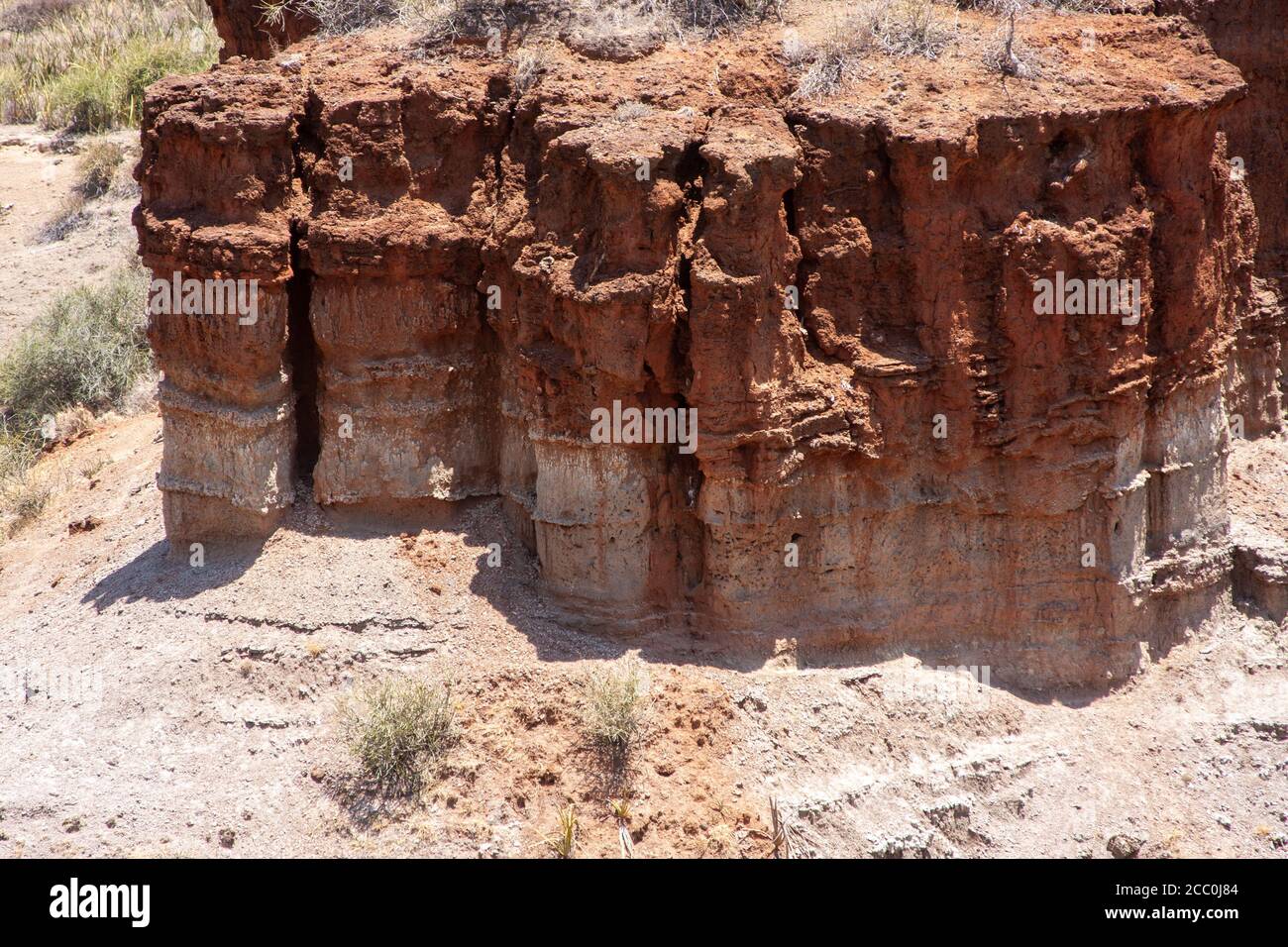Quick filters:
Paleoanthropological Stock Photos and Images
 Skull bones of Piltdown Man. The Piltdown Man was a paleoanthropological fraud in which bone fragments were presented as the fossilised remains of a previously unknown early human. Stock Photohttps://www.alamy.com/image-license-details/?v=1https://www.alamy.com/skull-bones-of-piltdown-man-the-piltdown-man-was-a-paleoanthropological-fraud-in-which-bone-fragments-were-presented-as-the-fossilised-remains-of-a-previously-unknown-early-human-image482102866.html
Skull bones of Piltdown Man. The Piltdown Man was a paleoanthropological fraud in which bone fragments were presented as the fossilised remains of a previously unknown early human. Stock Photohttps://www.alamy.com/image-license-details/?v=1https://www.alamy.com/skull-bones-of-piltdown-man-the-piltdown-man-was-a-paleoanthropological-fraud-in-which-bone-fragments-were-presented-as-the-fossilised-remains-of-a-previously-unknown-early-human-image482102866.htmlRM2K09K3E–Skull bones of Piltdown Man. The Piltdown Man was a paleoanthropological fraud in which bone fragments were presented as the fossilised remains of a previously unknown early human.
 Piltdown Man. Group portrait of the Piltdown skull being examined. Back row (from left): F. O. Barlow, G. Elliot Smith, Charles Dawson, Arthur Smith Woodward. Front row: A. S. Underwood, Arthur Keith, W. P. Pycraft, and Ray Lankester. Painting by John Cooke, 1915. Stock Photohttps://www.alamy.com/image-license-details/?v=1https://www.alamy.com/piltdown-man-group-portrait-of-the-piltdown-skull-being-examined-back-row-from-left-f-o-barlow-g-elliot-smith-charles-dawson-arthur-smith-woodward-front-row-a-s-underwood-arthur-keith-w-p-pycraft-and-ray-lankester-painting-by-john-cooke-1915-image622424820.html
Piltdown Man. Group portrait of the Piltdown skull being examined. Back row (from left): F. O. Barlow, G. Elliot Smith, Charles Dawson, Arthur Smith Woodward. Front row: A. S. Underwood, Arthur Keith, W. P. Pycraft, and Ray Lankester. Painting by John Cooke, 1915. Stock Photohttps://www.alamy.com/image-license-details/?v=1https://www.alamy.com/piltdown-man-group-portrait-of-the-piltdown-skull-being-examined-back-row-from-left-f-o-barlow-g-elliot-smith-charles-dawson-arthur-smith-woodward-front-row-a-s-underwood-arthur-keith-w-p-pycraft-and-ray-lankester-painting-by-john-cooke-1915-image622424820.htmlRM2Y4HW5T–Piltdown Man. Group portrait of the Piltdown skull being examined. Back row (from left): F. O. Barlow, G. Elliot Smith, Charles Dawson, Arthur Smith Woodward. Front row: A. S. Underwood, Arthur Keith, W. P. Pycraft, and Ray Lankester. Painting by John Cooke, 1915.
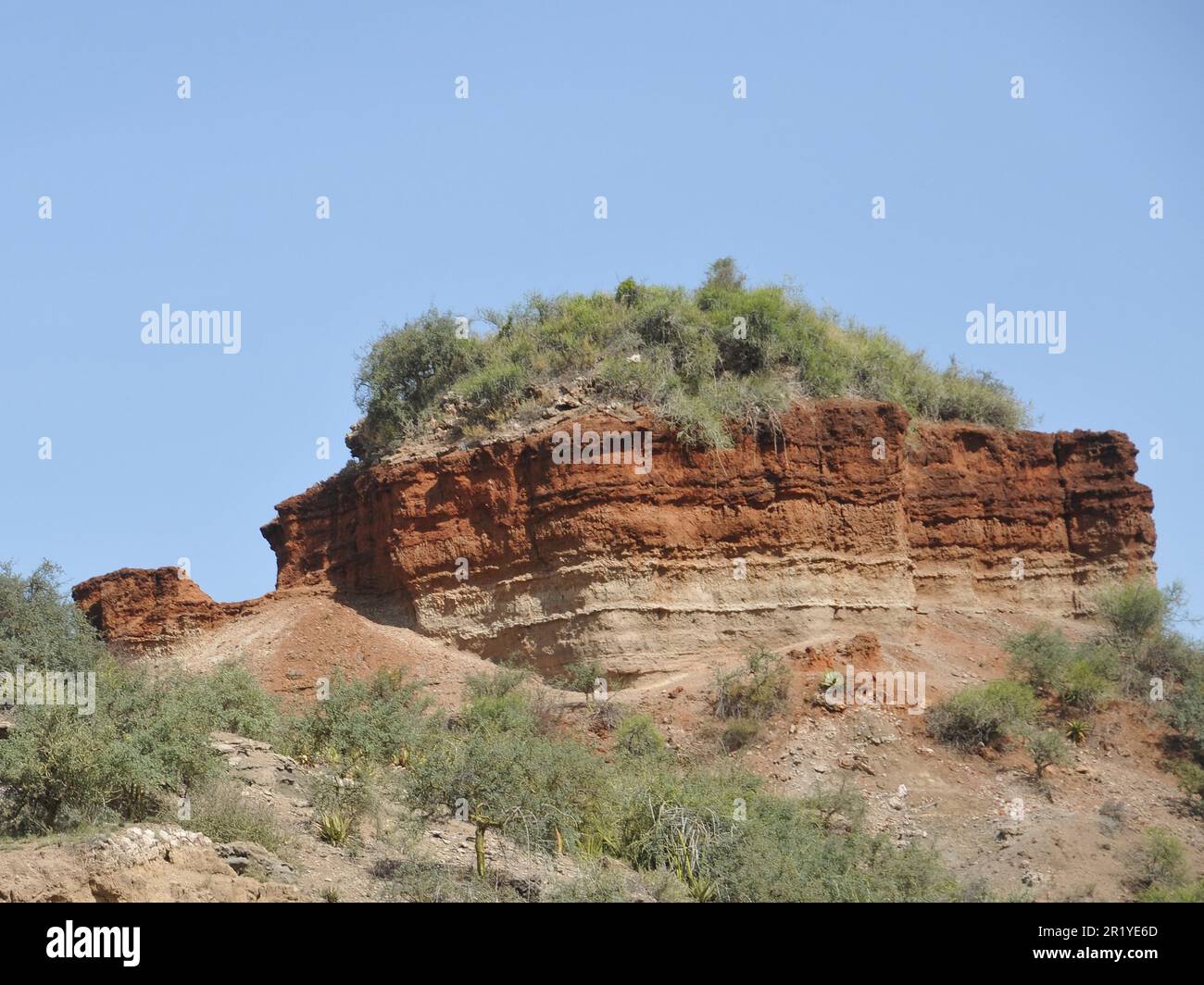 The Olduvai Gorge or Oldupai Gorge in Tanzania is one of the most important paleoanthropological localities in the world; the many sites exposed by th Stock Photohttps://www.alamy.com/image-license-details/?v=1https://www.alamy.com/the-olduvai-gorge-or-oldupai-gorge-in-tanzania-is-one-of-the-most-important-paleoanthropological-localities-in-the-world-the-many-sites-exposed-by-th-image551950293.html
The Olduvai Gorge or Oldupai Gorge in Tanzania is one of the most important paleoanthropological localities in the world; the many sites exposed by th Stock Photohttps://www.alamy.com/image-license-details/?v=1https://www.alamy.com/the-olduvai-gorge-or-oldupai-gorge-in-tanzania-is-one-of-the-most-important-paleoanthropological-localities-in-the-world-the-many-sites-exposed-by-th-image551950293.htmlRM2R1YE6D–The Olduvai Gorge or Oldupai Gorge in Tanzania is one of the most important paleoanthropological localities in the world; the many sites exposed by th
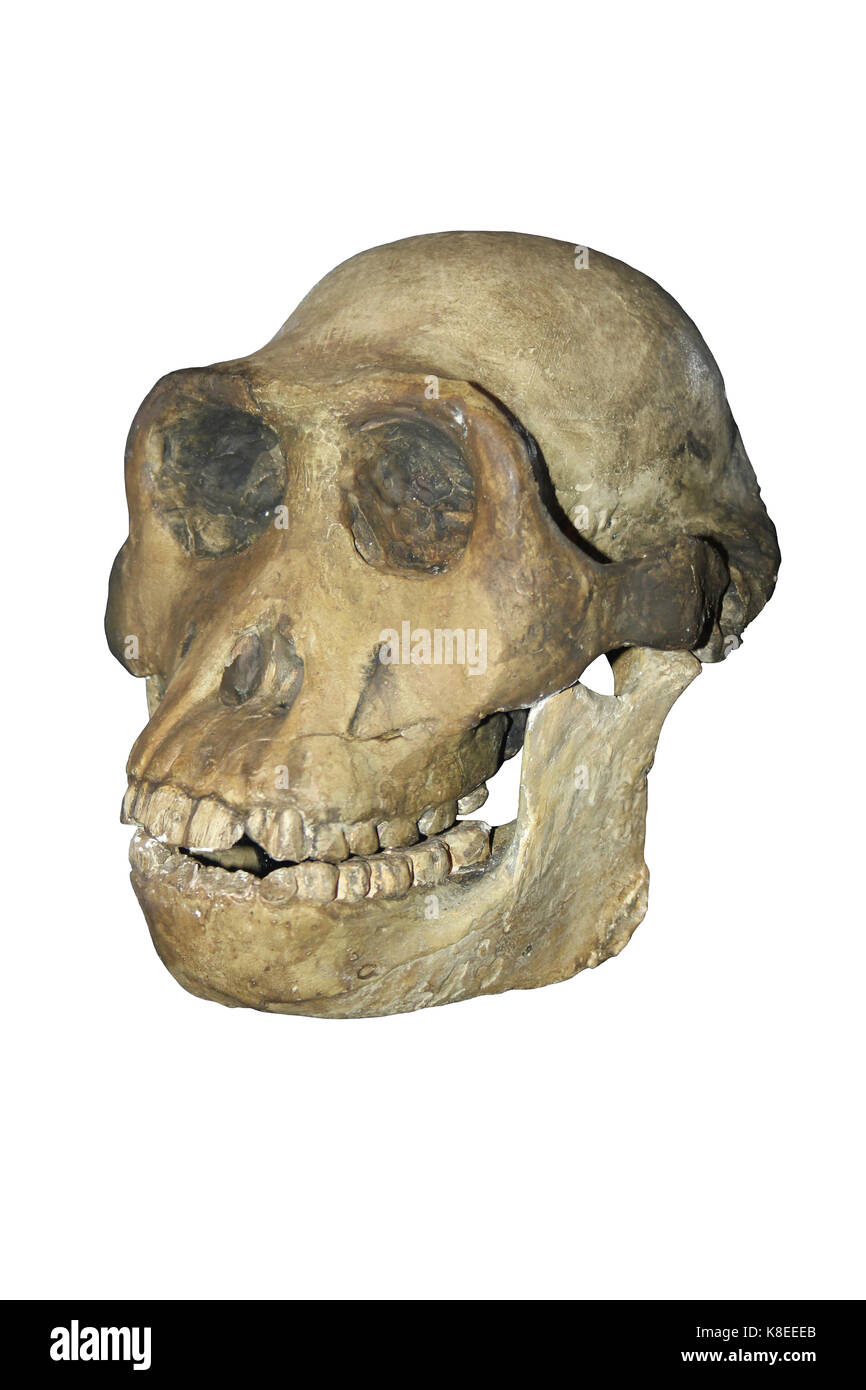 Nutcracker Man Australopithecus boisei Skull Stock Photohttps://www.alamy.com/image-license-details/?v=1https://www.alamy.com/stock-image-nutcracker-man-australopithecus-boisei-skull-160129267.html
Nutcracker Man Australopithecus boisei Skull Stock Photohttps://www.alamy.com/image-license-details/?v=1https://www.alamy.com/stock-image-nutcracker-man-australopithecus-boisei-skull-160129267.htmlRMK8EEEB–Nutcracker Man Australopithecus boisei Skull
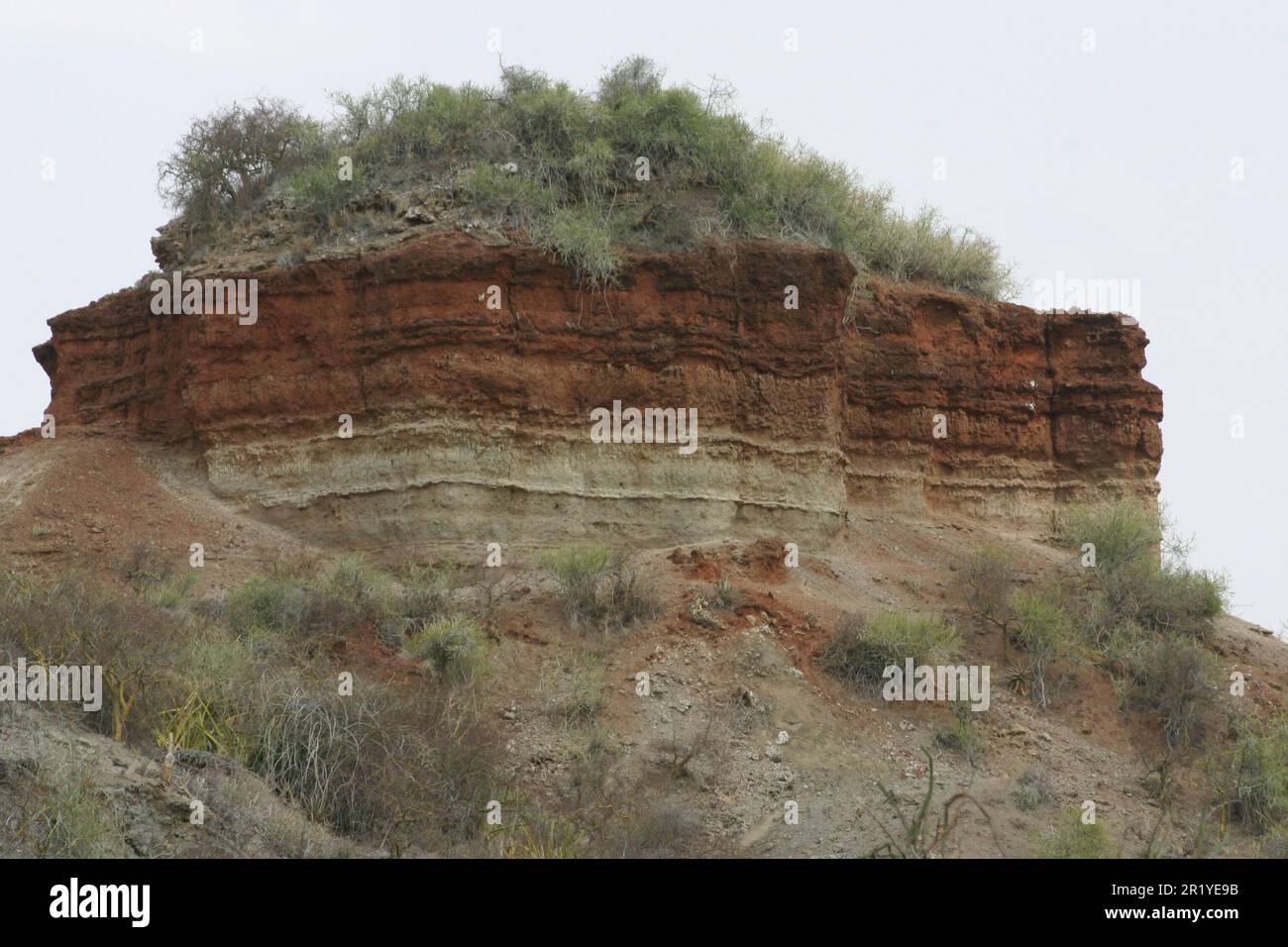 The Olduvai Gorge or Oldupai Gorge in Tanzania is one of the most important paleoanthropological localities in the world; the many sites exposed by th Stock Photohttps://www.alamy.com/image-license-details/?v=1https://www.alamy.com/the-olduvai-gorge-or-oldupai-gorge-in-tanzania-is-one-of-the-most-important-paleoanthropological-localities-in-the-world-the-many-sites-exposed-by-th-image551950375.html
The Olduvai Gorge or Oldupai Gorge in Tanzania is one of the most important paleoanthropological localities in the world; the many sites exposed by th Stock Photohttps://www.alamy.com/image-license-details/?v=1https://www.alamy.com/the-olduvai-gorge-or-oldupai-gorge-in-tanzania-is-one-of-the-most-important-paleoanthropological-localities-in-the-world-the-many-sites-exposed-by-th-image551950375.htmlRM2R1YE9B–The Olduvai Gorge or Oldupai Gorge in Tanzania is one of the most important paleoanthropological localities in the world; the many sites exposed by th
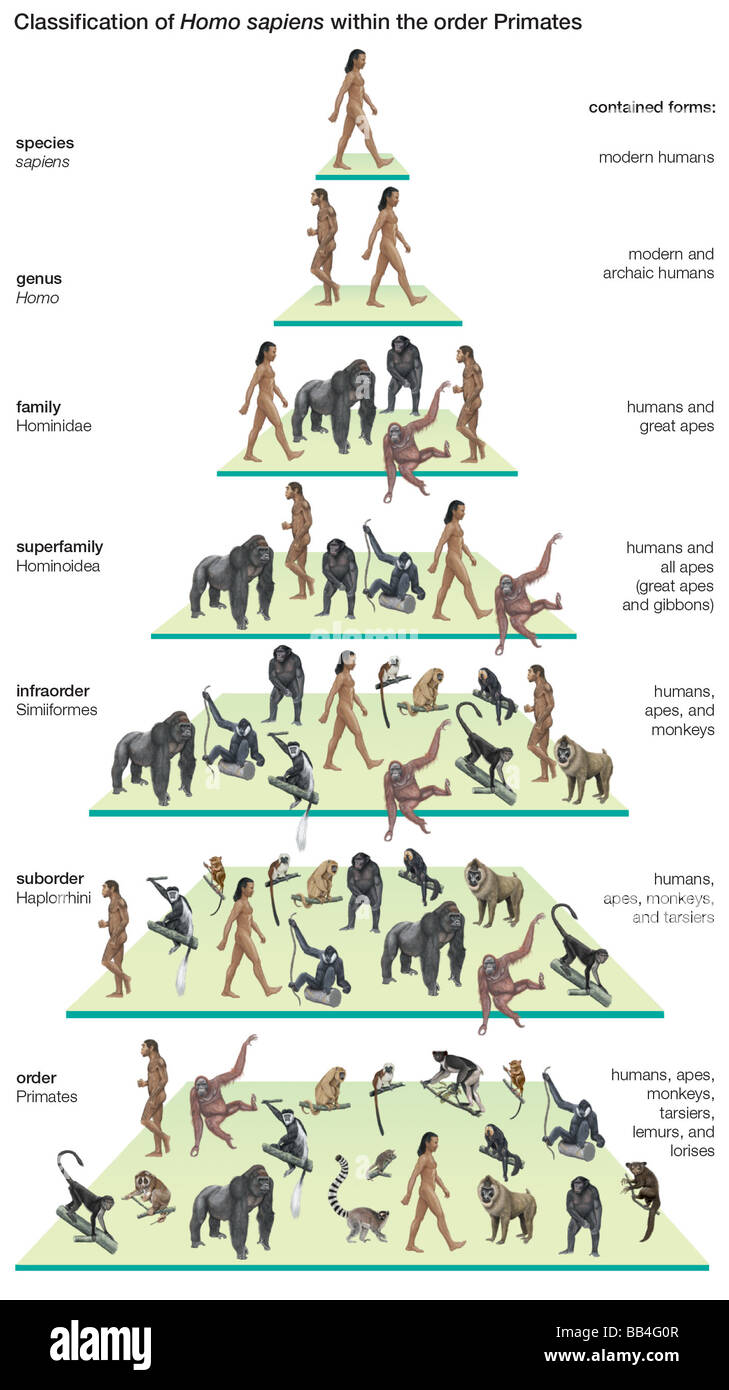 Classification tree of the species Homo sapiens (modern humans) within the order Primates. Stock Photohttps://www.alamy.com/image-license-details/?v=1https://www.alamy.com/stock-photo-classification-tree-of-the-species-homo-sapiens-modern-humans-within-24071959.html
Classification tree of the species Homo sapiens (modern humans) within the order Primates. Stock Photohttps://www.alamy.com/image-license-details/?v=1https://www.alamy.com/stock-photo-classification-tree-of-the-species-homo-sapiens-modern-humans-within-24071959.htmlRMBB4G0R–Classification tree of the species Homo sapiens (modern humans) within the order Primates.
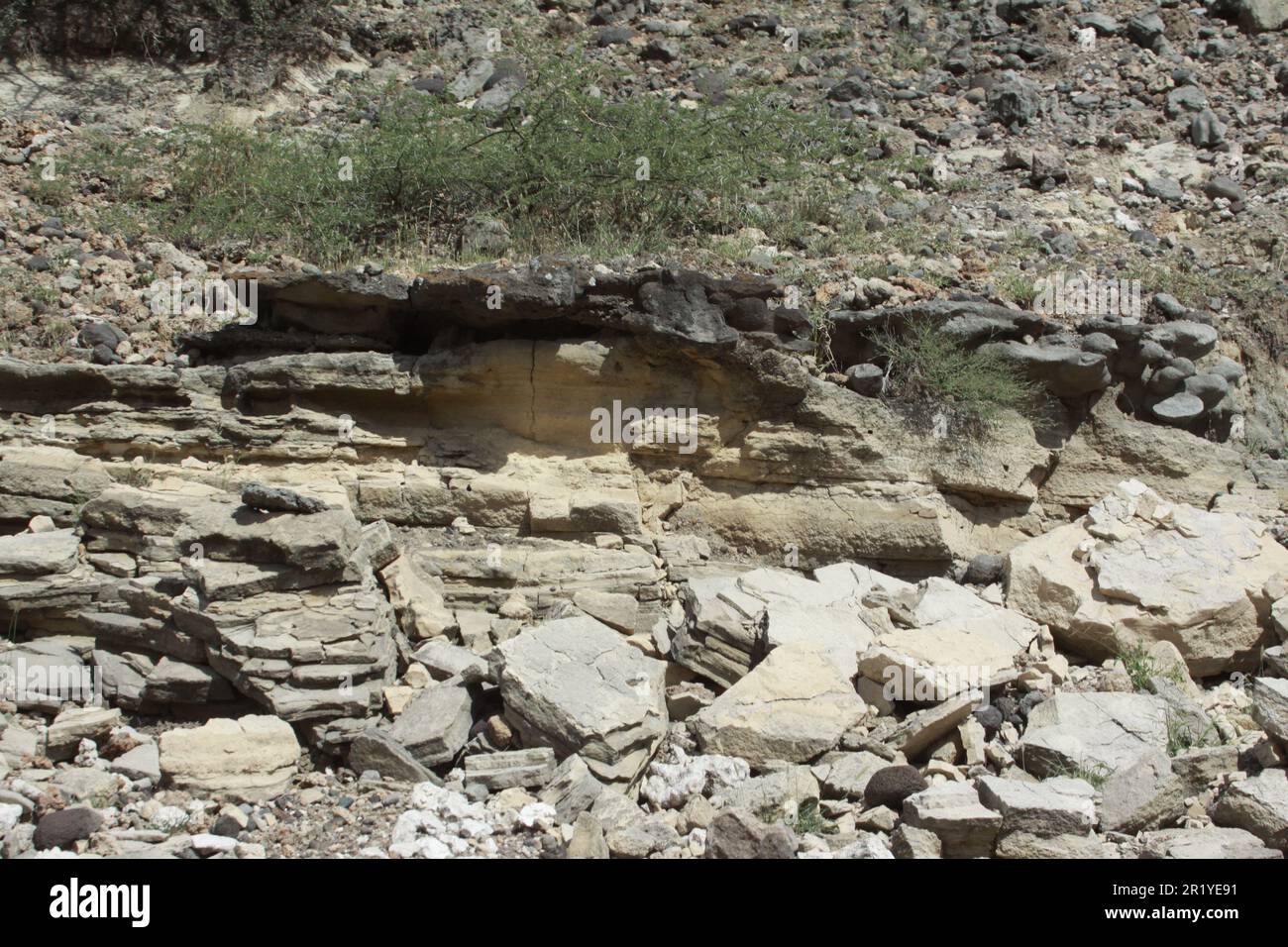 The Olduvai Gorge or Oldupai Gorge in Tanzania is one of the most important paleoanthropological localities in the world; the many sites exposed by th Stock Photohttps://www.alamy.com/image-license-details/?v=1https://www.alamy.com/the-olduvai-gorge-or-oldupai-gorge-in-tanzania-is-one-of-the-most-important-paleoanthropological-localities-in-the-world-the-many-sites-exposed-by-th-image551950365.html
The Olduvai Gorge or Oldupai Gorge in Tanzania is one of the most important paleoanthropological localities in the world; the many sites exposed by th Stock Photohttps://www.alamy.com/image-license-details/?v=1https://www.alamy.com/the-olduvai-gorge-or-oldupai-gorge-in-tanzania-is-one-of-the-most-important-paleoanthropological-localities-in-the-world-the-many-sites-exposed-by-th-image551950365.htmlRM2R1YE91–The Olduvai Gorge or Oldupai Gorge in Tanzania is one of the most important paleoanthropological localities in the world; the many sites exposed by th
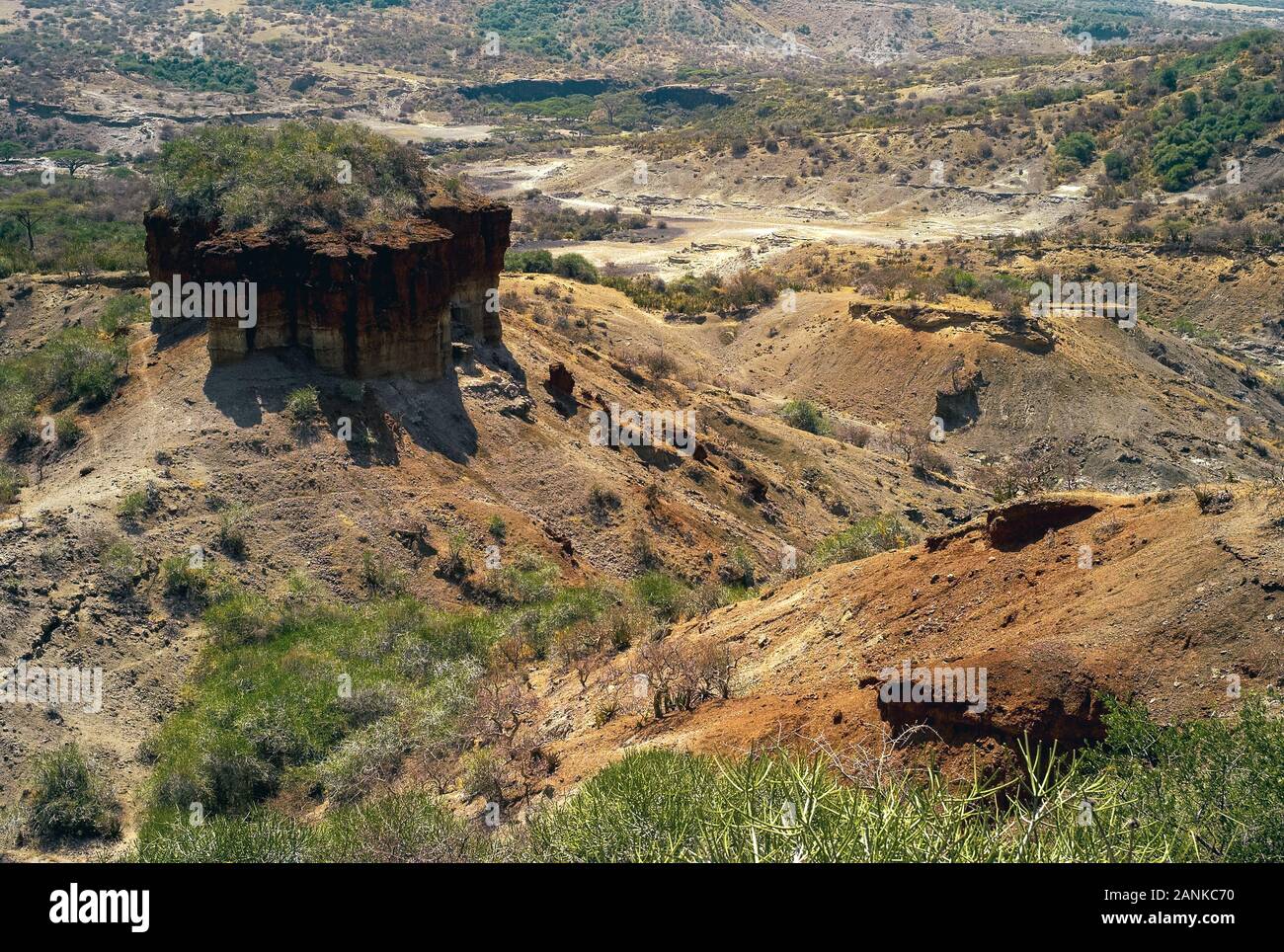 Olduvai Gorge Scenic View in the Great Rift Valley, Tanzania, East Africa. An Important Paleoanthropological Site. Stock Photohttps://www.alamy.com/image-license-details/?v=1https://www.alamy.com/olduvai-gorge-scenic-view-in-the-great-rift-valley-tanzania-east-africa-an-important-paleoanthropological-site-image340331460.html
Olduvai Gorge Scenic View in the Great Rift Valley, Tanzania, East Africa. An Important Paleoanthropological Site. Stock Photohttps://www.alamy.com/image-license-details/?v=1https://www.alamy.com/olduvai-gorge-scenic-view-in-the-great-rift-valley-tanzania-east-africa-an-important-paleoanthropological-site-image340331460.htmlRF2ANKC70–Olduvai Gorge Scenic View in the Great Rift Valley, Tanzania, East Africa. An Important Paleoanthropological Site.
 (151124) -- XI'AN, Nov. 24, 2015 (Xinhua) -- Researcher Wang Shejiang from Institute of Vertebrate Paleontology and Paleoanthropology of China Academy of Sciences works at the excavation site of the Paleolithic site at the ruins of the Longgang Temple paleoanthropological site in Hanzhong City, north China's Shaanxi Province, Nov. 24, 2015. Archeologists from Institute of Vertebrate Paleontology and Paleoanthropology of China Academy of Sciences and Shaanxi Archaeological Institute have found traces of human activities dating back to over one million years ago at the Longgang Temple Ruins. The Stock Photohttps://www.alamy.com/image-license-details/?v=1https://www.alamy.com/stock-photo-151124-xian-nov-24-2015-xinhua-researcher-wang-shejiang-from-institute-90419621.html
(151124) -- XI'AN, Nov. 24, 2015 (Xinhua) -- Researcher Wang Shejiang from Institute of Vertebrate Paleontology and Paleoanthropology of China Academy of Sciences works at the excavation site of the Paleolithic site at the ruins of the Longgang Temple paleoanthropological site in Hanzhong City, north China's Shaanxi Province, Nov. 24, 2015. Archeologists from Institute of Vertebrate Paleontology and Paleoanthropology of China Academy of Sciences and Shaanxi Archaeological Institute have found traces of human activities dating back to over one million years ago at the Longgang Temple Ruins. The Stock Photohttps://www.alamy.com/image-license-details/?v=1https://www.alamy.com/stock-photo-151124-xian-nov-24-2015-xinhua-researcher-wang-shejiang-from-institute-90419621.htmlRMF72Y45–(151124) -- XI'AN, Nov. 24, 2015 (Xinhua) -- Researcher Wang Shejiang from Institute of Vertebrate Paleontology and Paleoanthropology of China Academy of Sciences works at the excavation site of the Paleolithic site at the ruins of the Longgang Temple paleoanthropological site in Hanzhong City, north China's Shaanxi Province, Nov. 24, 2015. Archeologists from Institute of Vertebrate Paleontology and Paleoanthropology of China Academy of Sciences and Shaanxi Archaeological Institute have found traces of human activities dating back to over one million years ago at the Longgang Temple Ruins. The
 (151124) -- XI AN, Nov. 24, 2015 -- Archaeologists work at the excavation site of the Neolithic site at the ruins of the Longgang Temple paleoanthropological site in Hanzhong City, north China s Shaanxi Province, Nov. 24, 2015. Archeologists from Institute of Vertebrate Paleontology and Paleoanthropology of China Academy of Sciences and Shaanxi Archaeological Institute have found traces of human activities dating back to over one million years ago at the Longgang Temple Ruins. The discovery proves that the Hanshui Valley is also one of the origins of ancient Chinese civilization. The Longgang Stock Photohttps://www.alamy.com/image-license-details/?v=1https://www.alamy.com/151124-xi-an-nov-24-2015-archaeologists-work-at-the-excavation-site-of-the-neolithic-site-at-the-ruins-of-the-longgang-temple-paleoanthropological-site-in-hanzhong-city-north-china-s-shaanxi-province-nov-24-2015-archeologists-from-institute-of-vertebrate-paleontology-and-paleoanthropology-of-china-academy-of-sciences-and-shaanxi-archaeological-institute-have-found-traces-of-human-activities-dating-back-to-over-one-million-years-ago-at-the-longgang-temple-ruins-the-discovery-proves-that-the-hanshui-valley-is-also-one-of-the-origins-of-ancient-chinese-civilization-the-longgang-image563844363.html
(151124) -- XI AN, Nov. 24, 2015 -- Archaeologists work at the excavation site of the Neolithic site at the ruins of the Longgang Temple paleoanthropological site in Hanzhong City, north China s Shaanxi Province, Nov. 24, 2015. Archeologists from Institute of Vertebrate Paleontology and Paleoanthropology of China Academy of Sciences and Shaanxi Archaeological Institute have found traces of human activities dating back to over one million years ago at the Longgang Temple Ruins. The discovery proves that the Hanshui Valley is also one of the origins of ancient Chinese civilization. The Longgang Stock Photohttps://www.alamy.com/image-license-details/?v=1https://www.alamy.com/151124-xi-an-nov-24-2015-archaeologists-work-at-the-excavation-site-of-the-neolithic-site-at-the-ruins-of-the-longgang-temple-paleoanthropological-site-in-hanzhong-city-north-china-s-shaanxi-province-nov-24-2015-archeologists-from-institute-of-vertebrate-paleontology-and-paleoanthropology-of-china-academy-of-sciences-and-shaanxi-archaeological-institute-have-found-traces-of-human-activities-dating-back-to-over-one-million-years-ago-at-the-longgang-temple-ruins-the-discovery-proves-that-the-hanshui-valley-is-also-one-of-the-origins-of-ancient-chinese-civilization-the-longgang-image563844363.htmlRM2RN996K–(151124) -- XI AN, Nov. 24, 2015 -- Archaeologists work at the excavation site of the Neolithic site at the ruins of the Longgang Temple paleoanthropological site in Hanzhong City, north China s Shaanxi Province, Nov. 24, 2015. Archeologists from Institute of Vertebrate Paleontology and Paleoanthropology of China Academy of Sciences and Shaanxi Archaeological Institute have found traces of human activities dating back to over one million years ago at the Longgang Temple Ruins. The discovery proves that the Hanshui Valley is also one of the origins of ancient Chinese civilization. The Longgang
 Famous paleoanthropological site, Olduvai Gorge, in Tanzania, Africa Stock Photohttps://www.alamy.com/image-license-details/?v=1https://www.alamy.com/famous-paleoanthropological-site-olduvai-gorge-in-tanzania-africa-image454690584.html
Famous paleoanthropological site, Olduvai Gorge, in Tanzania, Africa Stock Photohttps://www.alamy.com/image-license-details/?v=1https://www.alamy.com/famous-paleoanthropological-site-olduvai-gorge-in-tanzania-africa-image454690584.htmlRF2HBMXDC–Famous paleoanthropological site, Olduvai Gorge, in Tanzania, Africa
 View of ravine Olduvai Gorge, one of the most important paleoanthropological sites in the world - the Cradle of Mankind. Great Rift Valley, Tanzania, Stock Photohttps://www.alamy.com/image-license-details/?v=1https://www.alamy.com/view-of-ravine-olduvai-gorge-one-of-the-most-important-paleoanthropological-sites-in-the-world-the-cradle-of-mankind-great-rift-valley-tanzania-image365226146.html
View of ravine Olduvai Gorge, one of the most important paleoanthropological sites in the world - the Cradle of Mankind. Great Rift Valley, Tanzania, Stock Photohttps://www.alamy.com/image-license-details/?v=1https://www.alamy.com/view-of-ravine-olduvai-gorge-one-of-the-most-important-paleoanthropological-sites-in-the-world-the-cradle-of-mankind-great-rift-valley-tanzania-image365226146.htmlRF2C65DJX–View of ravine Olduvai Gorge, one of the most important paleoanthropological sites in the world - the Cradle of Mankind. Great Rift Valley, Tanzania,
 A clay reconstruction of the face of Piltdown Man Stock Photohttps://www.alamy.com/image-license-details/?v=1https://www.alamy.com/stock-photo-a-clay-reconstruction-of-the-face-of-piltdown-man-131025192.html
A clay reconstruction of the face of Piltdown Man Stock Photohttps://www.alamy.com/image-license-details/?v=1https://www.alamy.com/stock-photo-a-clay-reconstruction-of-the-face-of-piltdown-man-131025192.htmlRMHH4KY4–A clay reconstruction of the face of Piltdown Man
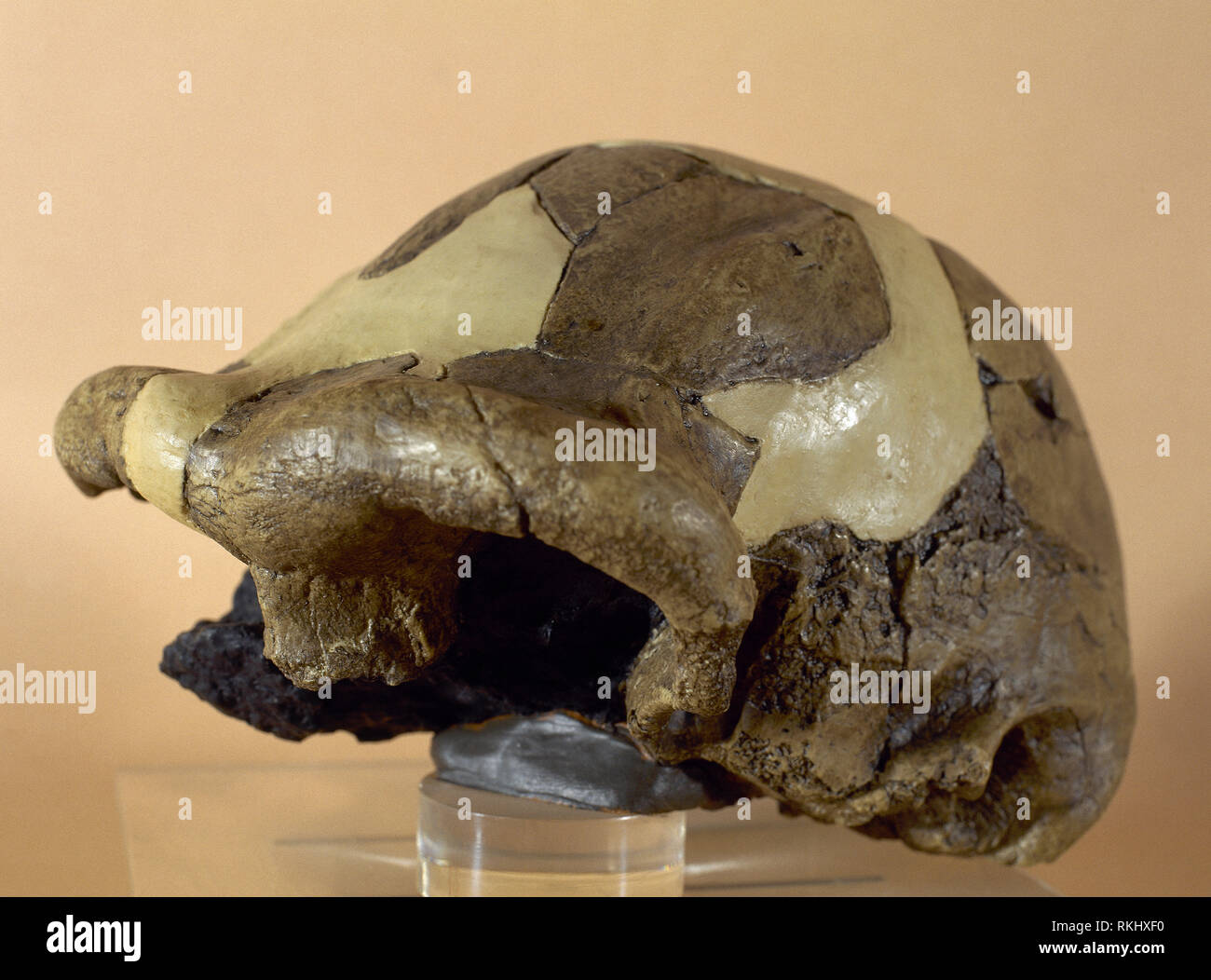 The cranium (filled in cast) of Homo erectus known as OH9 or 'Chellean Man', found at Olduvia Gorge, Tanzania, Africa, by Leakey. 1,4 millions years ago. Brain size larger than 1.000 cubic centimetres. Replica. Archaeology Museum of Catalonia, Barcelona, Catalonia, Spain. Stock Photohttps://www.alamy.com/image-license-details/?v=1https://www.alamy.com/the-cranium-filled-in-cast-of-homo-erectus-known-as-oh9-or-chellean-man-found-at-olduvia-gorge-tanzania-africa-by-leakey-14-millions-years-ago-brain-size-larger-than-1000-cubic-centimetres-replica-archaeology-museum-of-catalonia-barcelona-catalonia-spain-image235807236.html
The cranium (filled in cast) of Homo erectus known as OH9 or 'Chellean Man', found at Olduvia Gorge, Tanzania, Africa, by Leakey. 1,4 millions years ago. Brain size larger than 1.000 cubic centimetres. Replica. Archaeology Museum of Catalonia, Barcelona, Catalonia, Spain. Stock Photohttps://www.alamy.com/image-license-details/?v=1https://www.alamy.com/the-cranium-filled-in-cast-of-homo-erectus-known-as-oh9-or-chellean-man-found-at-olduvia-gorge-tanzania-africa-by-leakey-14-millions-years-ago-brain-size-larger-than-1000-cubic-centimetres-replica-archaeology-museum-of-catalonia-barcelona-catalonia-spain-image235807236.htmlRMRKHXF0–The cranium (filled in cast) of Homo erectus known as OH9 or 'Chellean Man', found at Olduvia Gorge, Tanzania, Africa, by Leakey. 1,4 millions years ago. Brain size larger than 1.000 cubic centimetres. Replica. Archaeology Museum of Catalonia, Barcelona, Catalonia, Spain.
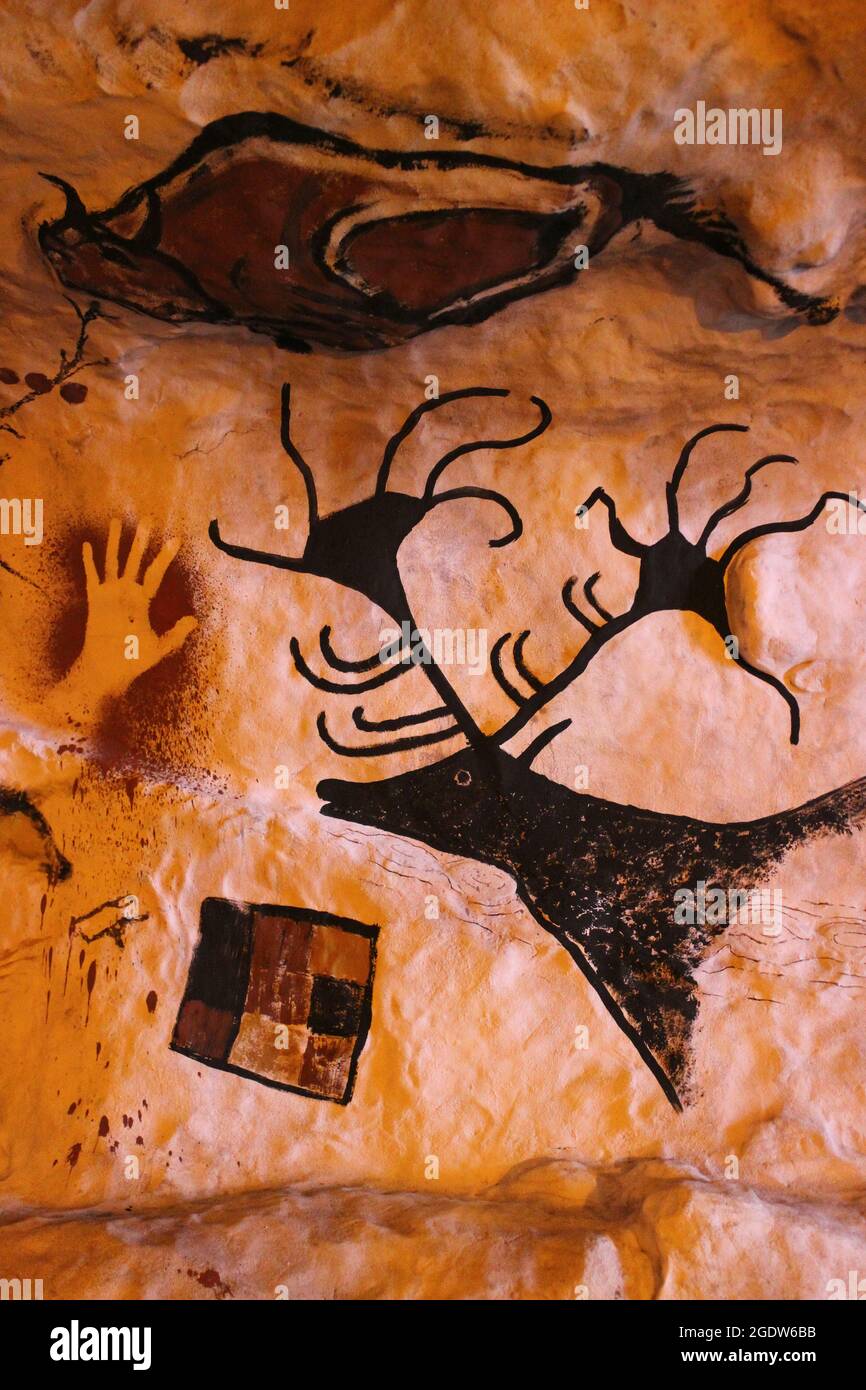 Modern Reconstruction of Prehistoric Cave With Art Depicting Animals and Hand Prints Stock Photohttps://www.alamy.com/image-license-details/?v=1https://www.alamy.com/modern-reconstruction-of-prehistoric-cave-with-art-depicting-animals-and-hand-prints-image438803551.html
Modern Reconstruction of Prehistoric Cave With Art Depicting Animals and Hand Prints Stock Photohttps://www.alamy.com/image-license-details/?v=1https://www.alamy.com/modern-reconstruction-of-prehistoric-cave-with-art-depicting-animals-and-hand-prints-image438803551.htmlRM2GDW6BB–Modern Reconstruction of Prehistoric Cave With Art Depicting Animals and Hand Prints
 Neanderthal (Homo neanderthalensis), conceptual illustration. Stock Photohttps://www.alamy.com/image-license-details/?v=1https://www.alamy.com/neanderthal-homo-neanderthalensis-conceptual-illustration-image615906924.html
Neanderthal (Homo neanderthalensis), conceptual illustration. Stock Photohttps://www.alamy.com/image-license-details/?v=1https://www.alamy.com/neanderthal-homo-neanderthalensis-conceptual-illustration-image615906924.htmlRF2XP0YFT–Neanderthal (Homo neanderthalensis), conceptual illustration.
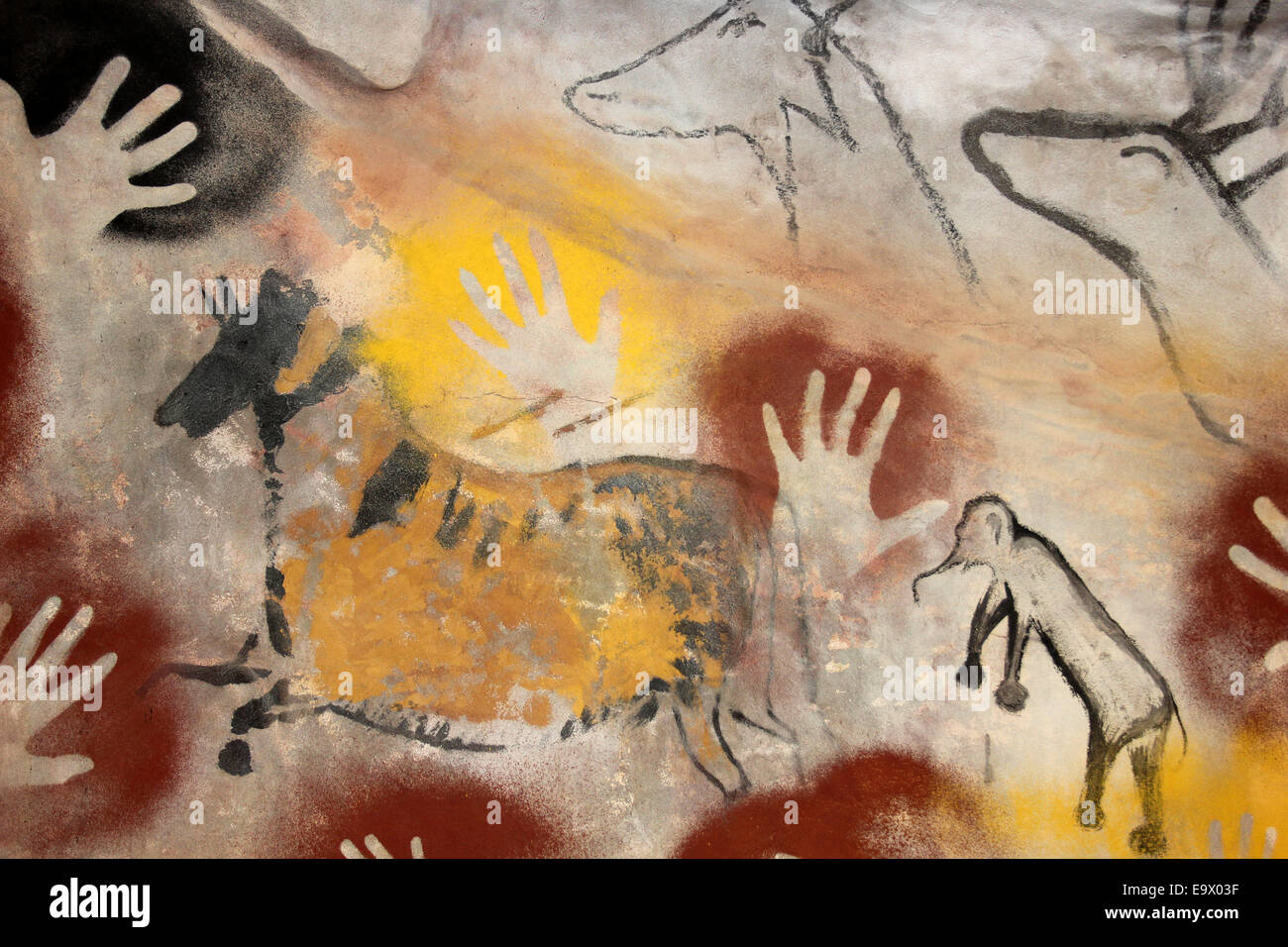 Modern Reproduction Of Cave Paintings And Hand Stencil Prints Stock Photohttps://www.alamy.com/image-license-details/?v=1https://www.alamy.com/stock-photo-modern-reproduction-of-cave-paintings-and-hand-stencil-prints-74944227.html
Modern Reproduction Of Cave Paintings And Hand Stencil Prints Stock Photohttps://www.alamy.com/image-license-details/?v=1https://www.alamy.com/stock-photo-modern-reproduction-of-cave-paintings-and-hand-stencil-prints-74944227.htmlRME9X03F–Modern Reproduction Of Cave Paintings And Hand Stencil Prints
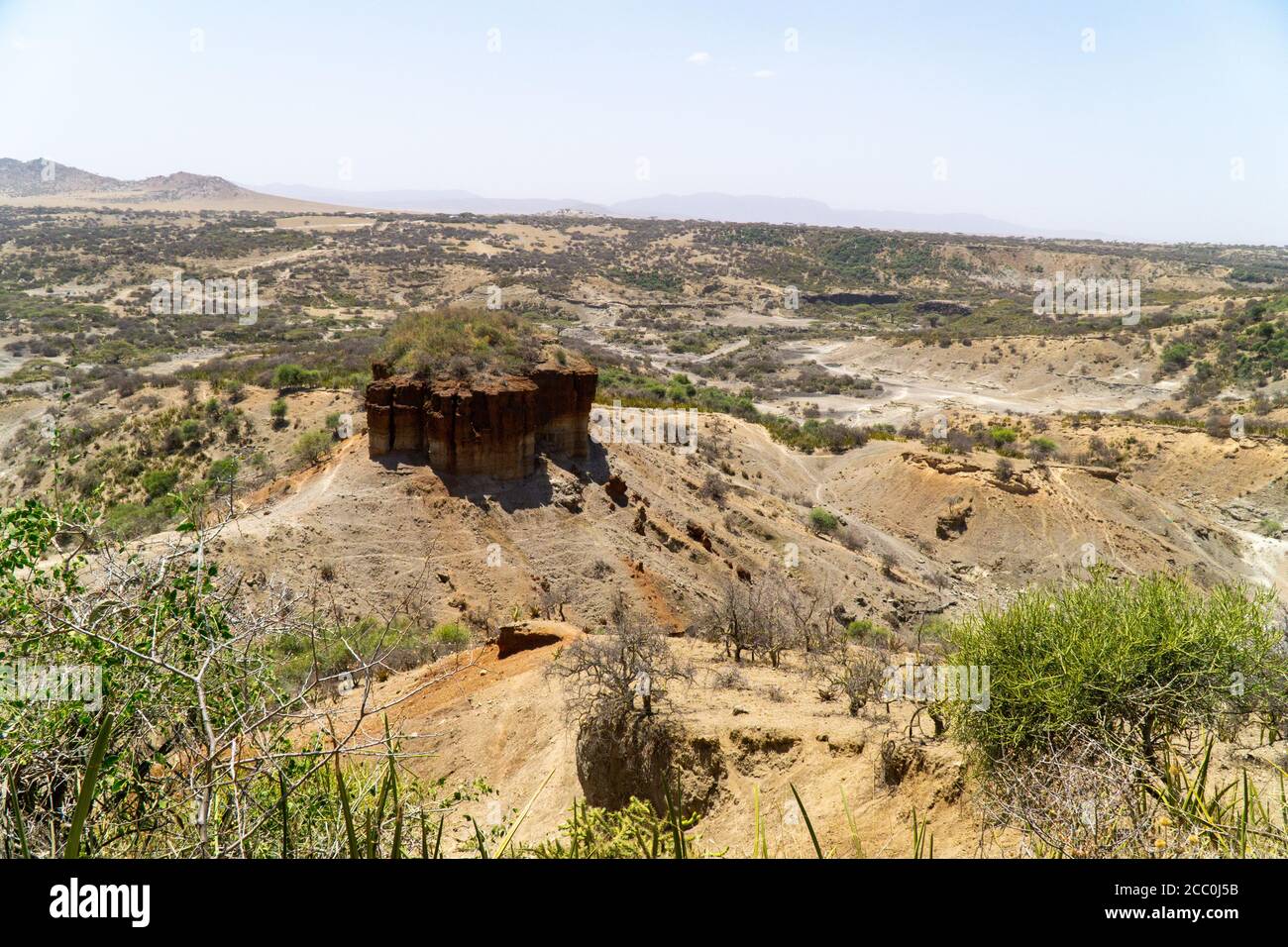 Olduvai Gorge Tanzania Stock Photohttps://www.alamy.com/image-license-details/?v=1https://www.alamy.com/olduvai-gorge-tanzania-image368807863.html
Olduvai Gorge Tanzania Stock Photohttps://www.alamy.com/image-license-details/?v=1https://www.alamy.com/olduvai-gorge-tanzania-image368807863.htmlRF2CC0J5B–Olduvai Gorge Tanzania
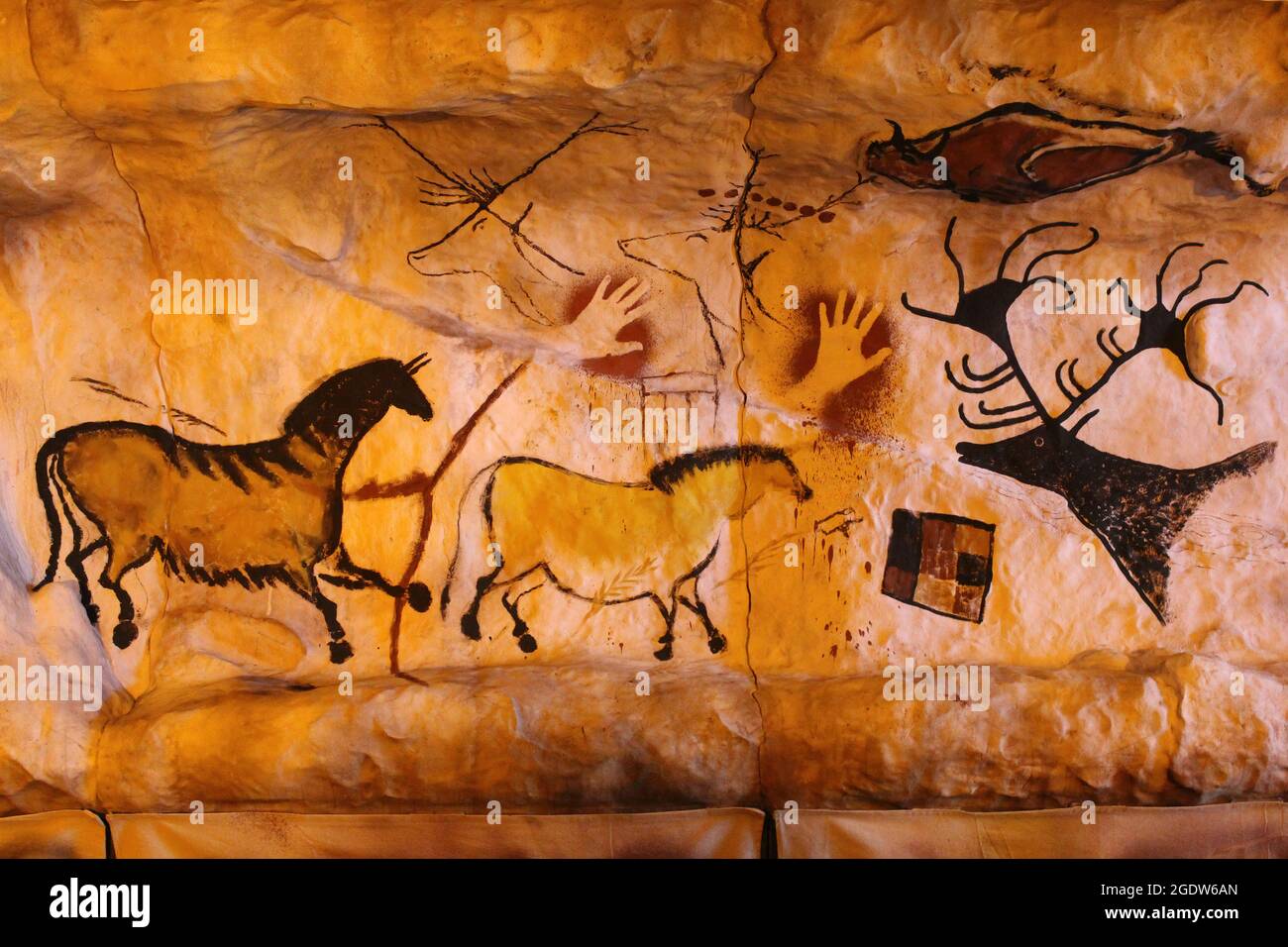 Modern Reconstruction of Prehistoric Cave With Art Depicting Animals and Hand Prints Stock Photohttps://www.alamy.com/image-license-details/?v=1https://www.alamy.com/modern-reconstruction-of-prehistoric-cave-with-art-depicting-animals-and-hand-prints-image438803533.html
Modern Reconstruction of Prehistoric Cave With Art Depicting Animals and Hand Prints Stock Photohttps://www.alamy.com/image-license-details/?v=1https://www.alamy.com/modern-reconstruction-of-prehistoric-cave-with-art-depicting-animals-and-hand-prints-image438803533.htmlRM2GDW6AN–Modern Reconstruction of Prehistoric Cave With Art Depicting Animals and Hand Prints
 Dr. Kenneth Oakley examining skull bones of Piltdown Man. The Piltdown Man was a paleoanthropological fraud in which bone fragments were presented as the fossilised remains of a previously unknown early human. Kenneth Page Oakley (7 April 1911 - 2 November 1981) was an English physical anthropologist, palaeontologist and geologist. Stock Photohttps://www.alamy.com/image-license-details/?v=1https://www.alamy.com/dr-kenneth-oakley-examining-skull-bones-of-piltdown-man-the-piltdown-man-was-a-paleoanthropological-fraud-in-which-bone-fragments-were-presented-as-the-fossilised-remains-of-a-previously-unknown-early-human-kenneth-page-oakley-7-april-1911-2-november-1981-was-an-english-physical-anthropologist-palaeontologist-and-geologist-image482102844.html
Dr. Kenneth Oakley examining skull bones of Piltdown Man. The Piltdown Man was a paleoanthropological fraud in which bone fragments were presented as the fossilised remains of a previously unknown early human. Kenneth Page Oakley (7 April 1911 - 2 November 1981) was an English physical anthropologist, palaeontologist and geologist. Stock Photohttps://www.alamy.com/image-license-details/?v=1https://www.alamy.com/dr-kenneth-oakley-examining-skull-bones-of-piltdown-man-the-piltdown-man-was-a-paleoanthropological-fraud-in-which-bone-fragments-were-presented-as-the-fossilised-remains-of-a-previously-unknown-early-human-kenneth-page-oakley-7-april-1911-2-november-1981-was-an-english-physical-anthropologist-palaeontologist-and-geologist-image482102844.htmlRM2K09K2M–Dr. Kenneth Oakley examining skull bones of Piltdown Man. The Piltdown Man was a paleoanthropological fraud in which bone fragments were presented as the fossilised remains of a previously unknown early human. Kenneth Page Oakley (7 April 1911 - 2 November 1981) was an English physical anthropologist, palaeontologist and geologist.
 Modern Reproduction Of Cave Paintings And Hand Stencil Prints Stock Photohttps://www.alamy.com/image-license-details/?v=1https://www.alamy.com/stock-photo-modern-reproduction-of-cave-paintings-and-hand-stencil-prints-74944229.html
Modern Reproduction Of Cave Paintings And Hand Stencil Prints Stock Photohttps://www.alamy.com/image-license-details/?v=1https://www.alamy.com/stock-photo-modern-reproduction-of-cave-paintings-and-hand-stencil-prints-74944229.htmlRME9X03H–Modern Reproduction Of Cave Paintings And Hand Stencil Prints
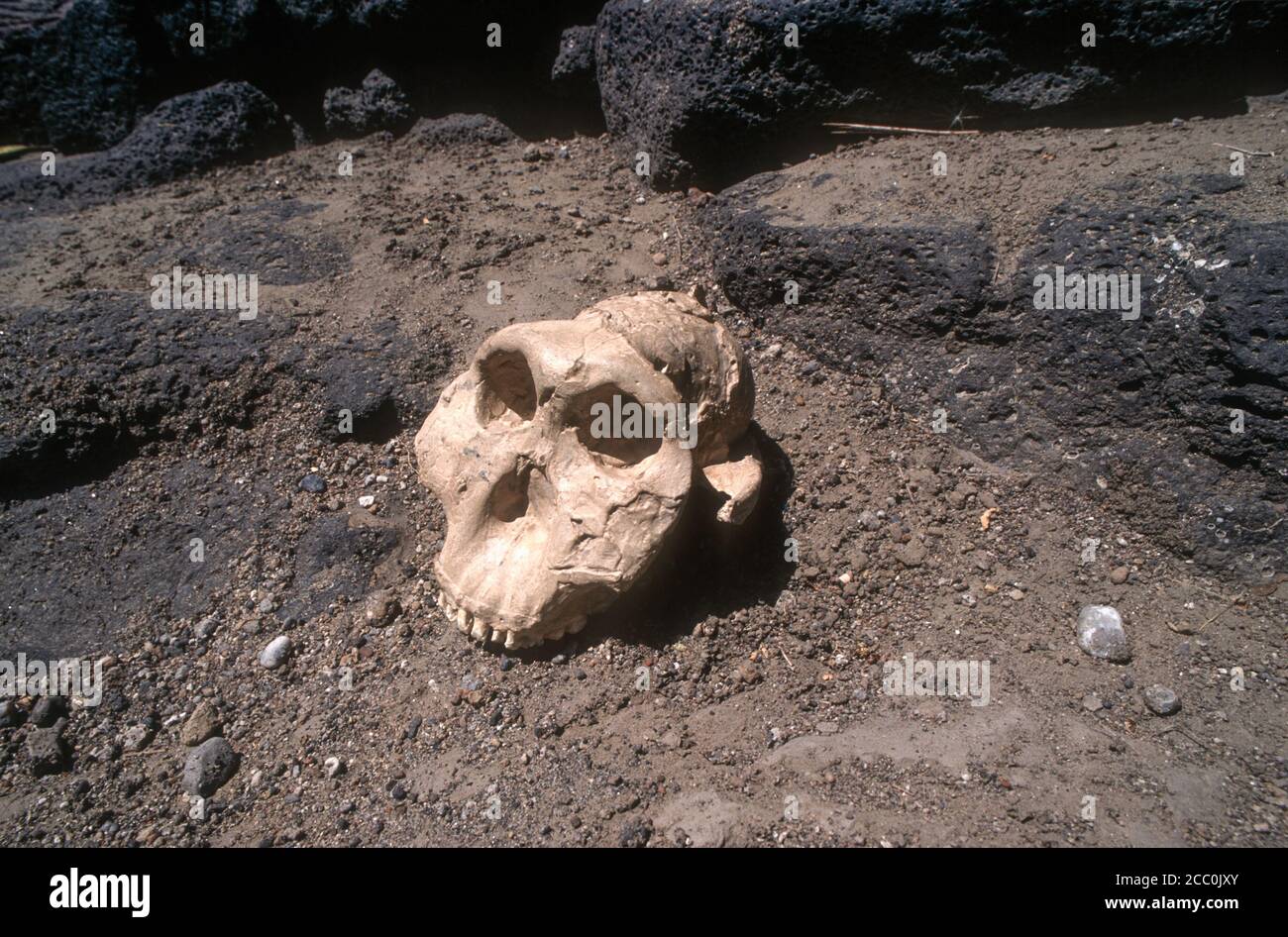 Skull in Olduvai Gorge Tanzania Stock Photohttps://www.alamy.com/image-license-details/?v=1https://www.alamy.com/skull-in-olduvai-gorge-tanzania-image368808467.html
Skull in Olduvai Gorge Tanzania Stock Photohttps://www.alamy.com/image-license-details/?v=1https://www.alamy.com/skull-in-olduvai-gorge-tanzania-image368808467.htmlRF2CC0JXY–Skull in Olduvai Gorge Tanzania
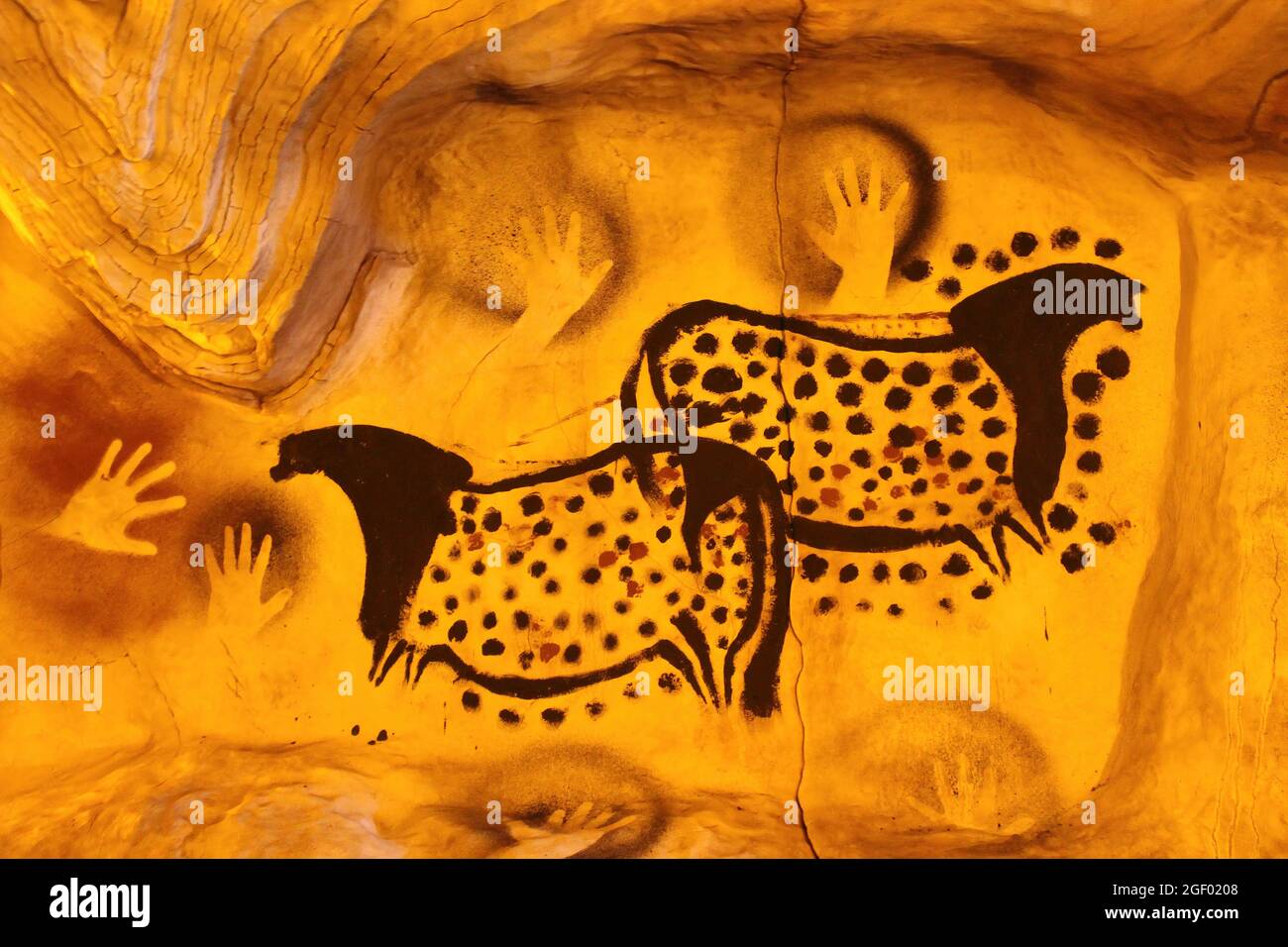 Modern Reconstruction of Prehistoric Cave With Art Depicting Spotted / Dappled Horses of Peche Merle and Hand Prints Stock Photohttps://www.alamy.com/image-license-details/?v=1https://www.alamy.com/modern-reconstruction-of-prehistoric-cave-with-art-depicting-spotted-dappled-horses-of-peche-merle-and-hand-prints-image439480616.html
Modern Reconstruction of Prehistoric Cave With Art Depicting Spotted / Dappled Horses of Peche Merle and Hand Prints Stock Photohttps://www.alamy.com/image-license-details/?v=1https://www.alamy.com/modern-reconstruction-of-prehistoric-cave-with-art-depicting-spotted-dappled-horses-of-peche-merle-and-hand-prints-image439480616.htmlRM2GF0208–Modern Reconstruction of Prehistoric Cave With Art Depicting Spotted / Dappled Horses of Peche Merle and Hand Prints
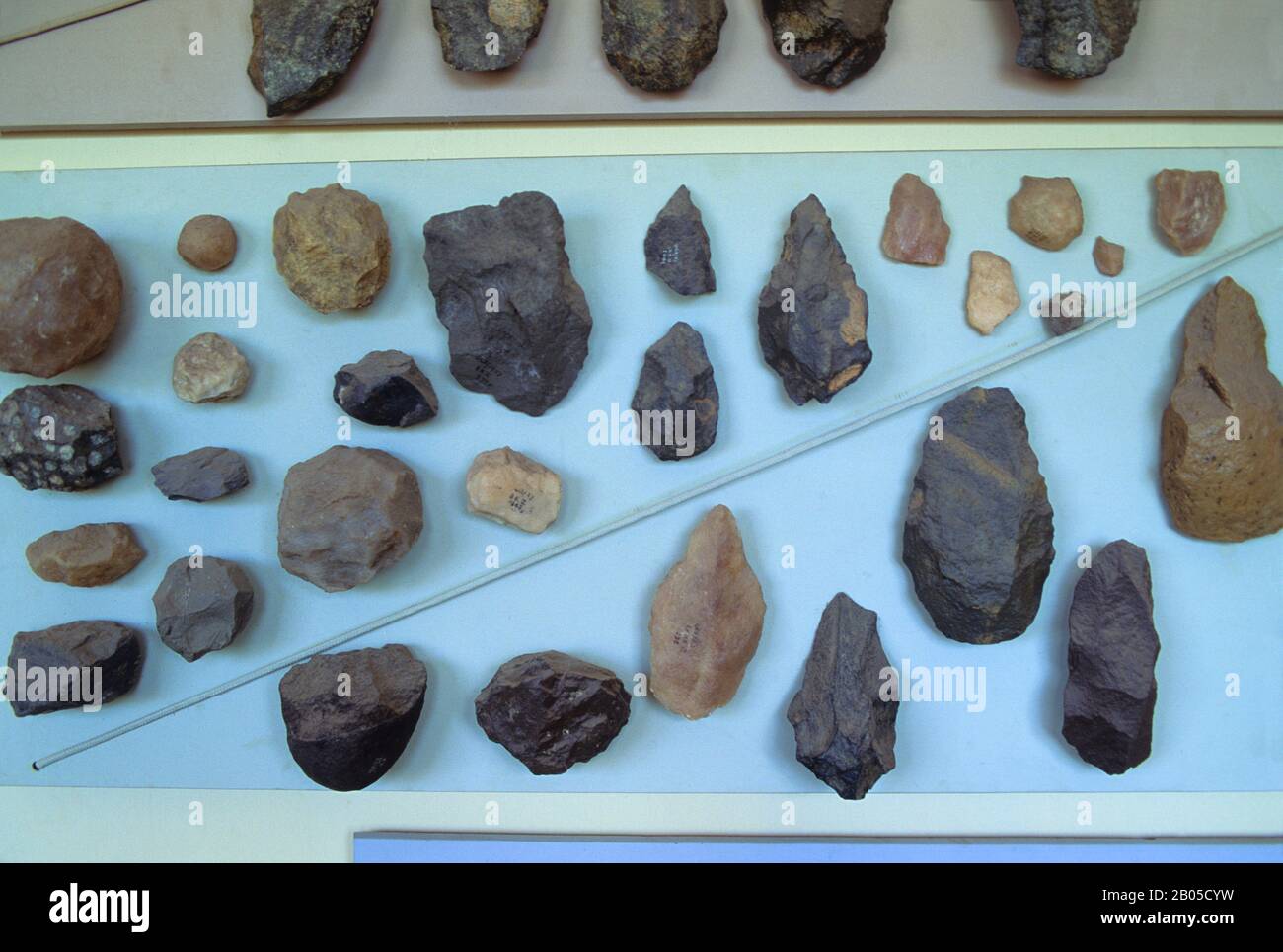 These Olduvai stone chopping tools on display in the Olduvai Gorge Museum are one of the oldest humanly made objects. The Olduvai Gorge is one of the Stock Photohttps://www.alamy.com/image-license-details/?v=1https://www.alamy.com/these-olduvai-stone-chopping-tools-on-display-in-the-olduvai-gorge-museum-are-one-of-the-oldest-humanly-made-objects-the-olduvai-gorge-is-one-of-the-image344327309.html
These Olduvai stone chopping tools on display in the Olduvai Gorge Museum are one of the oldest humanly made objects. The Olduvai Gorge is one of the Stock Photohttps://www.alamy.com/image-license-details/?v=1https://www.alamy.com/these-olduvai-stone-chopping-tools-on-display-in-the-olduvai-gorge-museum-are-one-of-the-oldest-humanly-made-objects-the-olduvai-gorge-is-one-of-the-image344327309.htmlRM2B05CYW–These Olduvai stone chopping tools on display in the Olduvai Gorge Museum are one of the oldest humanly made objects. The Olduvai Gorge is one of the
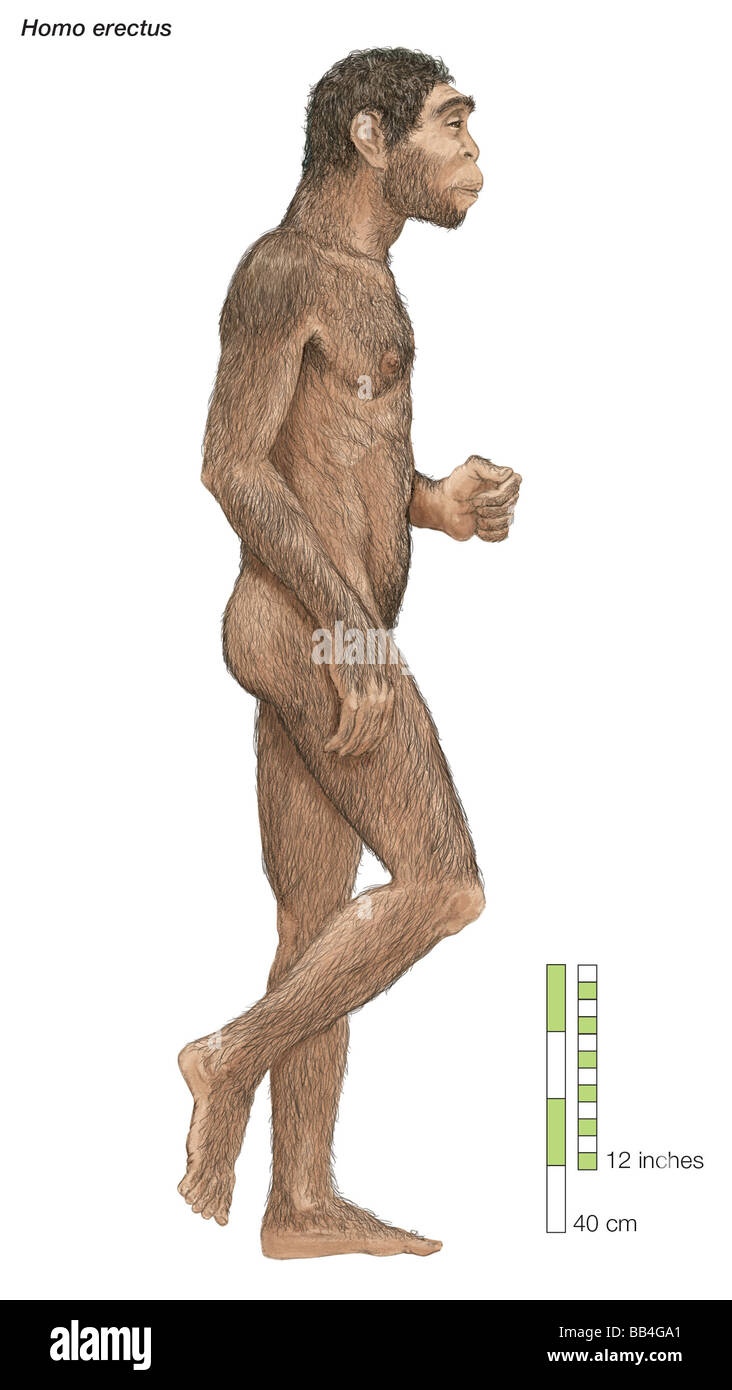 Homo erectus, 'upright man,' which lived from approximately 1,700,000 to 200,000 years ago. Stock Photohttps://www.alamy.com/image-license-details/?v=1https://www.alamy.com/stock-photo-homo-erectus-upright-man-which-lived-from-approximately-1700000-to-24072217.html
Homo erectus, 'upright man,' which lived from approximately 1,700,000 to 200,000 years ago. Stock Photohttps://www.alamy.com/image-license-details/?v=1https://www.alamy.com/stock-photo-homo-erectus-upright-man-which-lived-from-approximately-1700000-to-24072217.htmlRMBB4GA1–Homo erectus, 'upright man,' which lived from approximately 1,700,000 to 200,000 years ago.
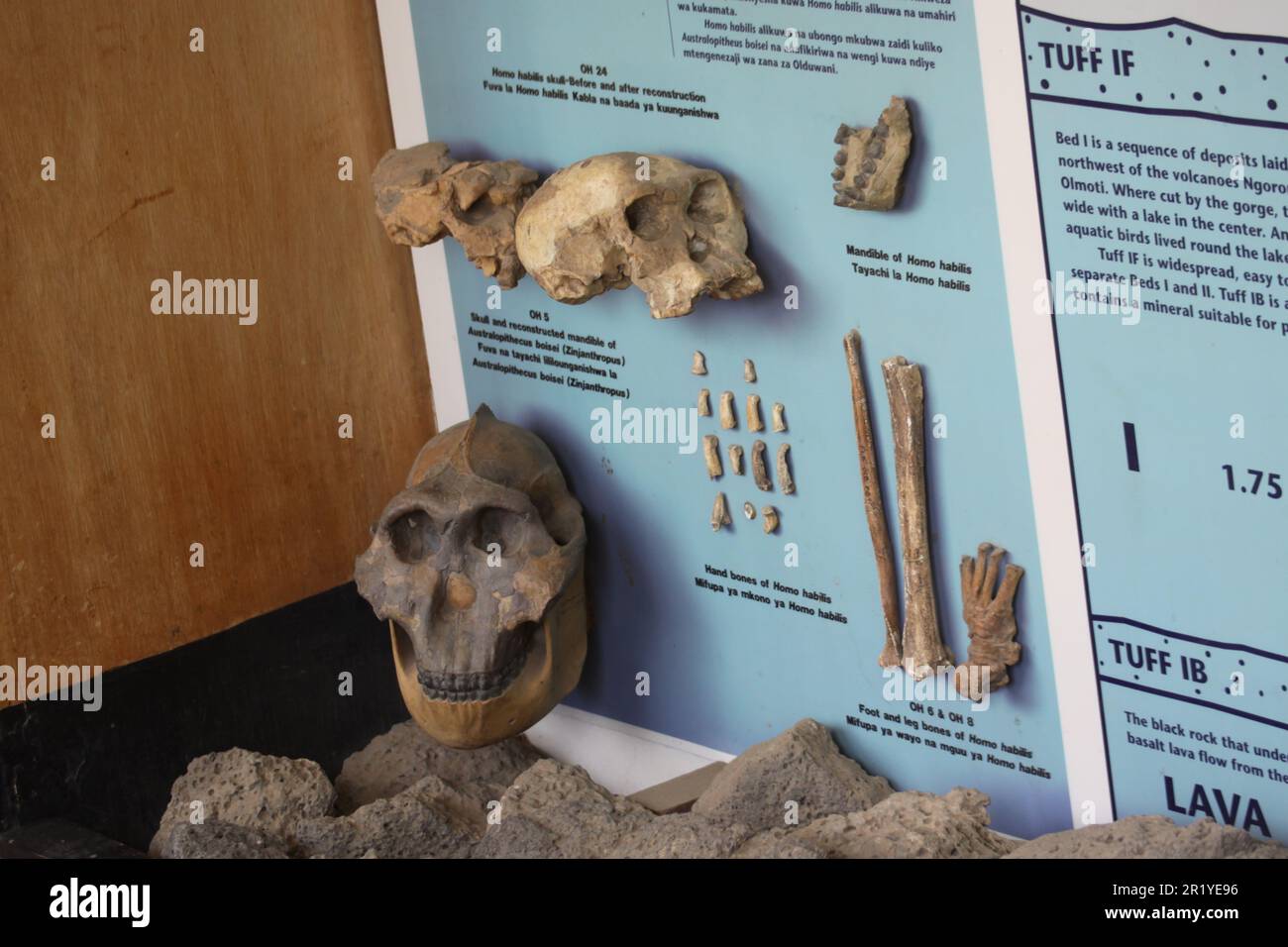 The Olduvai Gorge or Oldupai Gorge in Tanzania is one of the most important paleoanthropological localities in the world; the many sites exposed by th Stock Photohttps://www.alamy.com/image-license-details/?v=1https://www.alamy.com/the-olduvai-gorge-or-oldupai-gorge-in-tanzania-is-one-of-the-most-important-paleoanthropological-localities-in-the-world-the-many-sites-exposed-by-th-image551950370.html
The Olduvai Gorge or Oldupai Gorge in Tanzania is one of the most important paleoanthropological localities in the world; the many sites exposed by th Stock Photohttps://www.alamy.com/image-license-details/?v=1https://www.alamy.com/the-olduvai-gorge-or-oldupai-gorge-in-tanzania-is-one-of-the-most-important-paleoanthropological-localities-in-the-world-the-many-sites-exposed-by-th-image551950370.htmlRM2R1YE96–The Olduvai Gorge or Oldupai Gorge in Tanzania is one of the most important paleoanthropological localities in the world; the many sites exposed by th
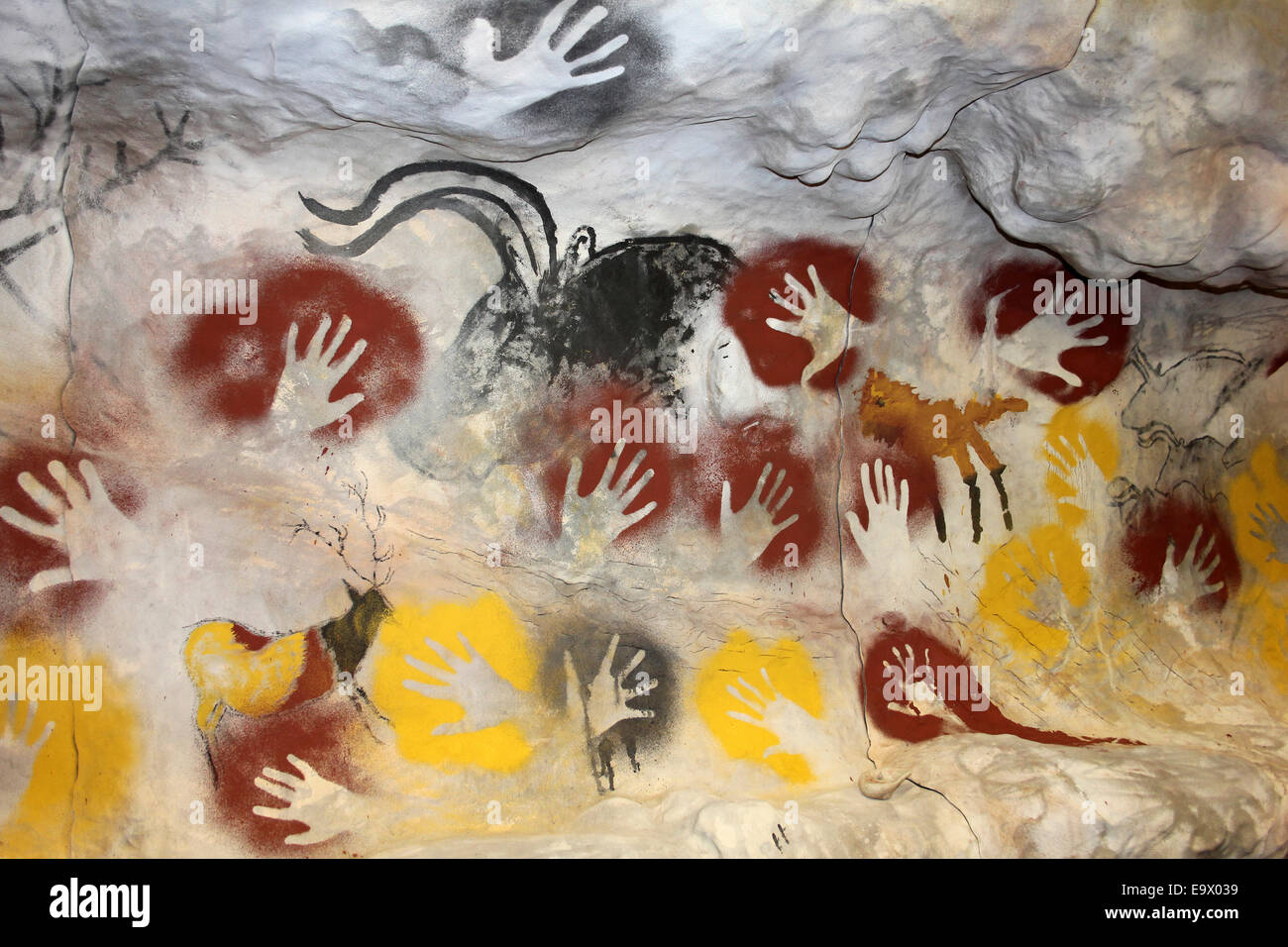 Modern Reproduction Of Cave Paintings And Hand Stencil Prints Stock Photohttps://www.alamy.com/image-license-details/?v=1https://www.alamy.com/stock-photo-modern-reproduction-of-cave-paintings-and-hand-stencil-prints-74944221.html
Modern Reproduction Of Cave Paintings And Hand Stencil Prints Stock Photohttps://www.alamy.com/image-license-details/?v=1https://www.alamy.com/stock-photo-modern-reproduction-of-cave-paintings-and-hand-stencil-prints-74944221.htmlRME9X039–Modern Reproduction Of Cave Paintings And Hand Stencil Prints
 (151124) -- XI'AN, Nov. 24, 2015 (Xinhua) -- Archaeologists work at the excavation site of the Neolithic site at the ruins of the Longgang Temple paleoanthropological site in Hanzhong City, north China's Shaanxi Province, Nov. 24, 2015. Archeologists from Institute of Vertebrate Paleontology and Paleoanthropology of China Academy of Sciences and Shaanxi Archaeological Institute have found traces of human activities dating back to over one million years ago at the Longgang Temple Ruins. The discovery proves that the Hanshui Valley is also one of the origins of ancient Chinese civilization. The Stock Photohttps://www.alamy.com/image-license-details/?v=1https://www.alamy.com/stock-photo-151124-xian-nov-24-2015-xinhua-archaeologists-work-at-the-excavation-90419626.html
(151124) -- XI'AN, Nov. 24, 2015 (Xinhua) -- Archaeologists work at the excavation site of the Neolithic site at the ruins of the Longgang Temple paleoanthropological site in Hanzhong City, north China's Shaanxi Province, Nov. 24, 2015. Archeologists from Institute of Vertebrate Paleontology and Paleoanthropology of China Academy of Sciences and Shaanxi Archaeological Institute have found traces of human activities dating back to over one million years ago at the Longgang Temple Ruins. The discovery proves that the Hanshui Valley is also one of the origins of ancient Chinese civilization. The Stock Photohttps://www.alamy.com/image-license-details/?v=1https://www.alamy.com/stock-photo-151124-xian-nov-24-2015-xinhua-archaeologists-work-at-the-excavation-90419626.htmlRMF72Y4A–(151124) -- XI'AN, Nov. 24, 2015 (Xinhua) -- Archaeologists work at the excavation site of the Neolithic site at the ruins of the Longgang Temple paleoanthropological site in Hanzhong City, north China's Shaanxi Province, Nov. 24, 2015. Archeologists from Institute of Vertebrate Paleontology and Paleoanthropology of China Academy of Sciences and Shaanxi Archaeological Institute have found traces of human activities dating back to over one million years ago at the Longgang Temple Ruins. The discovery proves that the Hanshui Valley is also one of the origins of ancient Chinese civilization. The
 (151124) -- XI AN, Nov. 24, 2015 -- Photo taken on Nov. 24, 2015 shows the ruins of the Longgang Temple paleoanthropological site in Hanzhong City, north China s Shaanxi Province. Archeologists from Institute of Vertebrate Paleontology and Paleoanthropology of China Academy of Sciences and Shaanxi Archaeological Institute have found traces of human activities dating back to over one million years ago at the Longgang Temple Ruins. The discovery proves that the Hanshui Valley is also one of the origins of ancient Chinese civilization. The Longgang Temple Ruins was discovered in 1980s. Since 2013 Stock Photohttps://www.alamy.com/image-license-details/?v=1https://www.alamy.com/151124-xi-an-nov-24-2015-photo-taken-on-nov-24-2015-shows-the-ruins-of-the-longgang-temple-paleoanthropological-site-in-hanzhong-city-north-china-s-shaanxi-province-archeologists-from-institute-of-vertebrate-paleontology-and-paleoanthropology-of-china-academy-of-sciences-and-shaanxi-archaeological-institute-have-found-traces-of-human-activities-dating-back-to-over-one-million-years-ago-at-the-longgang-temple-ruins-the-discovery-proves-that-the-hanshui-valley-is-also-one-of-the-origins-of-ancient-chinese-civilization-the-longgang-temple-ruins-was-discovered-in-1980s-since-2013-image563844232.html
(151124) -- XI AN, Nov. 24, 2015 -- Photo taken on Nov. 24, 2015 shows the ruins of the Longgang Temple paleoanthropological site in Hanzhong City, north China s Shaanxi Province. Archeologists from Institute of Vertebrate Paleontology and Paleoanthropology of China Academy of Sciences and Shaanxi Archaeological Institute have found traces of human activities dating back to over one million years ago at the Longgang Temple Ruins. The discovery proves that the Hanshui Valley is also one of the origins of ancient Chinese civilization. The Longgang Temple Ruins was discovered in 1980s. Since 2013 Stock Photohttps://www.alamy.com/image-license-details/?v=1https://www.alamy.com/151124-xi-an-nov-24-2015-photo-taken-on-nov-24-2015-shows-the-ruins-of-the-longgang-temple-paleoanthropological-site-in-hanzhong-city-north-china-s-shaanxi-province-archeologists-from-institute-of-vertebrate-paleontology-and-paleoanthropology-of-china-academy-of-sciences-and-shaanxi-archaeological-institute-have-found-traces-of-human-activities-dating-back-to-over-one-million-years-ago-at-the-longgang-temple-ruins-the-discovery-proves-that-the-hanshui-valley-is-also-one-of-the-origins-of-ancient-chinese-civilization-the-longgang-temple-ruins-was-discovered-in-1980s-since-2013-image563844232.htmlRM2RN9920–(151124) -- XI AN, Nov. 24, 2015 -- Photo taken on Nov. 24, 2015 shows the ruins of the Longgang Temple paleoanthropological site in Hanzhong City, north China s Shaanxi Province. Archeologists from Institute of Vertebrate Paleontology and Paleoanthropology of China Academy of Sciences and Shaanxi Archaeological Institute have found traces of human activities dating back to over one million years ago at the Longgang Temple Ruins. The discovery proves that the Hanshui Valley is also one of the origins of ancient Chinese civilization. The Longgang Temple Ruins was discovered in 1980s. Since 2013
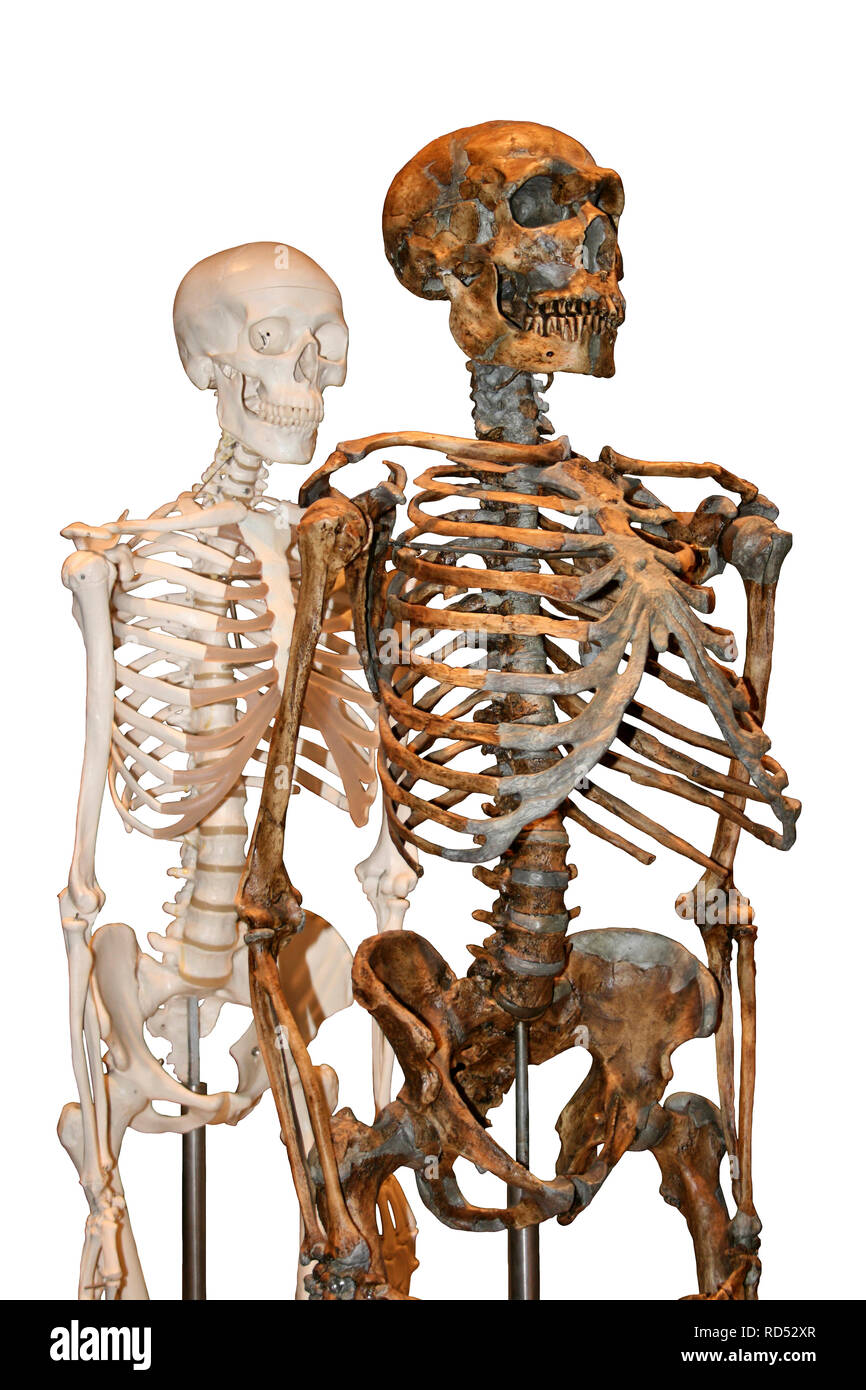 Human Evolution - Modern Human and Neanderthal Skeleton Stock Photohttps://www.alamy.com/image-license-details/?v=1https://www.alamy.com/human-evolution-modern-human-and-neanderthal-skeleton-image231837391.html
Human Evolution - Modern Human and Neanderthal Skeleton Stock Photohttps://www.alamy.com/image-license-details/?v=1https://www.alamy.com/human-evolution-modern-human-and-neanderthal-skeleton-image231837391.htmlRMRD52XR–Human Evolution - Modern Human and Neanderthal Skeleton
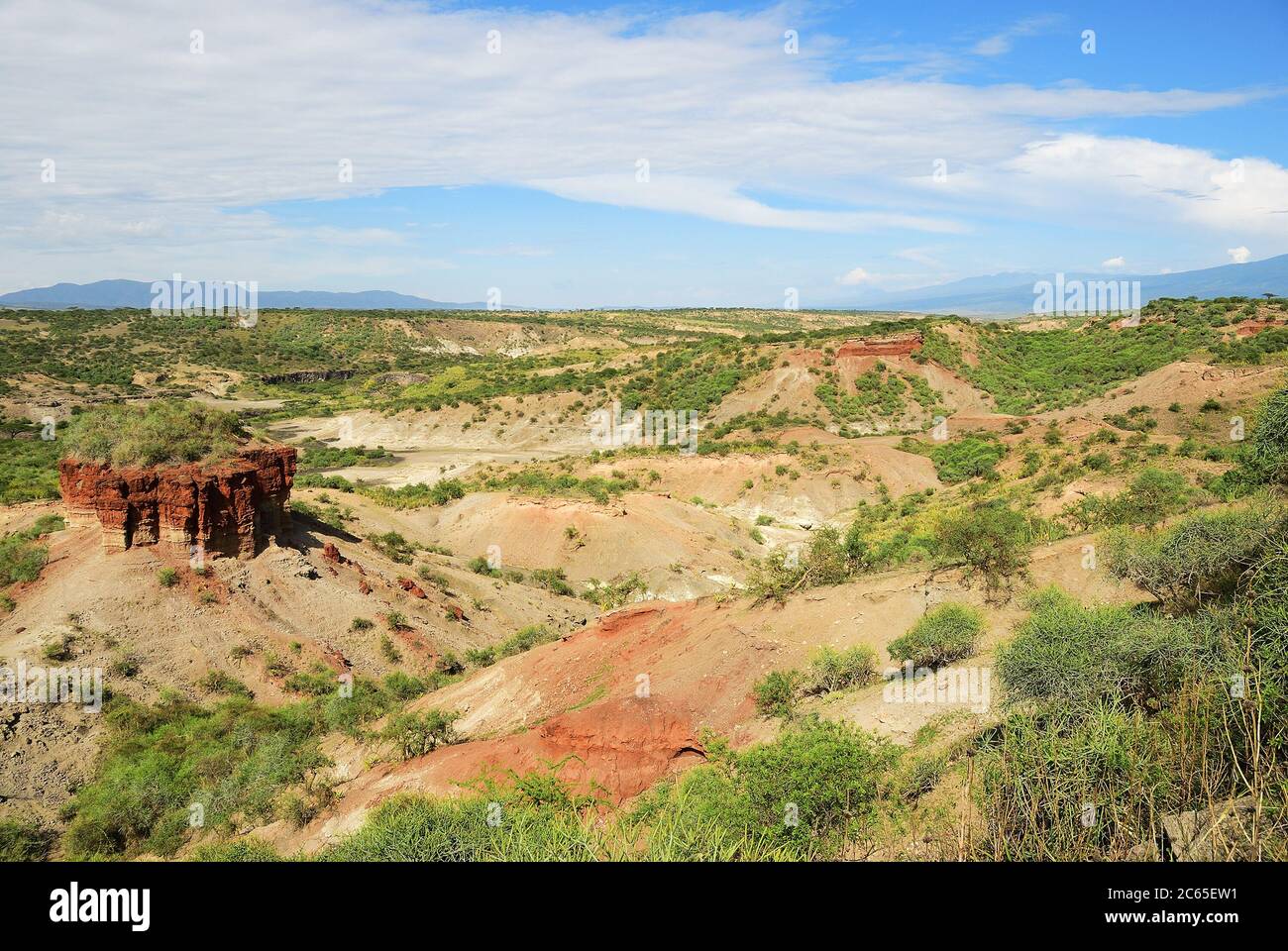 View of ravine Olduvai Gorge one of the most important paleoanthropological sites in the world - the Cradle of Mankind. Great Rift Valley, Tanzania Ea Stock Photohttps://www.alamy.com/image-license-details/?v=1https://www.alamy.com/view-of-ravine-olduvai-gorge-one-of-the-most-important-paleoanthropological-sites-in-the-world-the-cradle-of-mankind-great-rift-valley-tanzania-ea-image365227101.html
View of ravine Olduvai Gorge one of the most important paleoanthropological sites in the world - the Cradle of Mankind. Great Rift Valley, Tanzania Ea Stock Photohttps://www.alamy.com/image-license-details/?v=1https://www.alamy.com/view-of-ravine-olduvai-gorge-one-of-the-most-important-paleoanthropological-sites-in-the-world-the-cradle-of-mankind-great-rift-valley-tanzania-ea-image365227101.htmlRF2C65EW1–View of ravine Olduvai Gorge one of the most important paleoanthropological sites in the world - the Cradle of Mankind. Great Rift Valley, Tanzania Ea
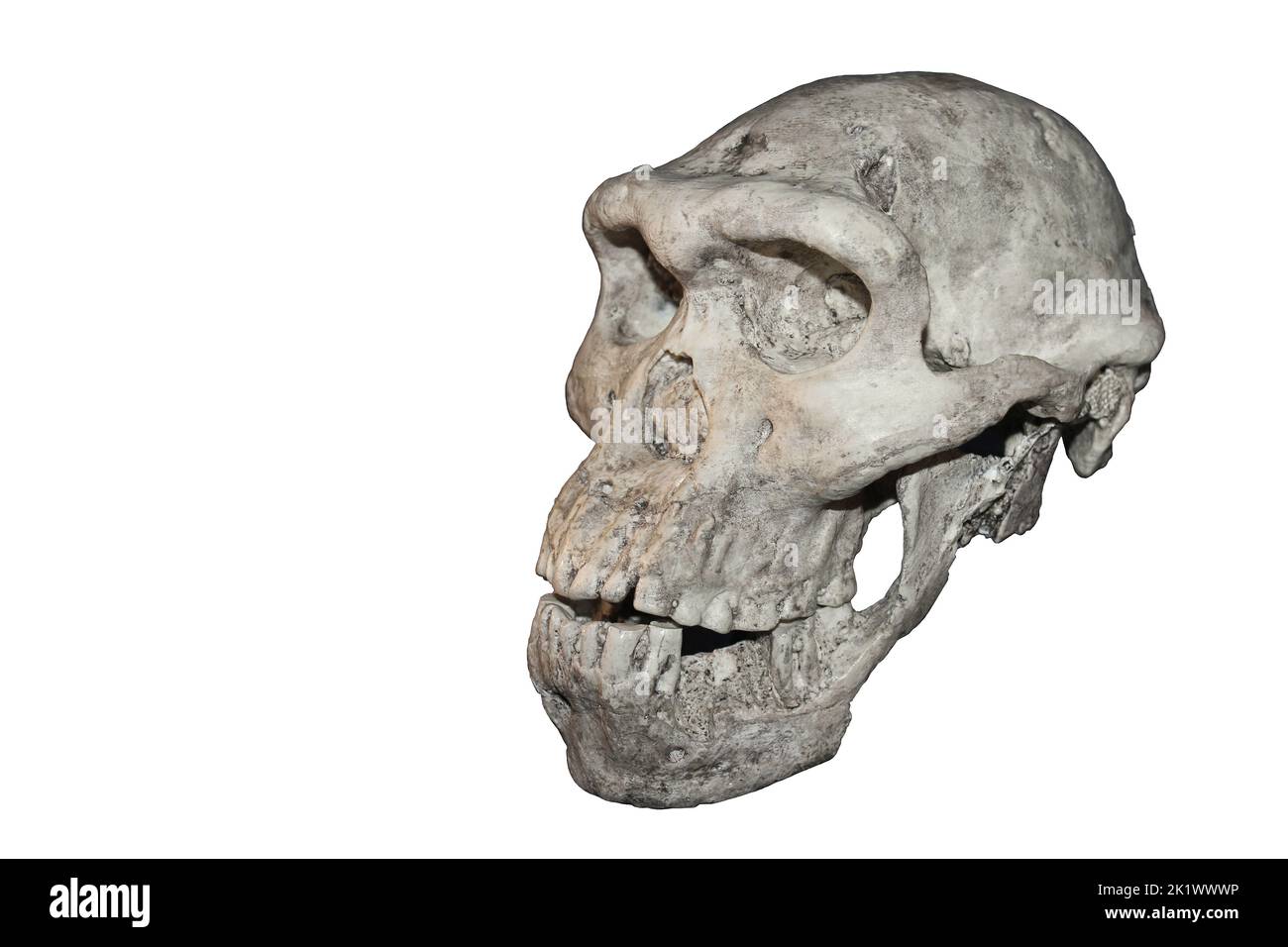 West Asian Homo erectus Dmanisi, Georgia Stock Photohttps://www.alamy.com/image-license-details/?v=1https://www.alamy.com/west-asian-homo-erectus-dmanisi-georgia-image483074082.html
West Asian Homo erectus Dmanisi, Georgia Stock Photohttps://www.alamy.com/image-license-details/?v=1https://www.alamy.com/west-asian-homo-erectus-dmanisi-georgia-image483074082.htmlRM2K1WWWP–West Asian Homo erectus Dmanisi, Georgia
 Richard Leakey, his wife Meave and their two daughters Louise,5, and Samira,3, at Koobi Fora in 1977 Stock Photohttps://www.alamy.com/image-license-details/?v=1https://www.alamy.com/stock-photo-richard-leakey-his-wife-meave-and-their-two-daughters-louise5-and-71168043.html
Richard Leakey, his wife Meave and their two daughters Louise,5, and Samira,3, at Koobi Fora in 1977 Stock Photohttps://www.alamy.com/image-license-details/?v=1https://www.alamy.com/stock-photo-richard-leakey-his-wife-meave-and-their-two-daughters-louise5-and-71168043.htmlRME3NYFR–Richard Leakey, his wife Meave and their two daughters Louise,5, and Samira,3, at Koobi Fora in 1977
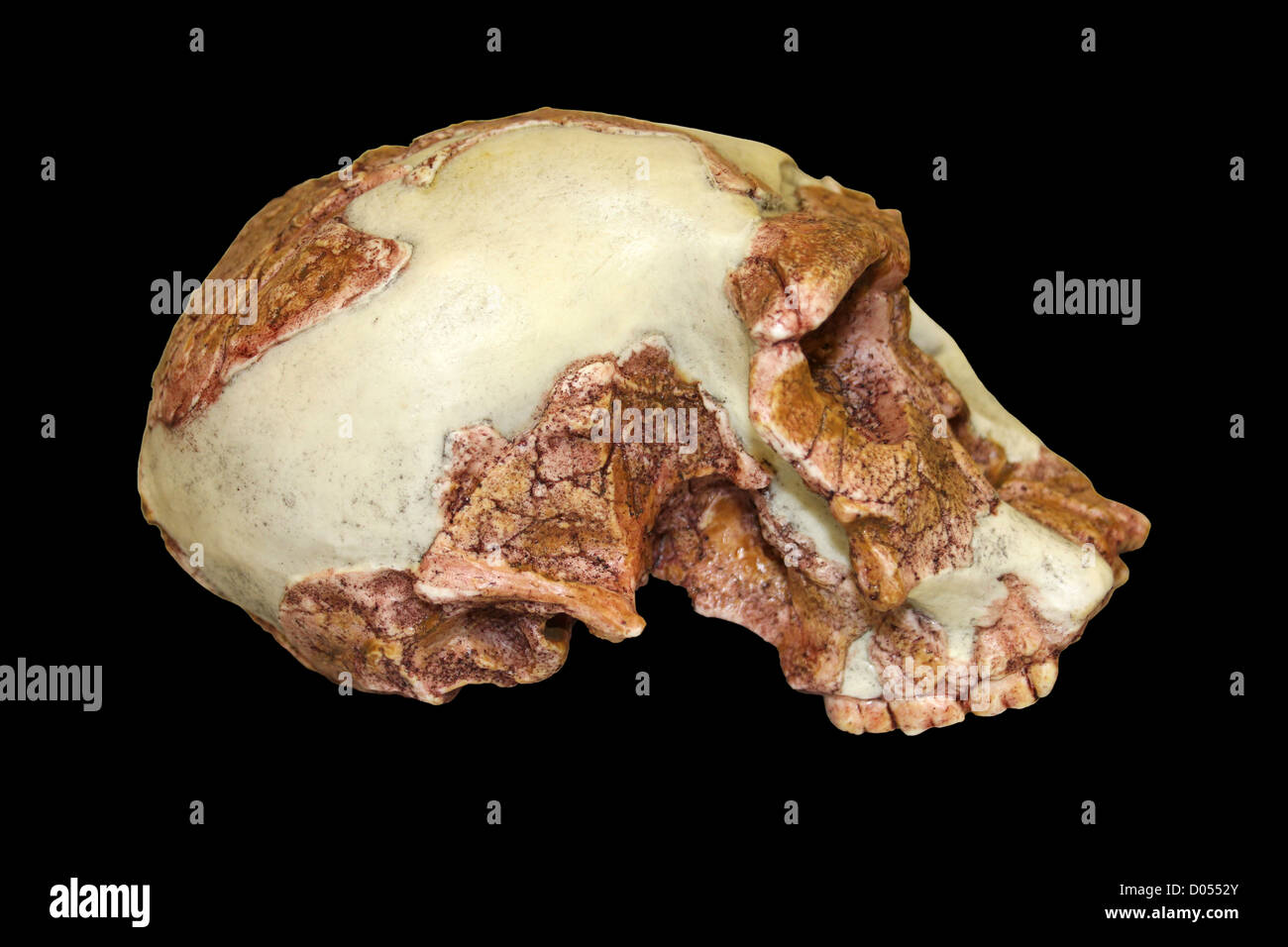 Side View Of Homo habilis Skull Stock Photohttps://www.alamy.com/image-license-details/?v=1https://www.alamy.com/stock-photo-side-view-of-homo-habilis-skull-51744867.html
Side View Of Homo habilis Skull Stock Photohttps://www.alamy.com/image-license-details/?v=1https://www.alamy.com/stock-photo-side-view-of-homo-habilis-skull-51744867.htmlRMD0552Y–Side View Of Homo habilis Skull
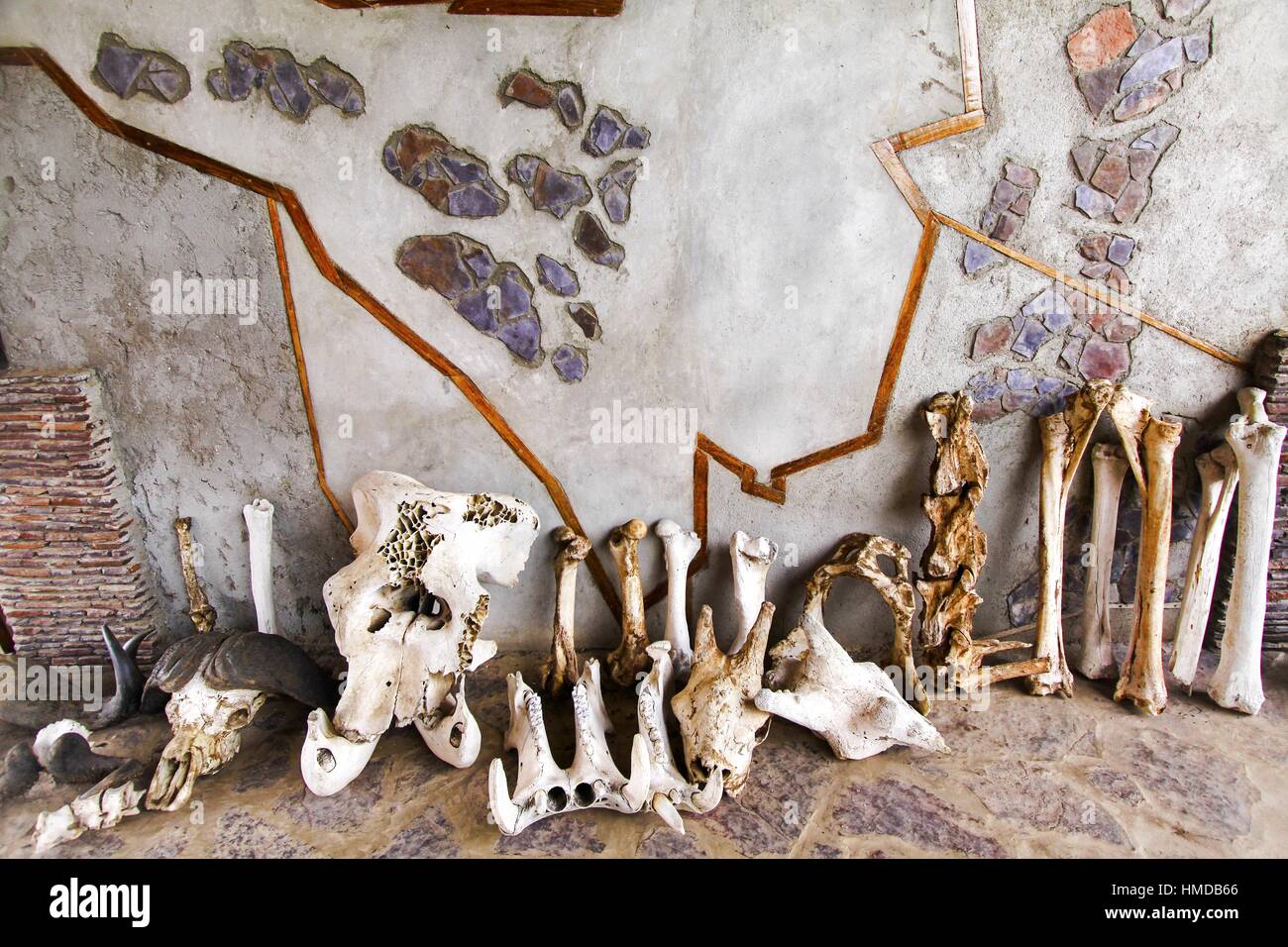 Animal Bones Display Wildlife Refugee Olduvai Gorge Visitor Center Museum White Wall Background Famous Ngorongoro Crater National Park Tanzania Africa Stock Photohttps://www.alamy.com/image-license-details/?v=1https://www.alamy.com/stock-photo-animal-bones-display-wildlife-refugee-olduvai-gorge-visitor-center-133059870.html
Animal Bones Display Wildlife Refugee Olduvai Gorge Visitor Center Museum White Wall Background Famous Ngorongoro Crater National Park Tanzania Africa Stock Photohttps://www.alamy.com/image-license-details/?v=1https://www.alamy.com/stock-photo-animal-bones-display-wildlife-refugee-olduvai-gorge-visitor-center-133059870.htmlRFHMDB66–Animal Bones Display Wildlife Refugee Olduvai Gorge Visitor Center Museum White Wall Background Famous Ngorongoro Crater National Park Tanzania Africa
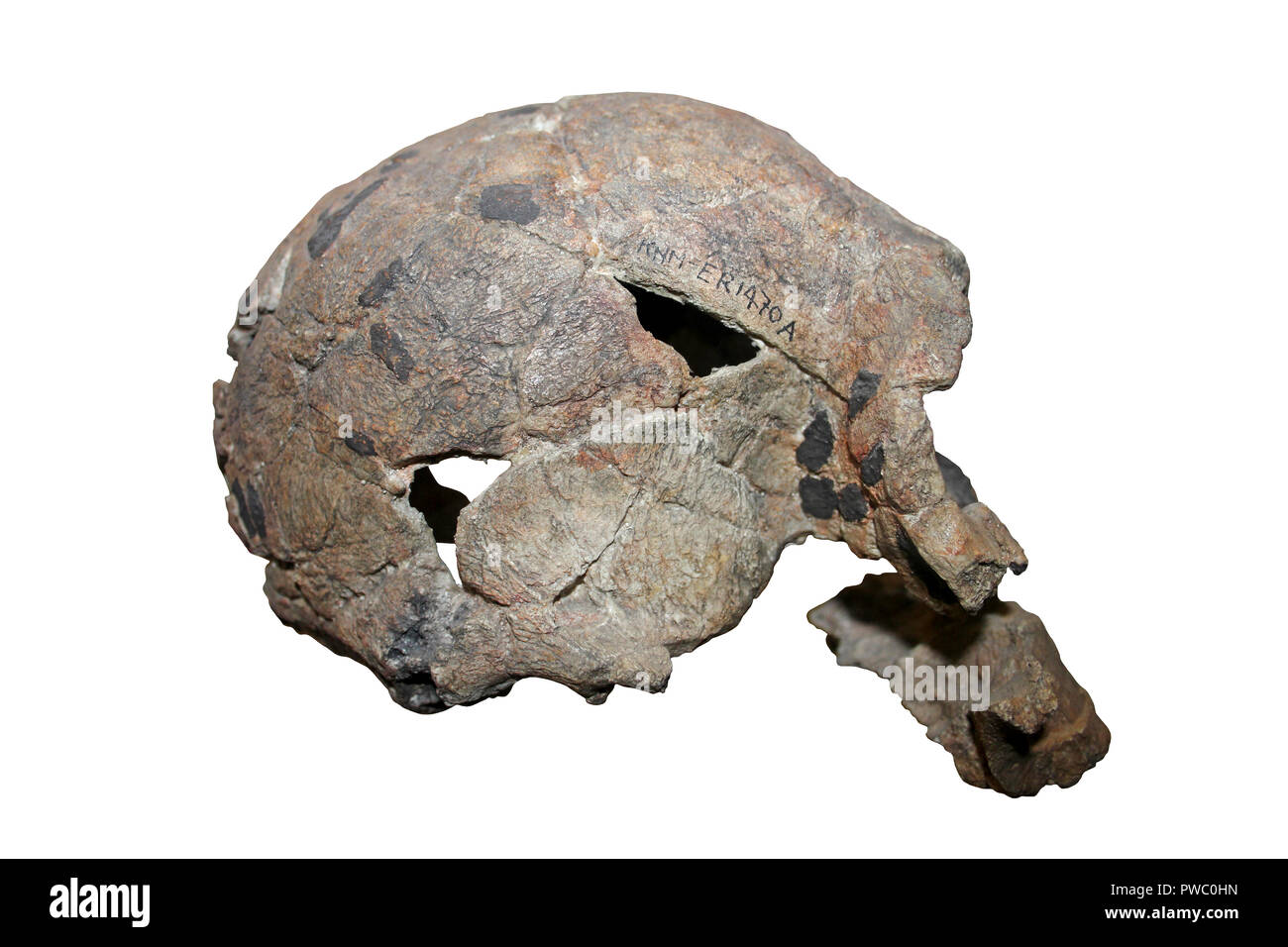 Homo rudolfensis KNM ER 1470 Stock Photohttps://www.alamy.com/image-license-details/?v=1https://www.alamy.com/homo-rudolfensis-knm-er-1470-image222154737.html
Homo rudolfensis KNM ER 1470 Stock Photohttps://www.alamy.com/image-license-details/?v=1https://www.alamy.com/homo-rudolfensis-knm-er-1470-image222154737.htmlRMPWC0HN–Homo rudolfensis KNM ER 1470
 Oldupai Gorge rock formations near visitors center in Tanzania near Serengeti National Park. Stock Photohttps://www.alamy.com/image-license-details/?v=1https://www.alamy.com/stock-photo-oldupai-gorge-rock-formations-near-visitors-center-in-tanzania-near-126728333.html
Oldupai Gorge rock formations near visitors center in Tanzania near Serengeti National Park. Stock Photohttps://www.alamy.com/image-license-details/?v=1https://www.alamy.com/stock-photo-oldupai-gorge-rock-formations-near-visitors-center-in-tanzania-near-126728333.htmlRFHA4Y7W–Oldupai Gorge rock formations near visitors center in Tanzania near Serengeti National Park.
 Olduvai Gorge, Tanzania Stock Photohttps://www.alamy.com/image-license-details/?v=1https://www.alamy.com/olduvai-gorge-tanzania-image234239365.html
Olduvai Gorge, Tanzania Stock Photohttps://www.alamy.com/image-license-details/?v=1https://www.alamy.com/olduvai-gorge-tanzania-image234239365.htmlRMRH2EKH–Olduvai Gorge, Tanzania
 World Heritage site, Olduvai (Oldupai) Gorge, in Tanzania, Africa Stock Photohttps://www.alamy.com/image-license-details/?v=1https://www.alamy.com/world-heritage-site-olduvai-oldupai-gorge-in-tanzania-africa-image454690743.html
World Heritage site, Olduvai (Oldupai) Gorge, in Tanzania, Africa Stock Photohttps://www.alamy.com/image-license-details/?v=1https://www.alamy.com/world-heritage-site-olduvai-oldupai-gorge-in-tanzania-africa-image454690743.htmlRF2HBMXK3–World Heritage site, Olduvai (Oldupai) Gorge, in Tanzania, Africa
 Nutcracker Man Australopithecus boisei Skull Stock Photohttps://www.alamy.com/image-license-details/?v=1https://www.alamy.com/nutcracker-man-australopithecus-boisei-skull-image68503144.html
Nutcracker Man Australopithecus boisei Skull Stock Photohttps://www.alamy.com/image-license-details/?v=1https://www.alamy.com/nutcracker-man-australopithecus-boisei-skull-image68503144.htmlRMDYCGCT–Nutcracker Man Australopithecus boisei Skull
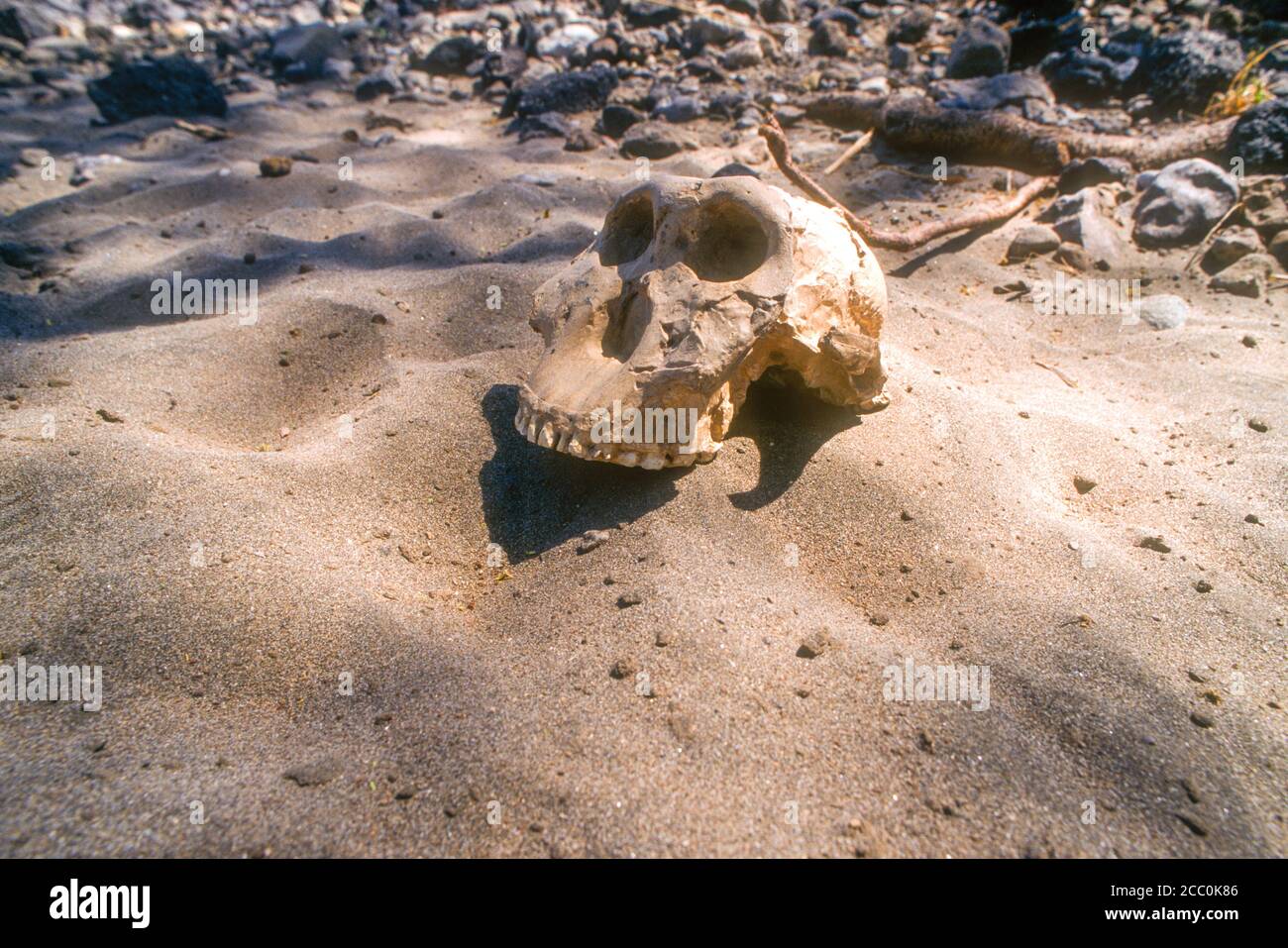 Skull in Olduvai Gorge Tanzania Stock Photohttps://www.alamy.com/image-license-details/?v=1https://www.alamy.com/skull-in-olduvai-gorge-tanzania-image368808726.html
Skull in Olduvai Gorge Tanzania Stock Photohttps://www.alamy.com/image-license-details/?v=1https://www.alamy.com/skull-in-olduvai-gorge-tanzania-image368808726.htmlRF2CC0K86–Skull in Olduvai Gorge Tanzania
 Olduvai Gorge, Ngorongoro Conservation Area, Tanzania Stock Photohttps://www.alamy.com/image-license-details/?v=1https://www.alamy.com/stock-photo-olduvai-gorge-ngorongoro-conservation-area-tanzania-37923566.html
Olduvai Gorge, Ngorongoro Conservation Area, Tanzania Stock Photohttps://www.alamy.com/image-license-details/?v=1https://www.alamy.com/stock-photo-olduvai-gorge-ngorongoro-conservation-area-tanzania-37923566.htmlRFC5KFW2–Olduvai Gorge, Ngorongoro Conservation Area, Tanzania
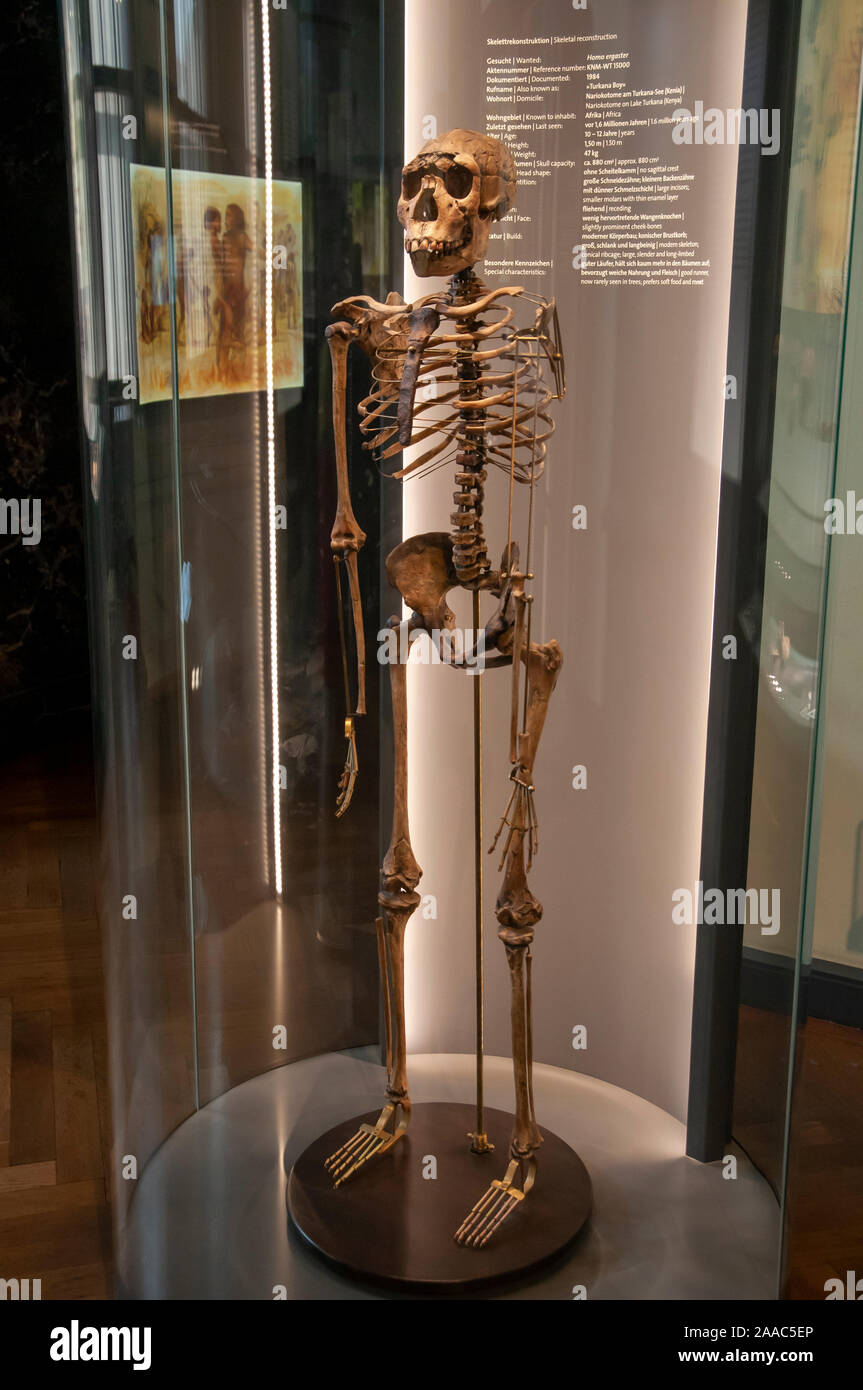 Humanoid Skeletal reconstruction of Homo ergaster, also Homo erectus ergaster or African Homo erectus is an extinct chronospecies of the genus Homo th Stock Photohttps://www.alamy.com/image-license-details/?v=1https://www.alamy.com/humanoid-skeletal-reconstruction-of-homo-ergaster-also-homo-erectus-ergaster-or-african-homo-erectus-is-an-extinct-chronospecies-of-the-genus-homo-th-image333411310.html
Humanoid Skeletal reconstruction of Homo ergaster, also Homo erectus ergaster or African Homo erectus is an extinct chronospecies of the genus Homo th Stock Photohttps://www.alamy.com/image-license-details/?v=1https://www.alamy.com/humanoid-skeletal-reconstruction-of-homo-ergaster-also-homo-erectus-ergaster-or-african-homo-erectus-is-an-extinct-chronospecies-of-the-genus-homo-th-image333411310.htmlRM2AAC5EP–Humanoid Skeletal reconstruction of Homo ergaster, also Homo erectus ergaster or African Homo erectus is an extinct chronospecies of the genus Homo th
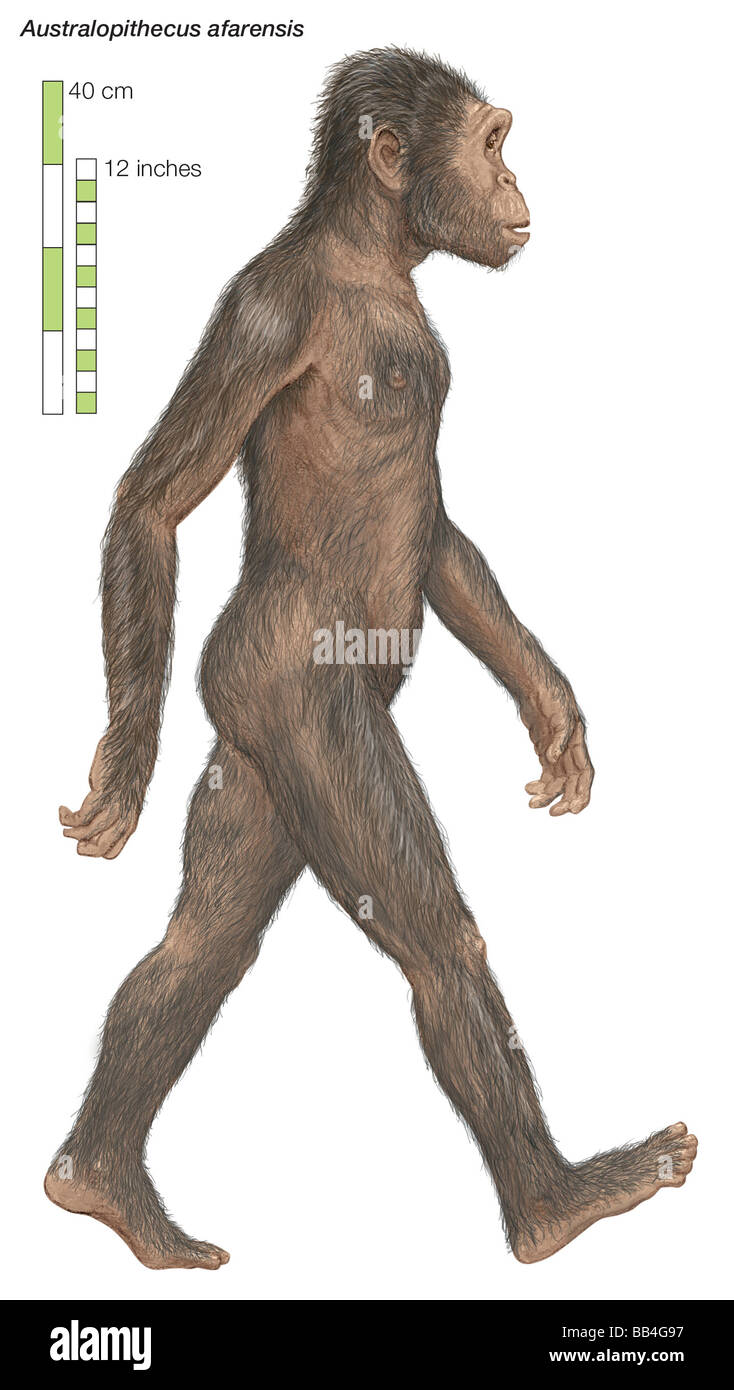 Australopithecus afarensis, the 'southern ape,' which lived from 3.8 to 2.9 million years ago. Stock Photohttps://www.alamy.com/image-license-details/?v=1https://www.alamy.com/stock-photo-australopithecus-afarensis-the-southern-ape-which-lived-from-38-to-24072195.html
Australopithecus afarensis, the 'southern ape,' which lived from 3.8 to 2.9 million years ago. Stock Photohttps://www.alamy.com/image-license-details/?v=1https://www.alamy.com/stock-photo-australopithecus-afarensis-the-southern-ape-which-lived-from-38-to-24072195.htmlRMBB4G97–Australopithecus afarensis, the 'southern ape,' which lived from 3.8 to 2.9 million years ago.
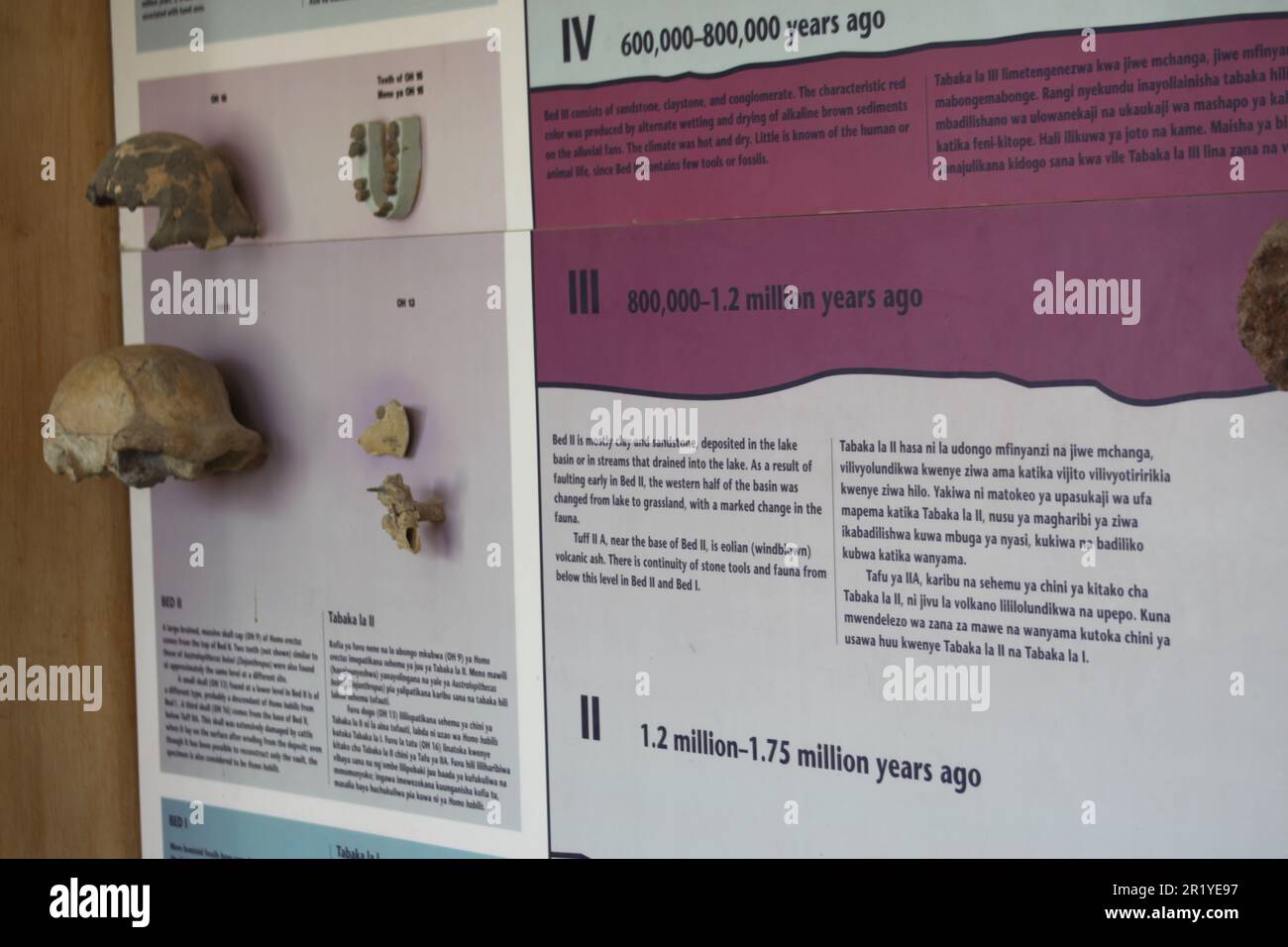 The Olduvai Gorge or Oldupai Gorge in Tanzania is one of the most important paleoanthropological localities in the world; the many sites exposed by th Stock Photohttps://www.alamy.com/image-license-details/?v=1https://www.alamy.com/the-olduvai-gorge-or-oldupai-gorge-in-tanzania-is-one-of-the-most-important-paleoanthropological-localities-in-the-world-the-many-sites-exposed-by-th-image551950371.html
The Olduvai Gorge or Oldupai Gorge in Tanzania is one of the most important paleoanthropological localities in the world; the many sites exposed by th Stock Photohttps://www.alamy.com/image-license-details/?v=1https://www.alamy.com/the-olduvai-gorge-or-oldupai-gorge-in-tanzania-is-one-of-the-most-important-paleoanthropological-localities-in-the-world-the-many-sites-exposed-by-th-image551950371.htmlRM2R1YE97–The Olduvai Gorge or Oldupai Gorge in Tanzania is one of the most important paleoanthropological localities in the world; the many sites exposed by th
 Tanzania, Africa - March 12, 2023: Statue at the Olduvai Gorge Museum (Ngorongoro Conservation Area). Human Skulls of Paranthropus and Homo Habilis Stock Photohttps://www.alamy.com/image-license-details/?v=1https://www.alamy.com/tanzania-africa-march-12-2023-statue-at-the-olduvai-gorge-museum-ngorongoro-conservation-area-human-skulls-of-paranthropus-and-homo-habilis-image561945325.html
Tanzania, Africa - March 12, 2023: Statue at the Olduvai Gorge Museum (Ngorongoro Conservation Area). Human Skulls of Paranthropus and Homo Habilis Stock Photohttps://www.alamy.com/image-license-details/?v=1https://www.alamy.com/tanzania-africa-march-12-2023-statue-at-the-olduvai-gorge-museum-ngorongoro-conservation-area-human-skulls-of-paranthropus-and-homo-habilis-image561945325.htmlRF2RJ6PYW–Tanzania, Africa - March 12, 2023: Statue at the Olduvai Gorge Museum (Ngorongoro Conservation Area). Human Skulls of Paranthropus and Homo Habilis
 (151124) -- XI'AN, Nov. 24, 2015 (Xinhua) -- Researcher Wang Shejiang from Institute of Vertebrate Paleontology and Paleoanthropology of China Academy of Sciences works at the excavation site of the Paleolithic site at the ruins of the Longgang Temple paleoanthropological site in Hanzhong City, north China's Shaanxi Province, Nov. 24, 2015. Archeologists from Institute of Vertebrate Paleontology and Paleoanthropology of China Academy of Sciences and Shaanxi Archaeological Institute have found traces of human activities dating back to over one million years ago at the Longgang Temple Ruins. The Stock Photohttps://www.alamy.com/image-license-details/?v=1https://www.alamy.com/stock-photo-151124-xian-nov-24-2015-xinhua-researcher-wang-shejiang-from-institute-90419617.html
(151124) -- XI'AN, Nov. 24, 2015 (Xinhua) -- Researcher Wang Shejiang from Institute of Vertebrate Paleontology and Paleoanthropology of China Academy of Sciences works at the excavation site of the Paleolithic site at the ruins of the Longgang Temple paleoanthropological site in Hanzhong City, north China's Shaanxi Province, Nov. 24, 2015. Archeologists from Institute of Vertebrate Paleontology and Paleoanthropology of China Academy of Sciences and Shaanxi Archaeological Institute have found traces of human activities dating back to over one million years ago at the Longgang Temple Ruins. The Stock Photohttps://www.alamy.com/image-license-details/?v=1https://www.alamy.com/stock-photo-151124-xian-nov-24-2015-xinhua-researcher-wang-shejiang-from-institute-90419617.htmlRMF72Y41–(151124) -- XI'AN, Nov. 24, 2015 (Xinhua) -- Researcher Wang Shejiang from Institute of Vertebrate Paleontology and Paleoanthropology of China Academy of Sciences works at the excavation site of the Paleolithic site at the ruins of the Longgang Temple paleoanthropological site in Hanzhong City, north China's Shaanxi Province, Nov. 24, 2015. Archeologists from Institute of Vertebrate Paleontology and Paleoanthropology of China Academy of Sciences and Shaanxi Archaeological Institute have found traces of human activities dating back to over one million years ago at the Longgang Temple Ruins. The
 (151124) -- XI AN, Nov. 24, 2015 -- Archaeologists introduce a newly found house at the Neolithic site of the ruins of the Longgang Temple paleoanthropological site in Hanzhong City, north China s Shaanxi Province, Nov. 24, 2015. Archeologists from Institute of Vertebrate Paleontology and Paleoanthropology of China Academy of Sciences and Shaanxi Archaeological Institute have found traces of human activities dating back to over one million years ago at the Longgang Temple Ruins. The discovery proves that the Hanshui Valley is also one of the origins of ancient Chinese civilization. The Longgan Stock Photohttps://www.alamy.com/image-license-details/?v=1https://www.alamy.com/151124-xi-an-nov-24-2015-archaeologists-introduce-a-newly-found-house-at-the-neolithic-site-of-the-ruins-of-the-longgang-temple-paleoanthropological-site-in-hanzhong-city-north-china-s-shaanxi-province-nov-24-2015-archeologists-from-institute-of-vertebrate-paleontology-and-paleoanthropology-of-china-academy-of-sciences-and-shaanxi-archaeological-institute-have-found-traces-of-human-activities-dating-back-to-over-one-million-years-ago-at-the-longgang-temple-ruins-the-discovery-proves-that-the-hanshui-valley-is-also-one-of-the-origins-of-ancient-chinese-civilization-the-longgan-image563844226.html
(151124) -- XI AN, Nov. 24, 2015 -- Archaeologists introduce a newly found house at the Neolithic site of the ruins of the Longgang Temple paleoanthropological site in Hanzhong City, north China s Shaanxi Province, Nov. 24, 2015. Archeologists from Institute of Vertebrate Paleontology and Paleoanthropology of China Academy of Sciences and Shaanxi Archaeological Institute have found traces of human activities dating back to over one million years ago at the Longgang Temple Ruins. The discovery proves that the Hanshui Valley is also one of the origins of ancient Chinese civilization. The Longgan Stock Photohttps://www.alamy.com/image-license-details/?v=1https://www.alamy.com/151124-xi-an-nov-24-2015-archaeologists-introduce-a-newly-found-house-at-the-neolithic-site-of-the-ruins-of-the-longgang-temple-paleoanthropological-site-in-hanzhong-city-north-china-s-shaanxi-province-nov-24-2015-archeologists-from-institute-of-vertebrate-paleontology-and-paleoanthropology-of-china-academy-of-sciences-and-shaanxi-archaeological-institute-have-found-traces-of-human-activities-dating-back-to-over-one-million-years-ago-at-the-longgang-temple-ruins-the-discovery-proves-that-the-hanshui-valley-is-also-one-of-the-origins-of-ancient-chinese-civilization-the-longgan-image563844226.htmlRM2RN991P–(151124) -- XI AN, Nov. 24, 2015 -- Archaeologists introduce a newly found house at the Neolithic site of the ruins of the Longgang Temple paleoanthropological site in Hanzhong City, north China s Shaanxi Province, Nov. 24, 2015. Archeologists from Institute of Vertebrate Paleontology and Paleoanthropology of China Academy of Sciences and Shaanxi Archaeological Institute have found traces of human activities dating back to over one million years ago at the Longgang Temple Ruins. The discovery proves that the Hanshui Valley is also one of the origins of ancient Chinese civilization. The Longgan
 View of ravine Olduvai Gorge one of the most important paleoanthropological sites in the world - the Cradle of Mankind. Great Rift Valley, Tanzania Ea Stock Photohttps://www.alamy.com/image-license-details/?v=1https://www.alamy.com/view-of-ravine-olduvai-gorge-one-of-the-most-important-paleoanthropological-sites-in-the-world-the-cradle-of-mankind-great-rift-valley-tanzania-ea-image365227060.html
View of ravine Olduvai Gorge one of the most important paleoanthropological sites in the world - the Cradle of Mankind. Great Rift Valley, Tanzania Ea Stock Photohttps://www.alamy.com/image-license-details/?v=1https://www.alamy.com/view-of-ravine-olduvai-gorge-one-of-the-most-important-paleoanthropological-sites-in-the-world-the-cradle-of-mankind-great-rift-valley-tanzania-ea-image365227060.htmlRF2C65ERG–View of ravine Olduvai Gorge one of the most important paleoanthropological sites in the world - the Cradle of Mankind. Great Rift Valley, Tanzania Ea
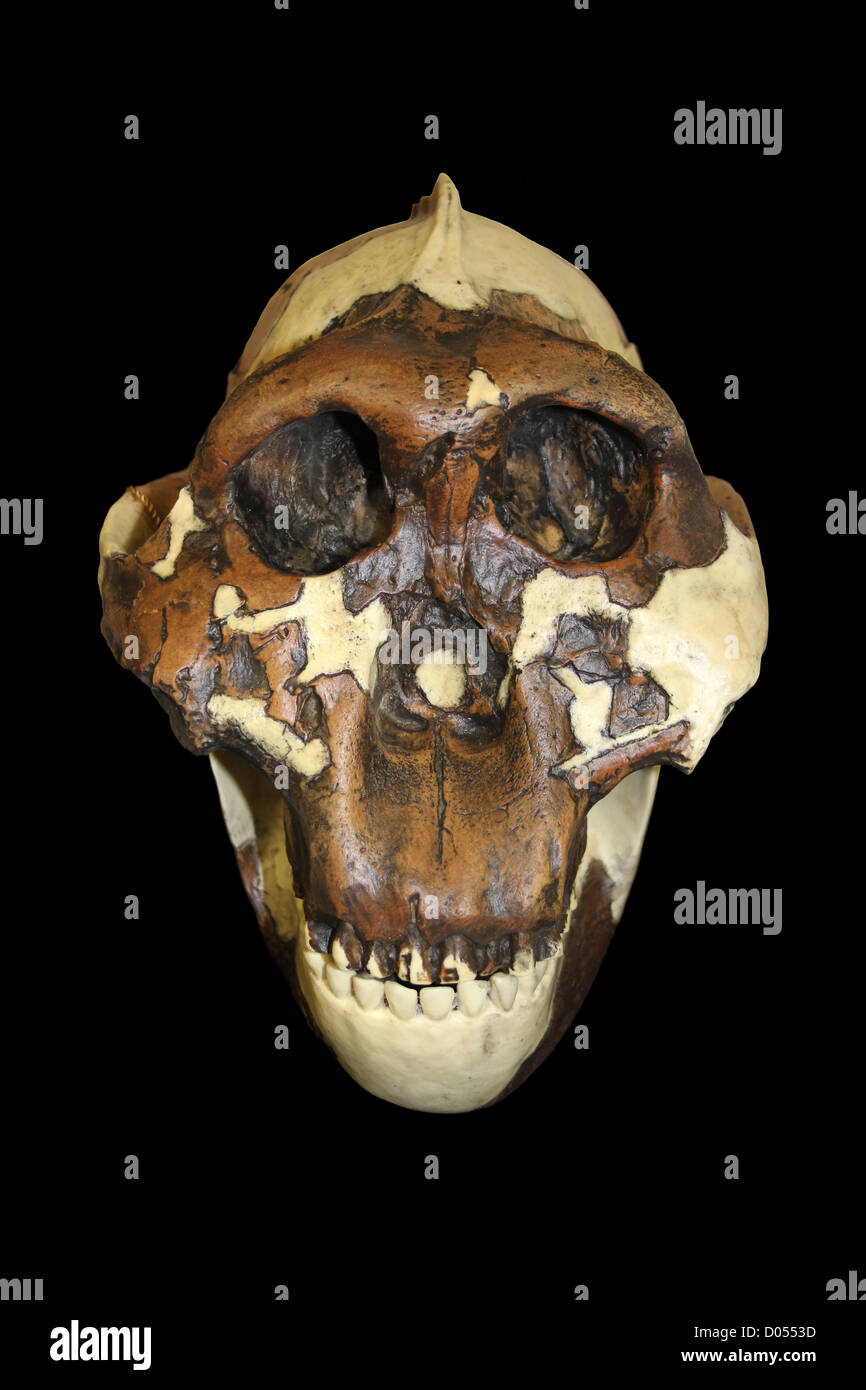 Nutcracker Man Australopithecus boisei Skull Stock Photohttps://www.alamy.com/image-license-details/?v=1https://www.alamy.com/stock-photo-nutcracker-man-australopithecus-boisei-skull-51744881.html
Nutcracker Man Australopithecus boisei Skull Stock Photohttps://www.alamy.com/image-license-details/?v=1https://www.alamy.com/stock-photo-nutcracker-man-australopithecus-boisei-skull-51744881.htmlRMD0553D–Nutcracker Man Australopithecus boisei Skull
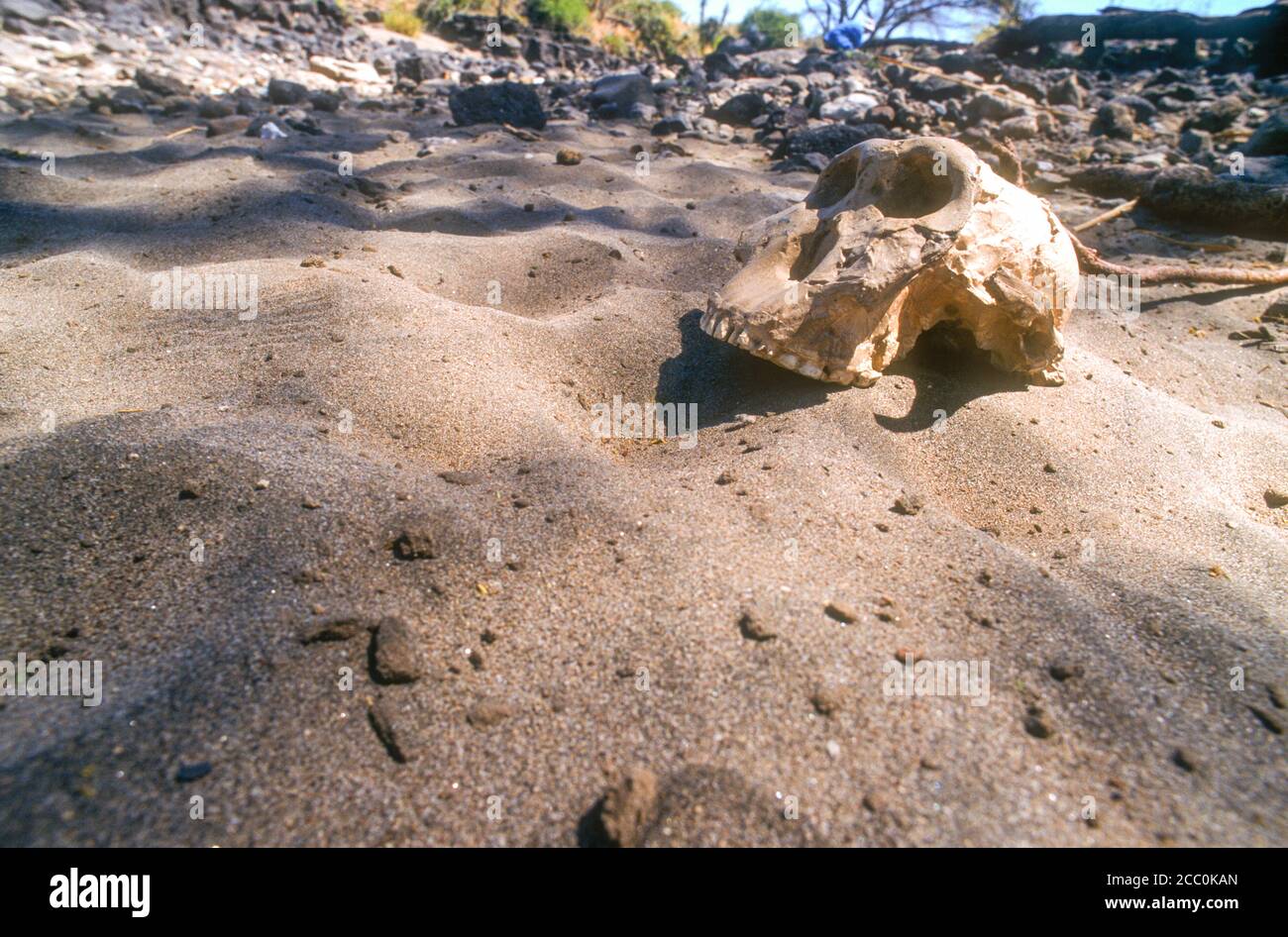 Skull in Olduvai Gorge Tanzania Stock Photohttps://www.alamy.com/image-license-details/?v=1https://www.alamy.com/skull-in-olduvai-gorge-tanzania-image368808797.html
Skull in Olduvai Gorge Tanzania Stock Photohttps://www.alamy.com/image-license-details/?v=1https://www.alamy.com/skull-in-olduvai-gorge-tanzania-image368808797.htmlRF2CC0KAN–Skull in Olduvai Gorge Tanzania
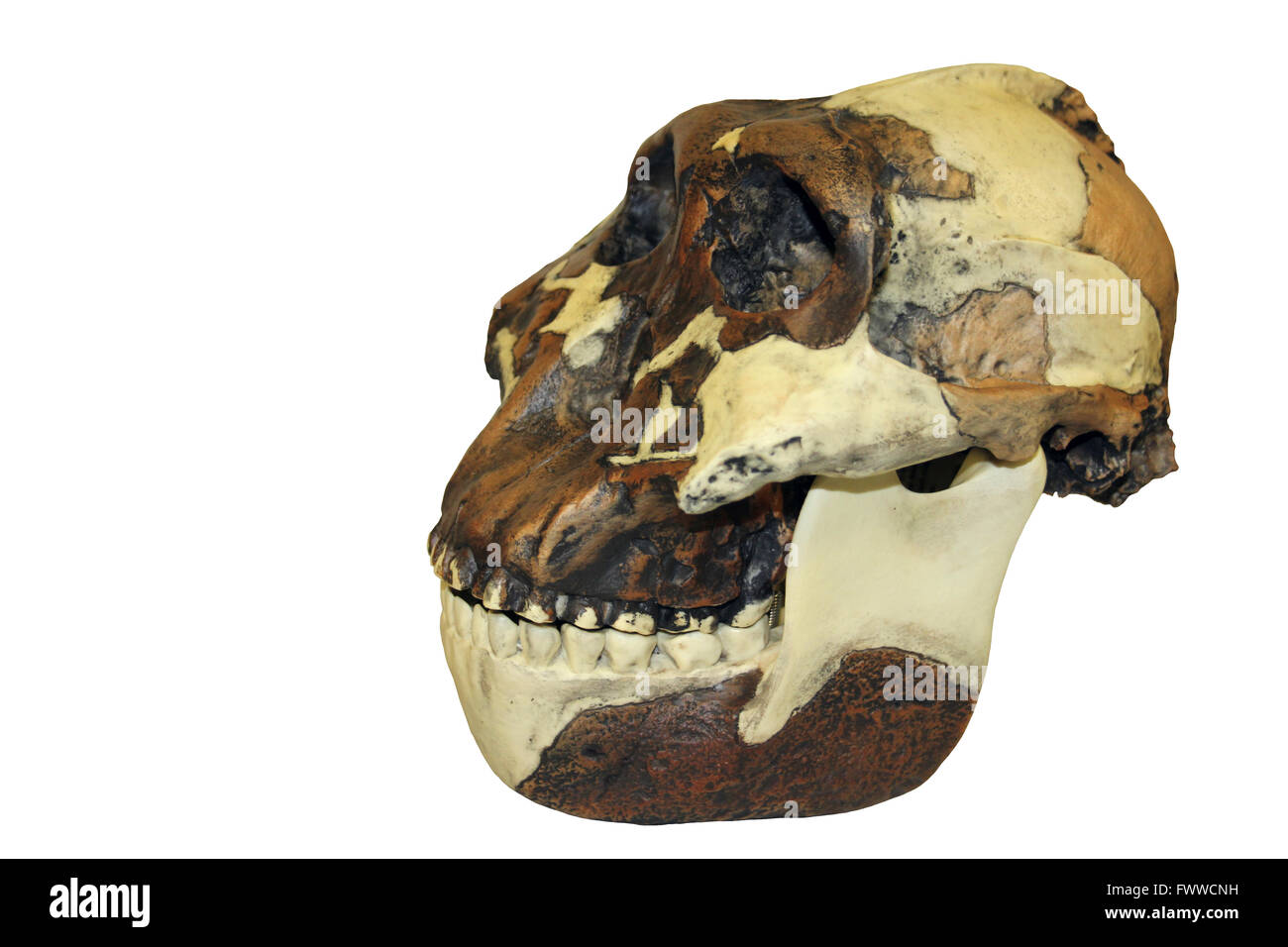 Nutcracker Man Australopithecus boisei Skull Stock Photohttps://www.alamy.com/image-license-details/?v=1https://www.alamy.com/stock-photo-nutcracker-man-australopithecus-boisei-skull-101977053.html
Nutcracker Man Australopithecus boisei Skull Stock Photohttps://www.alamy.com/image-license-details/?v=1https://www.alamy.com/stock-photo-nutcracker-man-australopithecus-boisei-skull-101977053.htmlRMFWWCNH–Nutcracker Man Australopithecus boisei Skull
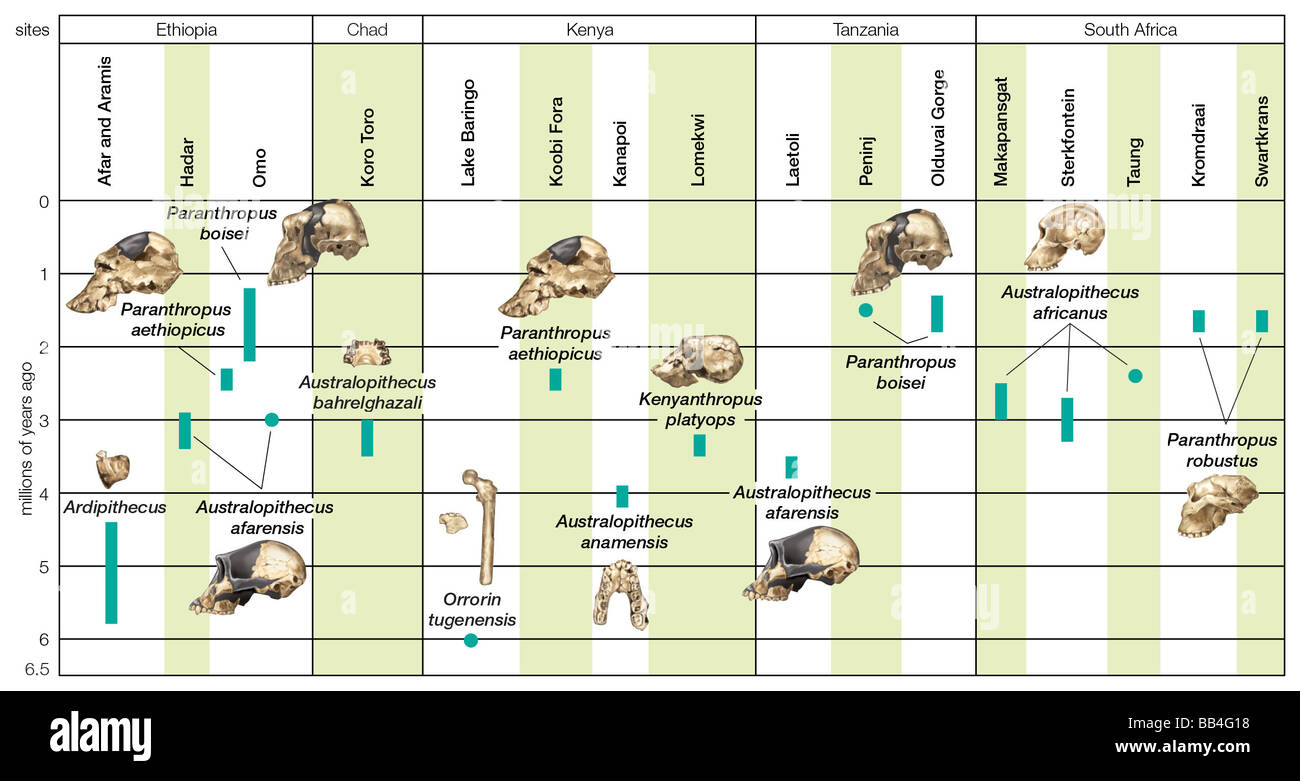 Archaeological timescale combining chronological and geographic information about australopith fossils. Stock Photohttps://www.alamy.com/image-license-details/?v=1https://www.alamy.com/stock-photo-archaeological-timescale-combining-chronological-and-geographic-information-24071972.html
Archaeological timescale combining chronological and geographic information about australopith fossils. Stock Photohttps://www.alamy.com/image-license-details/?v=1https://www.alamy.com/stock-photo-archaeological-timescale-combining-chronological-and-geographic-information-24071972.htmlRMBB4G18–Archaeological timescale combining chronological and geographic information about australopith fossils.
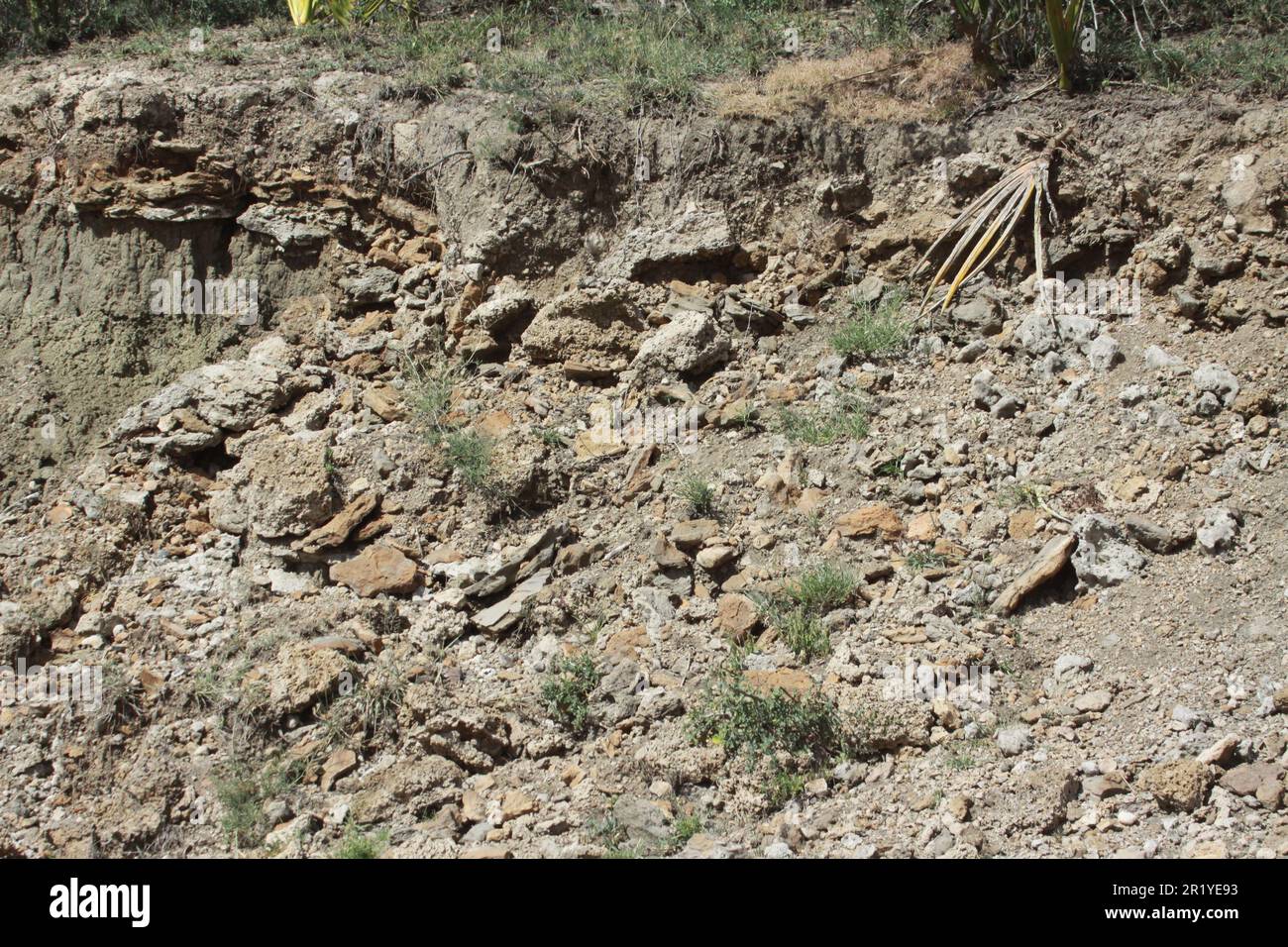 The Olduvai Gorge or Oldupai Gorge in Tanzania is one of the most important paleoanthropological localities in the world; the many sites exposed by th Stock Photohttps://www.alamy.com/image-license-details/?v=1https://www.alamy.com/the-olduvai-gorge-or-oldupai-gorge-in-tanzania-is-one-of-the-most-important-paleoanthropological-localities-in-the-world-the-many-sites-exposed-by-th-image551950367.html
The Olduvai Gorge or Oldupai Gorge in Tanzania is one of the most important paleoanthropological localities in the world; the many sites exposed by th Stock Photohttps://www.alamy.com/image-license-details/?v=1https://www.alamy.com/the-olduvai-gorge-or-oldupai-gorge-in-tanzania-is-one-of-the-most-important-paleoanthropological-localities-in-the-world-the-many-sites-exposed-by-th-image551950367.htmlRM2R1YE93–The Olduvai Gorge or Oldupai Gorge in Tanzania is one of the most important paleoanthropological localities in the world; the many sites exposed by th
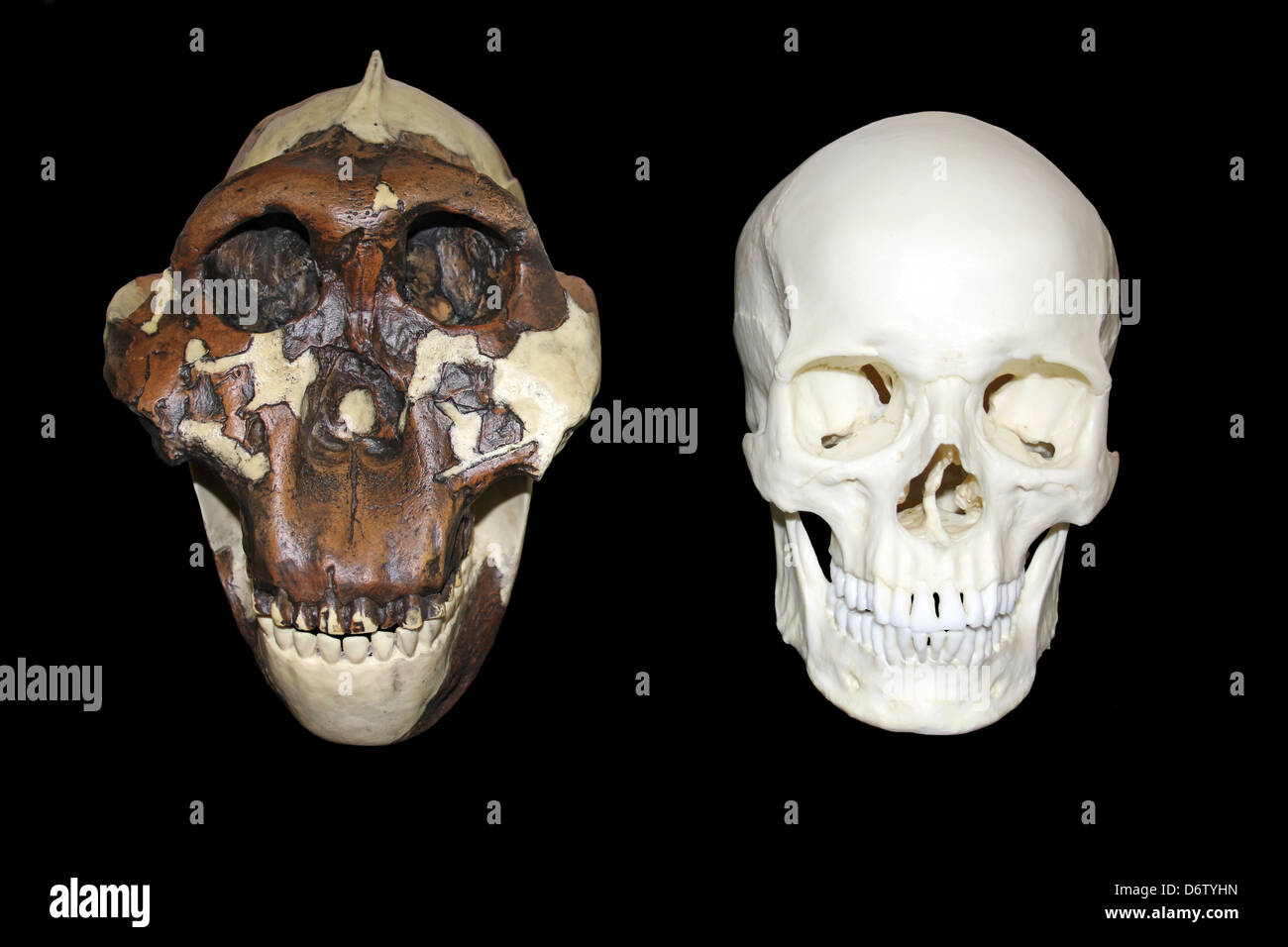 Nutcracker Man Australopithecus boisei vs Homo sapiens Skull Stock Photohttps://www.alamy.com/image-license-details/?v=1https://www.alamy.com/stock-photo-nutcracker-man-australopithecus-boisei-vs-homo-sapiens-skull-55867553.html
Nutcracker Man Australopithecus boisei vs Homo sapiens Skull Stock Photohttps://www.alamy.com/image-license-details/?v=1https://www.alamy.com/stock-photo-nutcracker-man-australopithecus-boisei-vs-homo-sapiens-skull-55867553.htmlRMD6TYHN–Nutcracker Man Australopithecus boisei vs Homo sapiens Skull
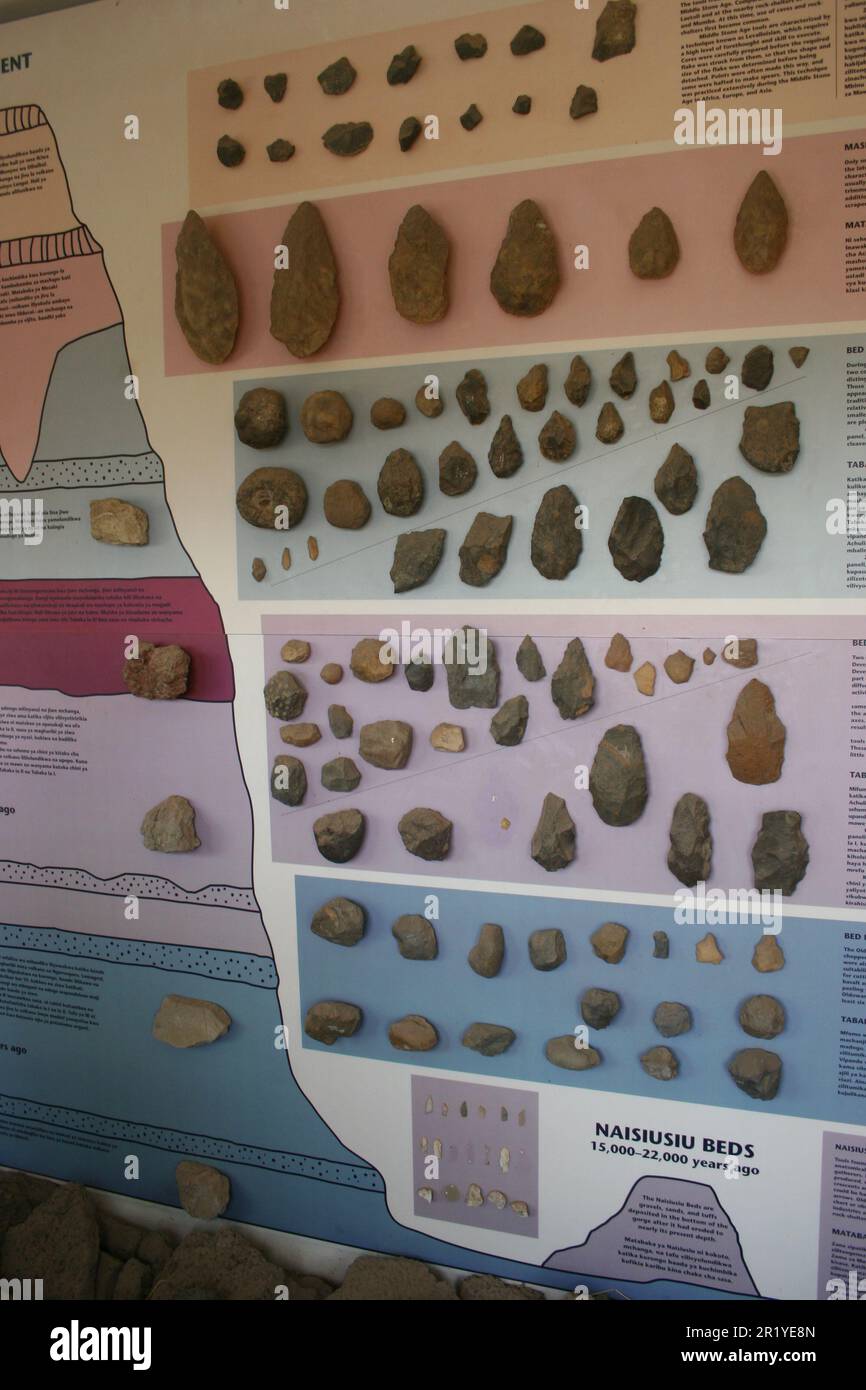 The Olduvai Gorge or Oldupai Gorge in Tanzania is one of the most important paleoanthropological localities in the world; the many sites exposed by th Stock Photohttps://www.alamy.com/image-license-details/?v=1https://www.alamy.com/the-olduvai-gorge-or-oldupai-gorge-in-tanzania-is-one-of-the-most-important-paleoanthropological-localities-in-the-world-the-many-sites-exposed-by-th-image551950357.html
The Olduvai Gorge or Oldupai Gorge in Tanzania is one of the most important paleoanthropological localities in the world; the many sites exposed by th Stock Photohttps://www.alamy.com/image-license-details/?v=1https://www.alamy.com/the-olduvai-gorge-or-oldupai-gorge-in-tanzania-is-one-of-the-most-important-paleoanthropological-localities-in-the-world-the-many-sites-exposed-by-th-image551950357.htmlRM2R1YE8N–The Olduvai Gorge or Oldupai Gorge in Tanzania is one of the most important paleoanthropological localities in the world; the many sites exposed by th
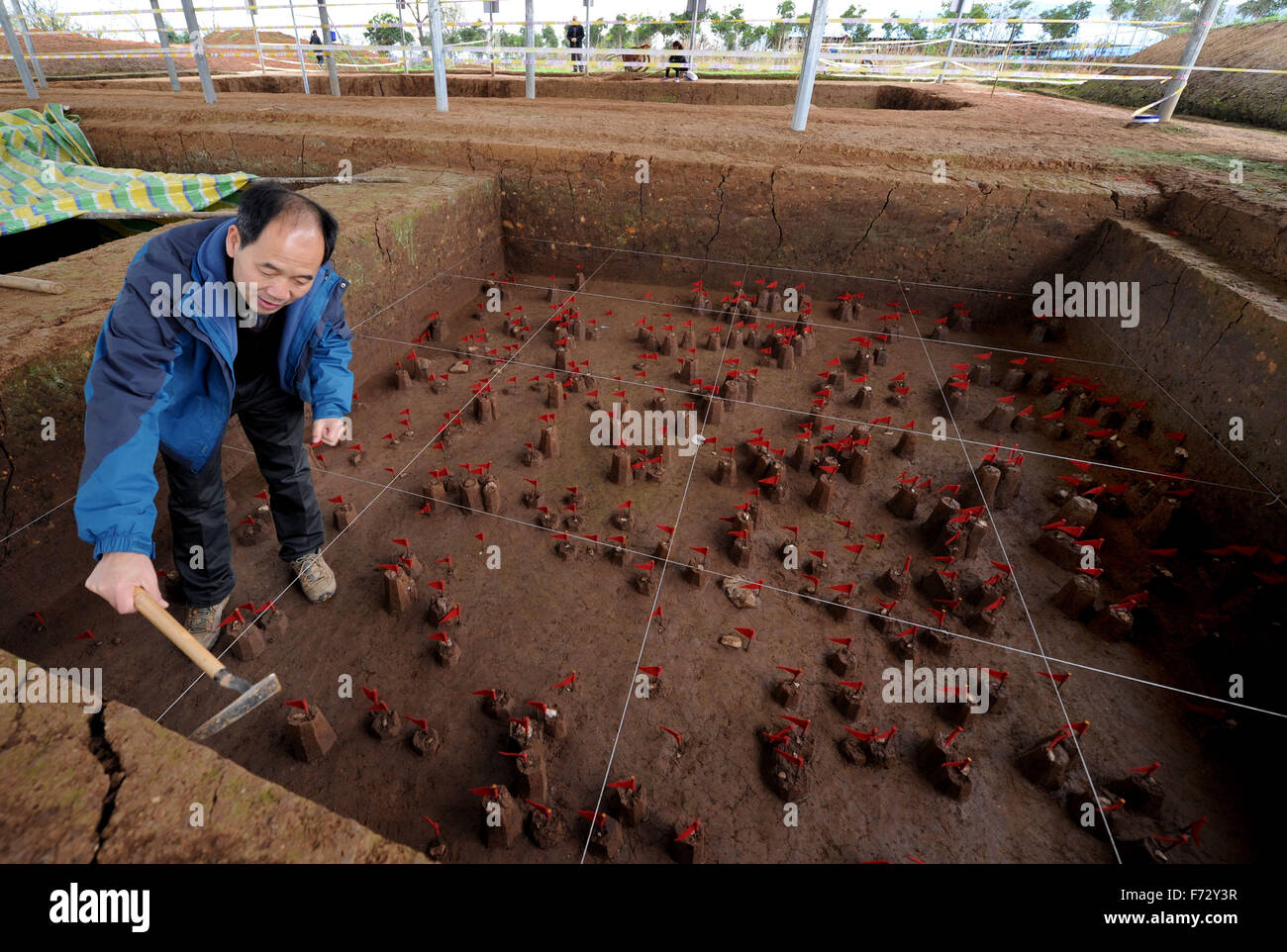 (151124) -- XI'AN, Nov. 24, 2015 (Xinhua) -- Researcher Wang Shejiang from Institute of Vertebrate Paleontology and Paleoanthropology of China Academy of Sciences works at the excavation site of the Paleolithic site at the ruins of the Longgang Temple paleoanthropological site in Hanzhong City, north China's Shaanxi Province, Nov. 24, 2015. Archeologists from Institute of Vertebrate Paleontology and Paleoanthropology of China Academy of Sciences and Shaanxi Archaeological Institute have found traces of human activities dating back to over one million years ago at the Longgang Temple Ruins. The Stock Photohttps://www.alamy.com/image-license-details/?v=1https://www.alamy.com/stock-photo-151124-xian-nov-24-2015-xinhua-researcher-wang-shejiang-from-institute-90419611.html
(151124) -- XI'AN, Nov. 24, 2015 (Xinhua) -- Researcher Wang Shejiang from Institute of Vertebrate Paleontology and Paleoanthropology of China Academy of Sciences works at the excavation site of the Paleolithic site at the ruins of the Longgang Temple paleoanthropological site in Hanzhong City, north China's Shaanxi Province, Nov. 24, 2015. Archeologists from Institute of Vertebrate Paleontology and Paleoanthropology of China Academy of Sciences and Shaanxi Archaeological Institute have found traces of human activities dating back to over one million years ago at the Longgang Temple Ruins. The Stock Photohttps://www.alamy.com/image-license-details/?v=1https://www.alamy.com/stock-photo-151124-xian-nov-24-2015-xinhua-researcher-wang-shejiang-from-institute-90419611.htmlRMF72Y3R–(151124) -- XI'AN, Nov. 24, 2015 (Xinhua) -- Researcher Wang Shejiang from Institute of Vertebrate Paleontology and Paleoanthropology of China Academy of Sciences works at the excavation site of the Paleolithic site at the ruins of the Longgang Temple paleoanthropological site in Hanzhong City, north China's Shaanxi Province, Nov. 24, 2015. Archeologists from Institute of Vertebrate Paleontology and Paleoanthropology of China Academy of Sciences and Shaanxi Archaeological Institute have found traces of human activities dating back to over one million years ago at the Longgang Temple Ruins. The
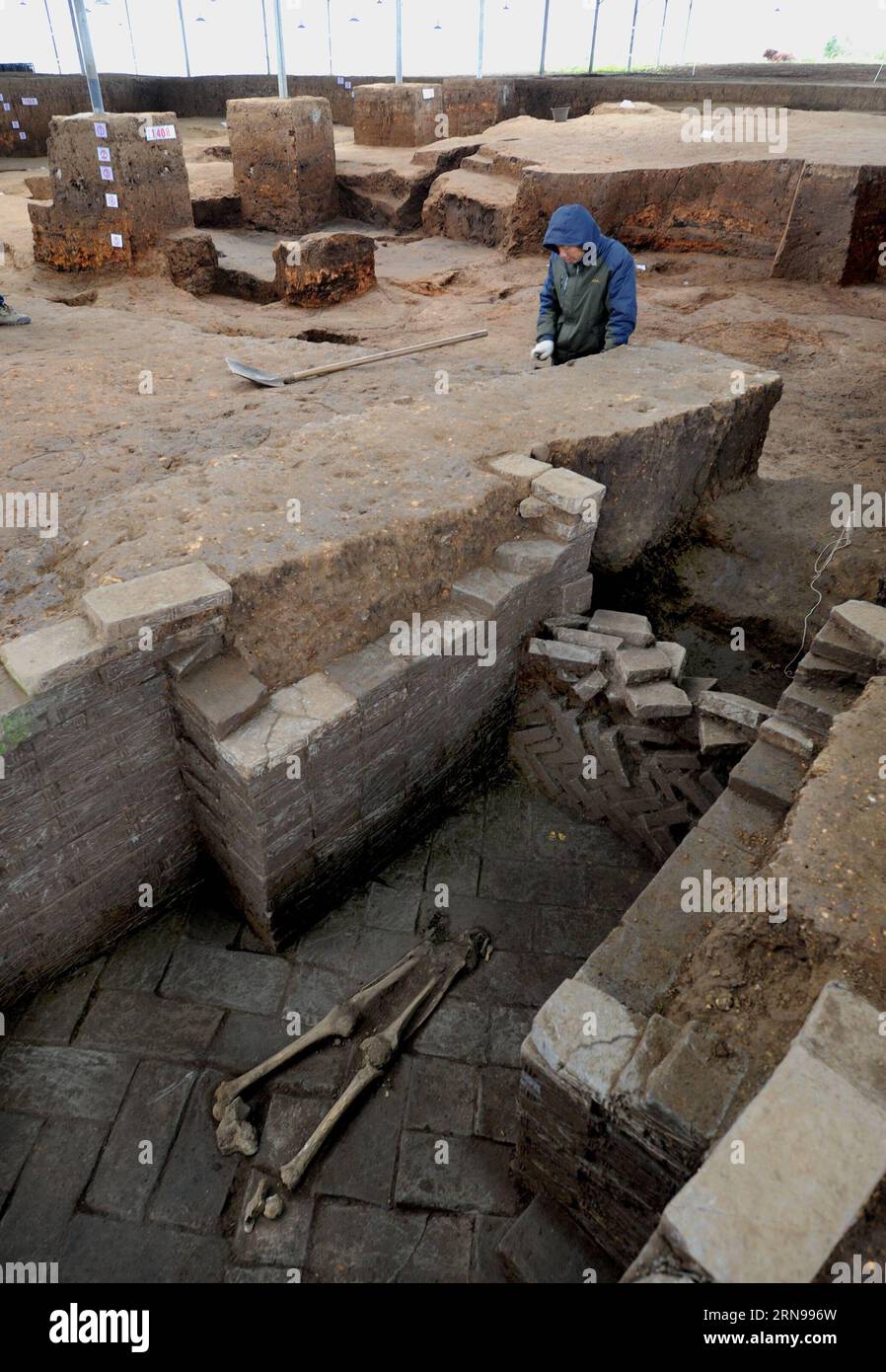 (151124) -- XI AN, Nov. 24, 2015 -- Archaeologists work at the ruins of the Longgang Temple paleoanthropological site in Hanzhong City, north China s Shaanxi Province, Nov. 24, 2015. Archeologists from Institute of Vertebrate Paleontology and Paleoanthropology of China Academy of Sciences and Shaanxi Archaeological Institute have found traces of human activities dating back to over one million years ago at the Longgang Temple Ruins. The discovery proves that the Hanshui Valley is also one of the origins of ancient Chinese civilization. The Longgang Temple Ruins was discovered in 1980s. Since 2 Stock Photohttps://www.alamy.com/image-license-details/?v=1https://www.alamy.com/151124-xi-an-nov-24-2015-archaeologists-work-at-the-ruins-of-the-longgang-temple-paleoanthropological-site-in-hanzhong-city-north-china-s-shaanxi-province-nov-24-2015-archeologists-from-institute-of-vertebrate-paleontology-and-paleoanthropology-of-china-academy-of-sciences-and-shaanxi-archaeological-institute-have-found-traces-of-human-activities-dating-back-to-over-one-million-years-ago-at-the-longgang-temple-ruins-the-discovery-proves-that-the-hanshui-valley-is-also-one-of-the-origins-of-ancient-chinese-civilization-the-longgang-temple-ruins-was-discovered-in-1980s-since-2-image563844369.html
(151124) -- XI AN, Nov. 24, 2015 -- Archaeologists work at the ruins of the Longgang Temple paleoanthropological site in Hanzhong City, north China s Shaanxi Province, Nov. 24, 2015. Archeologists from Institute of Vertebrate Paleontology and Paleoanthropology of China Academy of Sciences and Shaanxi Archaeological Institute have found traces of human activities dating back to over one million years ago at the Longgang Temple Ruins. The discovery proves that the Hanshui Valley is also one of the origins of ancient Chinese civilization. The Longgang Temple Ruins was discovered in 1980s. Since 2 Stock Photohttps://www.alamy.com/image-license-details/?v=1https://www.alamy.com/151124-xi-an-nov-24-2015-archaeologists-work-at-the-ruins-of-the-longgang-temple-paleoanthropological-site-in-hanzhong-city-north-china-s-shaanxi-province-nov-24-2015-archeologists-from-institute-of-vertebrate-paleontology-and-paleoanthropology-of-china-academy-of-sciences-and-shaanxi-archaeological-institute-have-found-traces-of-human-activities-dating-back-to-over-one-million-years-ago-at-the-longgang-temple-ruins-the-discovery-proves-that-the-hanshui-valley-is-also-one-of-the-origins-of-ancient-chinese-civilization-the-longgang-temple-ruins-was-discovered-in-1980s-since-2-image563844369.htmlRM2RN996W–(151124) -- XI AN, Nov. 24, 2015 -- Archaeologists work at the ruins of the Longgang Temple paleoanthropological site in Hanzhong City, north China s Shaanxi Province, Nov. 24, 2015. Archeologists from Institute of Vertebrate Paleontology and Paleoanthropology of China Academy of Sciences and Shaanxi Archaeological Institute have found traces of human activities dating back to over one million years ago at the Longgang Temple Ruins. The discovery proves that the Hanshui Valley is also one of the origins of ancient Chinese civilization. The Longgang Temple Ruins was discovered in 1980s. Since 2
 Side View Of Homo habilis Skull OH24 'Twiggy' Stock Photohttps://www.alamy.com/image-license-details/?v=1https://www.alamy.com/side-view-of-homo-habilis-skull-oh24-twiggy-image158508968.html
Side View Of Homo habilis Skull OH24 'Twiggy' Stock Photohttps://www.alamy.com/image-license-details/?v=1https://www.alamy.com/side-view-of-homo-habilis-skull-oh24-twiggy-image158508968.htmlRMK5TKPG–Side View Of Homo habilis Skull OH24 'Twiggy'
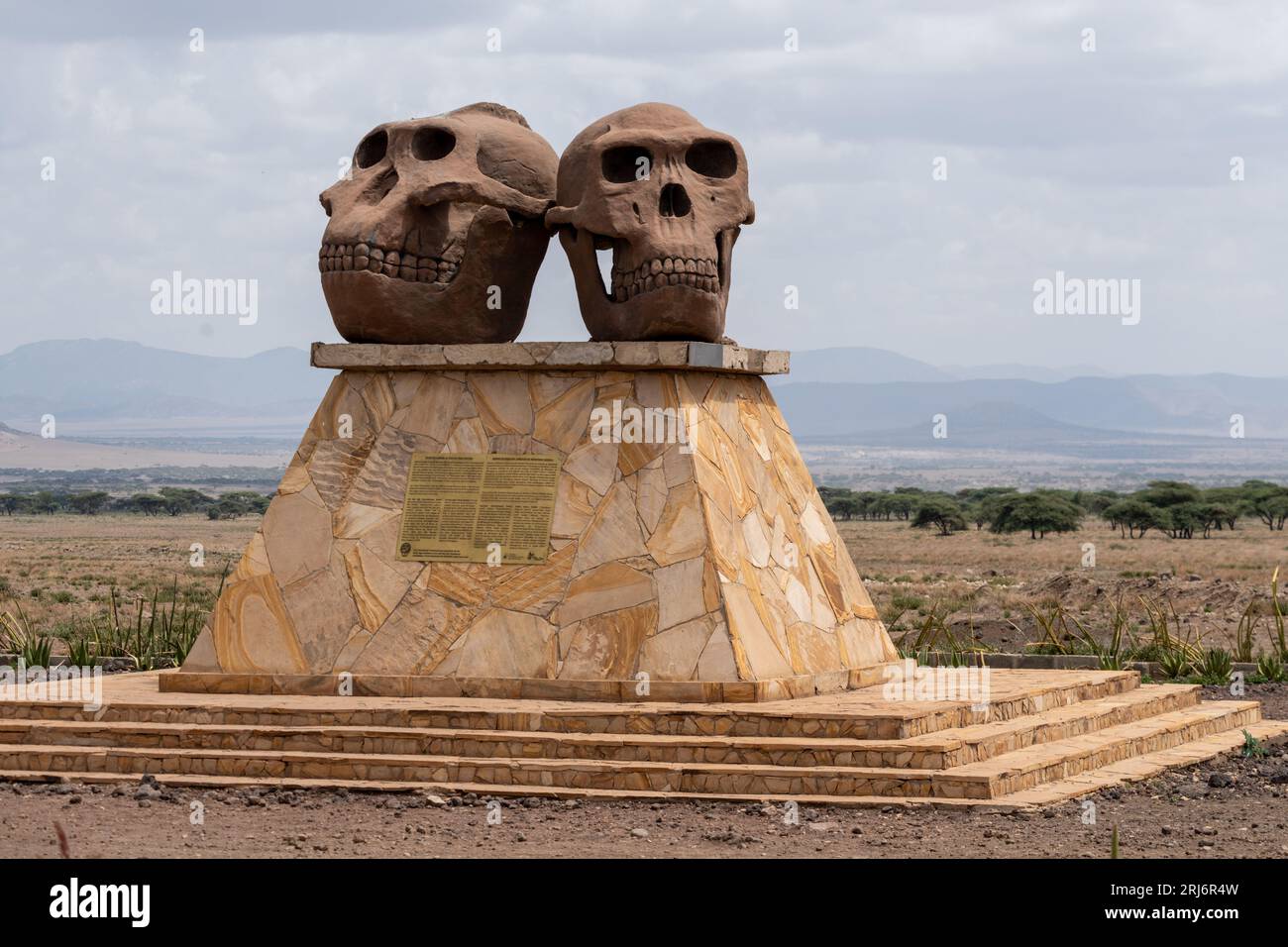 Tanzania, Africa - March 12, 2023: Statue at the Olduvai Gorge Museum (Ngorongoro Conservation Area). Human Skulls of Paranthropus and Homo Habilis Stock Photohttps://www.alamy.com/image-license-details/?v=1https://www.alamy.com/tanzania-africa-march-12-2023-statue-at-the-olduvai-gorge-museum-ngorongoro-conservation-area-human-skulls-of-paranthropus-and-homo-habilis-image561945465.html
Tanzania, Africa - March 12, 2023: Statue at the Olduvai Gorge Museum (Ngorongoro Conservation Area). Human Skulls of Paranthropus and Homo Habilis Stock Photohttps://www.alamy.com/image-license-details/?v=1https://www.alamy.com/tanzania-africa-march-12-2023-statue-at-the-olduvai-gorge-museum-ngorongoro-conservation-area-human-skulls-of-paranthropus-and-homo-habilis-image561945465.htmlRF2RJ6R4W–Tanzania, Africa - March 12, 2023: Statue at the Olduvai Gorge Museum (Ngorongoro Conservation Area). Human Skulls of Paranthropus and Homo Habilis
 Replica Homo habilis Skull KNM ER 1813 Stock Photohttps://www.alamy.com/image-license-details/?v=1https://www.alamy.com/replica-homo-habilis-skull-knm-er-1813-image158508961.html
Replica Homo habilis Skull KNM ER 1813 Stock Photohttps://www.alamy.com/image-license-details/?v=1https://www.alamy.com/replica-homo-habilis-skull-knm-er-1813-image158508961.htmlRMK5TKP9–Replica Homo habilis Skull KNM ER 1813
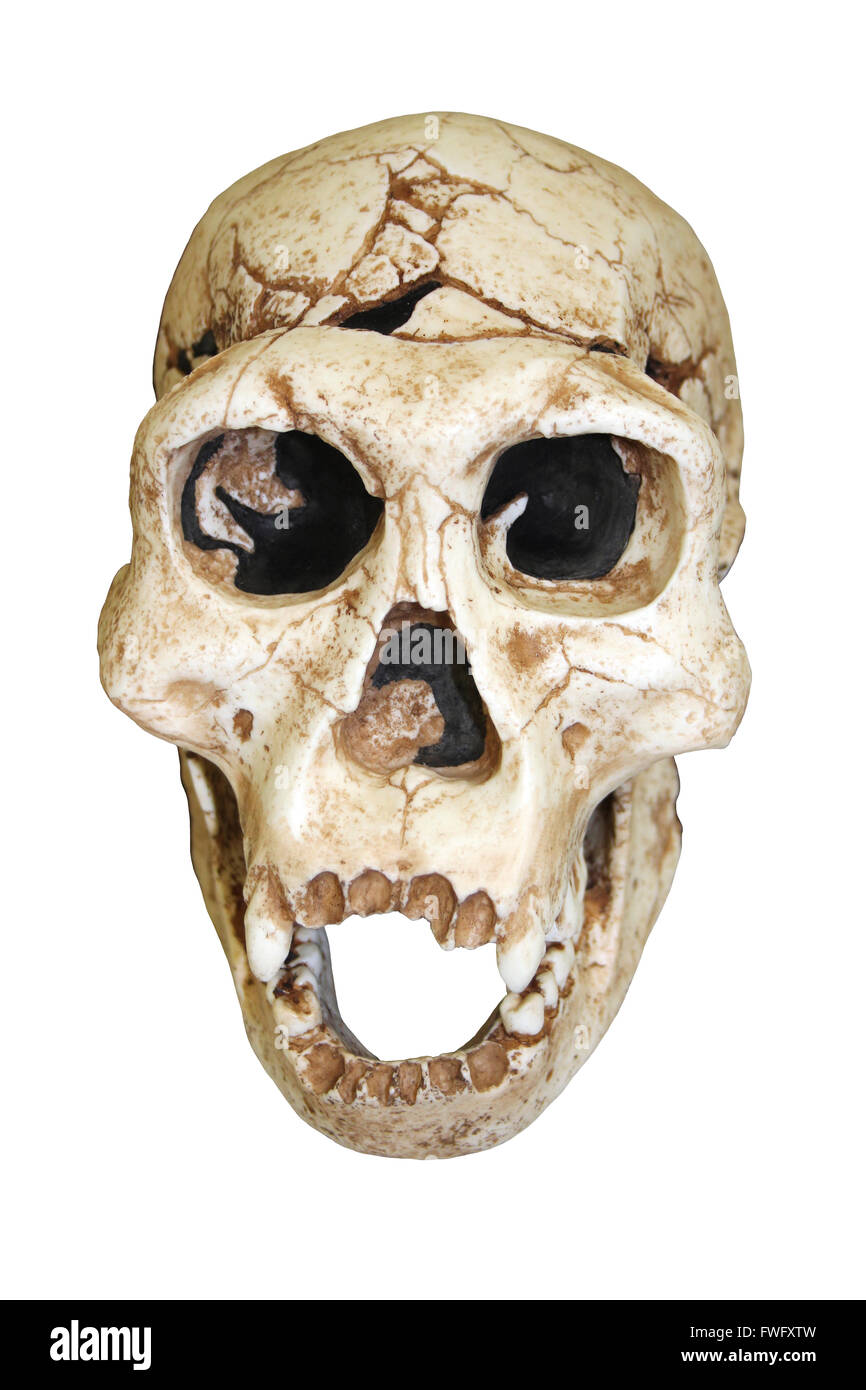 Dmanisi Homo erectus Skull Stock Photohttps://www.alamy.com/image-license-details/?v=1https://www.alamy.com/stock-photo-dmanisi-homo-erectus-skull-101768601.html
Dmanisi Homo erectus Skull Stock Photohttps://www.alamy.com/image-license-details/?v=1https://www.alamy.com/stock-photo-dmanisi-homo-erectus-skull-101768601.htmlRMFWFXTW–Dmanisi Homo erectus Skull
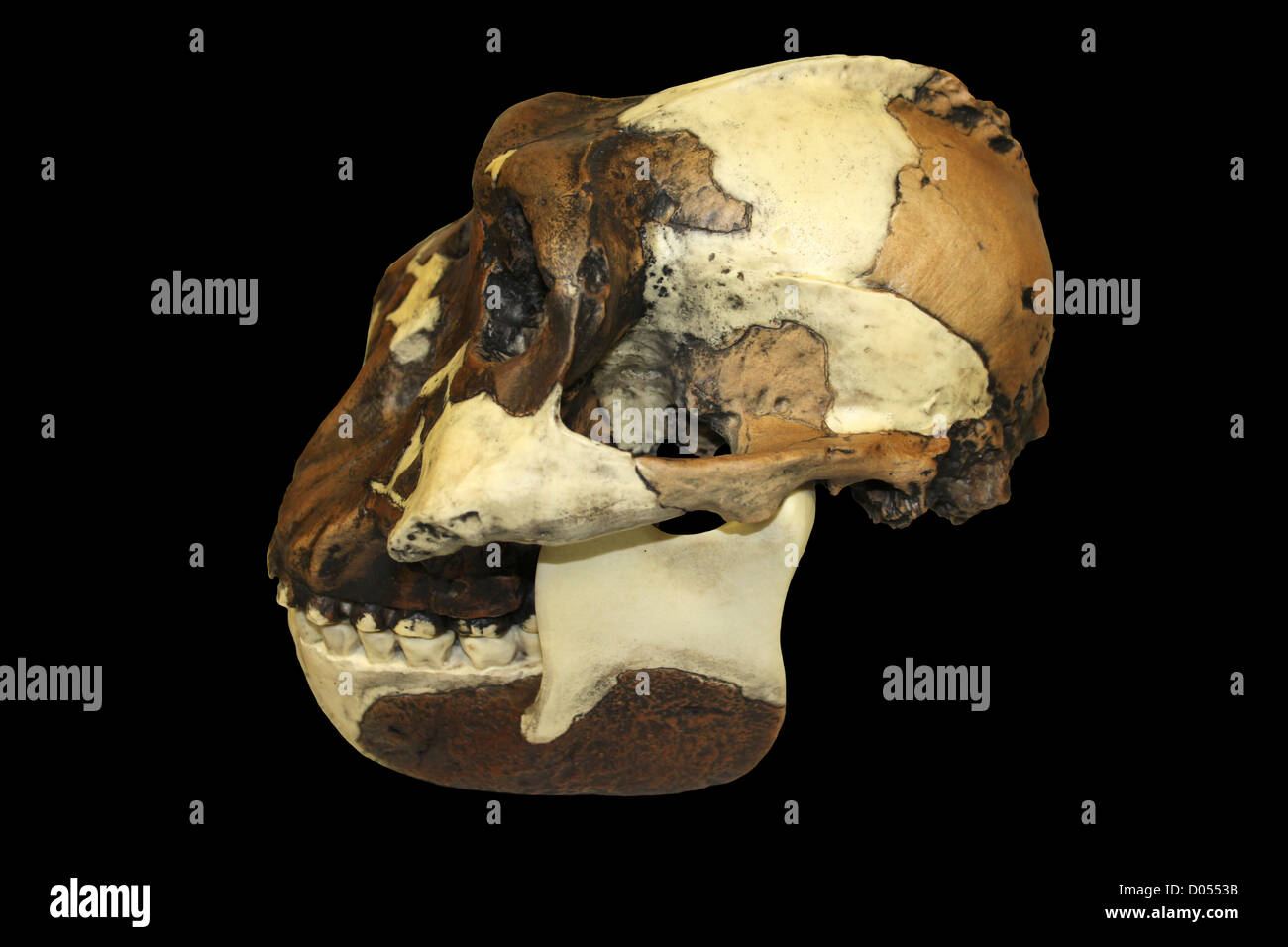 Nutcracker Man Australopithecus boisei Skull Stock Photohttps://www.alamy.com/image-license-details/?v=1https://www.alamy.com/stock-photo-nutcracker-man-australopithecus-boisei-skull-51744879.html
Nutcracker Man Australopithecus boisei Skull Stock Photohttps://www.alamy.com/image-license-details/?v=1https://www.alamy.com/stock-photo-nutcracker-man-australopithecus-boisei-skull-51744879.htmlRMD0553B–Nutcracker Man Australopithecus boisei Skull
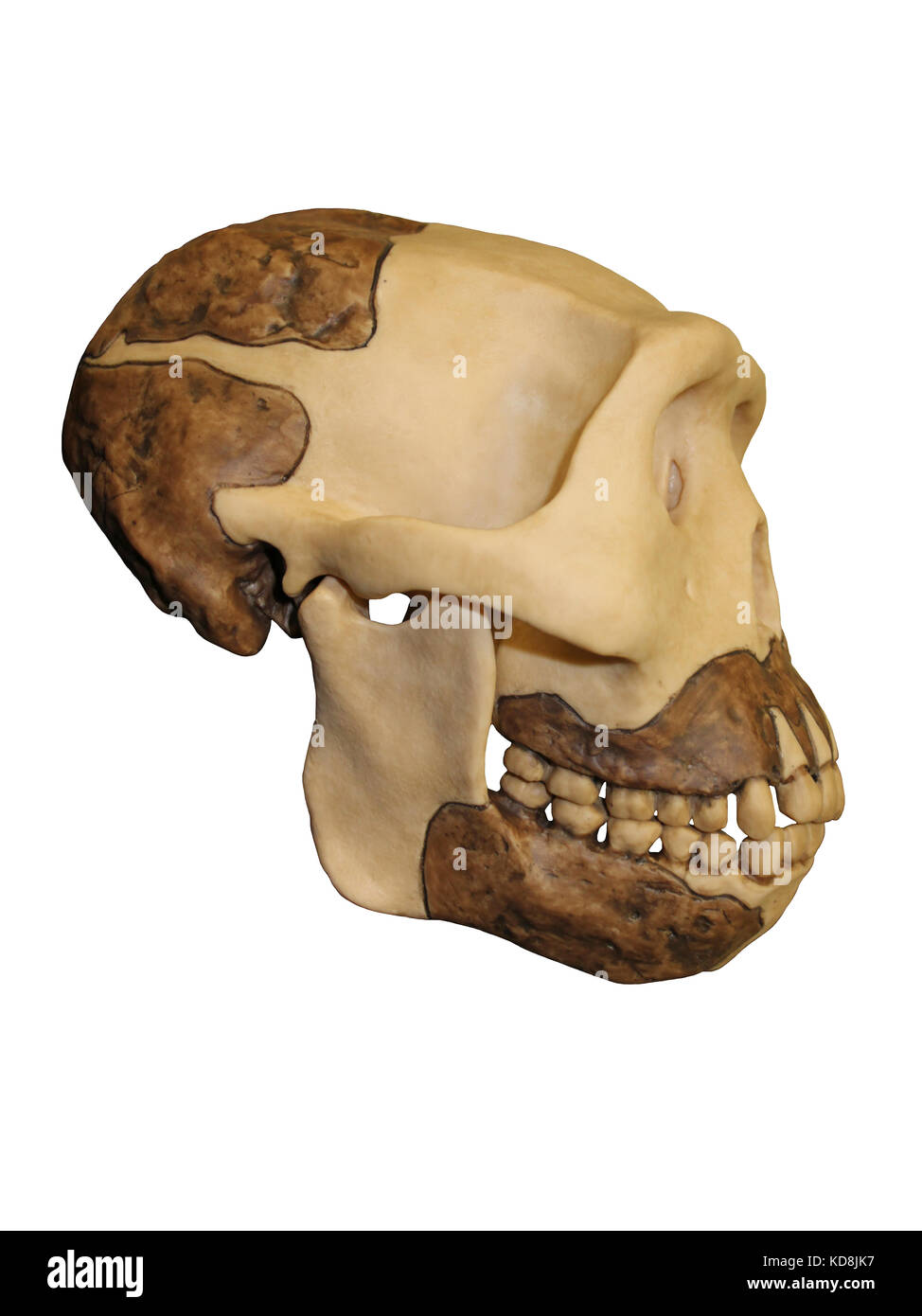 Java Man Homo erectus Skull Side View Stock Photohttps://www.alamy.com/image-license-details/?v=1https://www.alamy.com/stock-image-java-man-homo-erectus-skull-side-view-163074107.html
Java Man Homo erectus Skull Side View Stock Photohttps://www.alamy.com/image-license-details/?v=1https://www.alamy.com/stock-image-java-man-homo-erectus-skull-side-view-163074107.htmlRMKD8JK7–Java Man Homo erectus Skull Side View
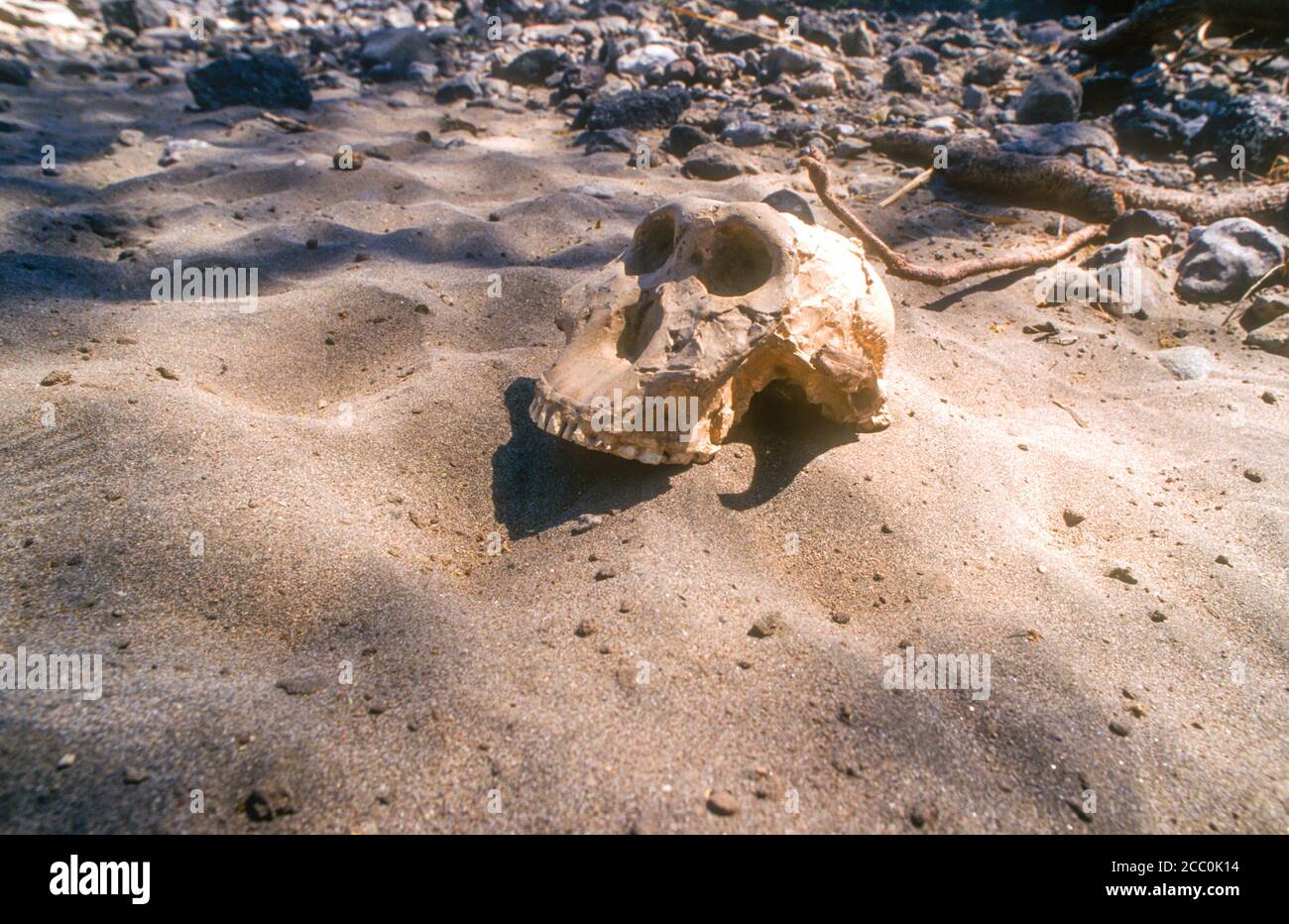 skull in Olduvai Gorge Tanzania Stock Photohttps://www.alamy.com/image-license-details/?v=1https://www.alamy.com/skull-in-olduvai-gorge-tanzania-image368808528.html
skull in Olduvai Gorge Tanzania Stock Photohttps://www.alamy.com/image-license-details/?v=1https://www.alamy.com/skull-in-olduvai-gorge-tanzania-image368808528.htmlRF2CC0K14–skull in Olduvai Gorge Tanzania
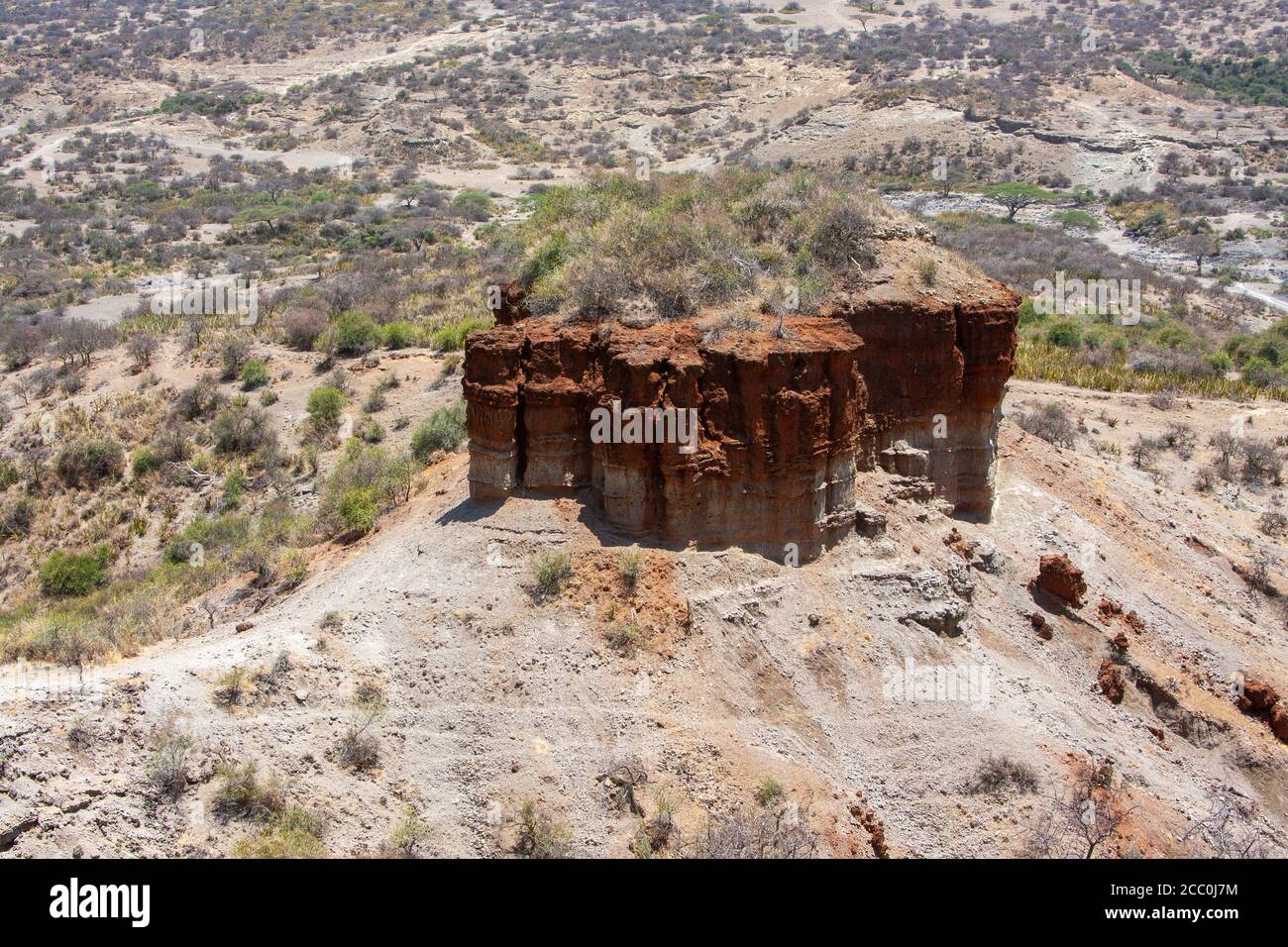 Olduvai Gorge Tanzania Stock Photohttps://www.alamy.com/image-license-details/?v=1https://www.alamy.com/olduvai-gorge-tanzania-image368807928.html
Olduvai Gorge Tanzania Stock Photohttps://www.alamy.com/image-license-details/?v=1https://www.alamy.com/olduvai-gorge-tanzania-image368807928.htmlRF2CC0J7M–Olduvai Gorge Tanzania
 Homo neanderthalensis, who ranged from western Europe to Central Asia for 100,000 years before dying out about 30,000 years ago. Stock Photohttps://www.alamy.com/image-license-details/?v=1https://www.alamy.com/stock-photo-homo-neanderthalensis-who-ranged-from-western-europe-to-central-asia-24072261.html
Homo neanderthalensis, who ranged from western Europe to Central Asia for 100,000 years before dying out about 30,000 years ago. Stock Photohttps://www.alamy.com/image-license-details/?v=1https://www.alamy.com/stock-photo-homo-neanderthalensis-who-ranged-from-western-europe-to-central-asia-24072261.htmlRMBB4GBH–Homo neanderthalensis, who ranged from western Europe to Central Asia for 100,000 years before dying out about 30,000 years ago.
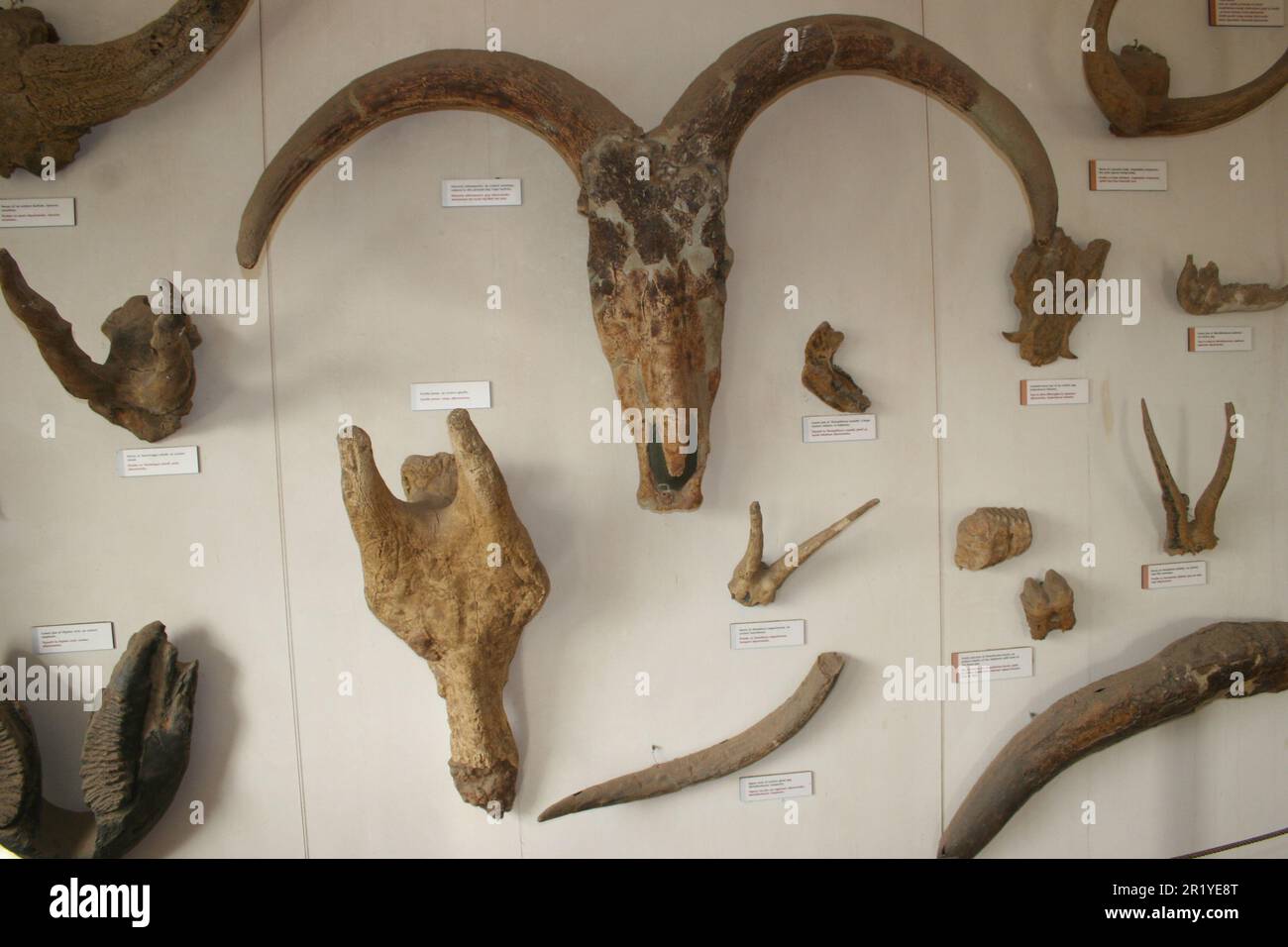 The Olduvai Gorge or Oldupai Gorge in Tanzania is one of the most important paleoanthropological localities in the world; the many sites exposed by th Stock Photohttps://www.alamy.com/image-license-details/?v=1https://www.alamy.com/the-olduvai-gorge-or-oldupai-gorge-in-tanzania-is-one-of-the-most-important-paleoanthropological-localities-in-the-world-the-many-sites-exposed-by-th-image551950360.html
The Olduvai Gorge or Oldupai Gorge in Tanzania is one of the most important paleoanthropological localities in the world; the many sites exposed by th Stock Photohttps://www.alamy.com/image-license-details/?v=1https://www.alamy.com/the-olduvai-gorge-or-oldupai-gorge-in-tanzania-is-one-of-the-most-important-paleoanthropological-localities-in-the-world-the-many-sites-exposed-by-th-image551950360.htmlRM2R1YE8T–The Olduvai Gorge or Oldupai Gorge in Tanzania is one of the most important paleoanthropological localities in the world; the many sites exposed by th
 (151124) -- XI'AN, Nov. 24, 2015 (Xinhua) -- Photo taken on Nov. 24, 2015 shows the ruins of the Longgang Temple paleoanthropological site in Hanzhong City, north China's Shaanxi Province. Archeologists from Institute of Vertebrate Paleontology and Paleoanthropology of China Academy of Sciences and Shaanxi Archaeological Institute have found traces of human activities dating back to over one million years ago at the Longgang Temple Ruins. The discovery proves that the Hanshui Valley is also one of the origins of ancient Chinese civilization. The Longgang Temple Ruins was discovered in 1980s. S Stock Photohttps://www.alamy.com/image-license-details/?v=1https://www.alamy.com/stock-photo-151124-xian-nov-24-2015-xinhua-photo-taken-on-nov-24-2015-shows-the-90419620.html
(151124) -- XI'AN, Nov. 24, 2015 (Xinhua) -- Photo taken on Nov. 24, 2015 shows the ruins of the Longgang Temple paleoanthropological site in Hanzhong City, north China's Shaanxi Province. Archeologists from Institute of Vertebrate Paleontology and Paleoanthropology of China Academy of Sciences and Shaanxi Archaeological Institute have found traces of human activities dating back to over one million years ago at the Longgang Temple Ruins. The discovery proves that the Hanshui Valley is also one of the origins of ancient Chinese civilization. The Longgang Temple Ruins was discovered in 1980s. S Stock Photohttps://www.alamy.com/image-license-details/?v=1https://www.alamy.com/stock-photo-151124-xian-nov-24-2015-xinhua-photo-taken-on-nov-24-2015-shows-the-90419620.htmlRMF72Y44–(151124) -- XI'AN, Nov. 24, 2015 (Xinhua) -- Photo taken on Nov. 24, 2015 shows the ruins of the Longgang Temple paleoanthropological site in Hanzhong City, north China's Shaanxi Province. Archeologists from Institute of Vertebrate Paleontology and Paleoanthropology of China Academy of Sciences and Shaanxi Archaeological Institute have found traces of human activities dating back to over one million years ago at the Longgang Temple Ruins. The discovery proves that the Hanshui Valley is also one of the origins of ancient Chinese civilization. The Longgang Temple Ruins was discovered in 1980s. S
 (151124) -- XI AN, Nov. 24, 2015 -- Archaeologists work at the ruins of the Longgang Temple paleoanthropological site in Hanzhong City, north China s Shaanxi Province, Nov. 24, 2015. Archeologists from Institute of Vertebrate Paleontology and Paleoanthropology of China Academy of Sciences and Shaanxi Archaeological Institute have found traces of human activities dating back to over one million years ago at the Longgang Temple Ruins. The discovery proves that the Hanshui Valley is also one of the origins of ancient Chinese civilization. The Longgang Temple Ruins was discovered in 1980s. Since 2 Stock Photohttps://www.alamy.com/image-license-details/?v=1https://www.alamy.com/151124-xi-an-nov-24-2015-archaeologists-work-at-the-ruins-of-the-longgang-temple-paleoanthropological-site-in-hanzhong-city-north-china-s-shaanxi-province-nov-24-2015-archeologists-from-institute-of-vertebrate-paleontology-and-paleoanthropology-of-china-academy-of-sciences-and-shaanxi-archaeological-institute-have-found-traces-of-human-activities-dating-back-to-over-one-million-years-ago-at-the-longgang-temple-ruins-the-discovery-proves-that-the-hanshui-valley-is-also-one-of-the-origins-of-ancient-chinese-civilization-the-longgang-temple-ruins-was-discovered-in-1980s-since-2-image563844381.html
(151124) -- XI AN, Nov. 24, 2015 -- Archaeologists work at the ruins of the Longgang Temple paleoanthropological site in Hanzhong City, north China s Shaanxi Province, Nov. 24, 2015. Archeologists from Institute of Vertebrate Paleontology and Paleoanthropology of China Academy of Sciences and Shaanxi Archaeological Institute have found traces of human activities dating back to over one million years ago at the Longgang Temple Ruins. The discovery proves that the Hanshui Valley is also one of the origins of ancient Chinese civilization. The Longgang Temple Ruins was discovered in 1980s. Since 2 Stock Photohttps://www.alamy.com/image-license-details/?v=1https://www.alamy.com/151124-xi-an-nov-24-2015-archaeologists-work-at-the-ruins-of-the-longgang-temple-paleoanthropological-site-in-hanzhong-city-north-china-s-shaanxi-province-nov-24-2015-archeologists-from-institute-of-vertebrate-paleontology-and-paleoanthropology-of-china-academy-of-sciences-and-shaanxi-archaeological-institute-have-found-traces-of-human-activities-dating-back-to-over-one-million-years-ago-at-the-longgang-temple-ruins-the-discovery-proves-that-the-hanshui-valley-is-also-one-of-the-origins-of-ancient-chinese-civilization-the-longgang-temple-ruins-was-discovered-in-1980s-since-2-image563844381.htmlRM2RN9979–(151124) -- XI AN, Nov. 24, 2015 -- Archaeologists work at the ruins of the Longgang Temple paleoanthropological site in Hanzhong City, north China s Shaanxi Province, Nov. 24, 2015. Archeologists from Institute of Vertebrate Paleontology and Paleoanthropology of China Academy of Sciences and Shaanxi Archaeological Institute have found traces of human activities dating back to over one million years ago at the Longgang Temple Ruins. The discovery proves that the Hanshui Valley is also one of the origins of ancient Chinese civilization. The Longgang Temple Ruins was discovered in 1980s. Since 2
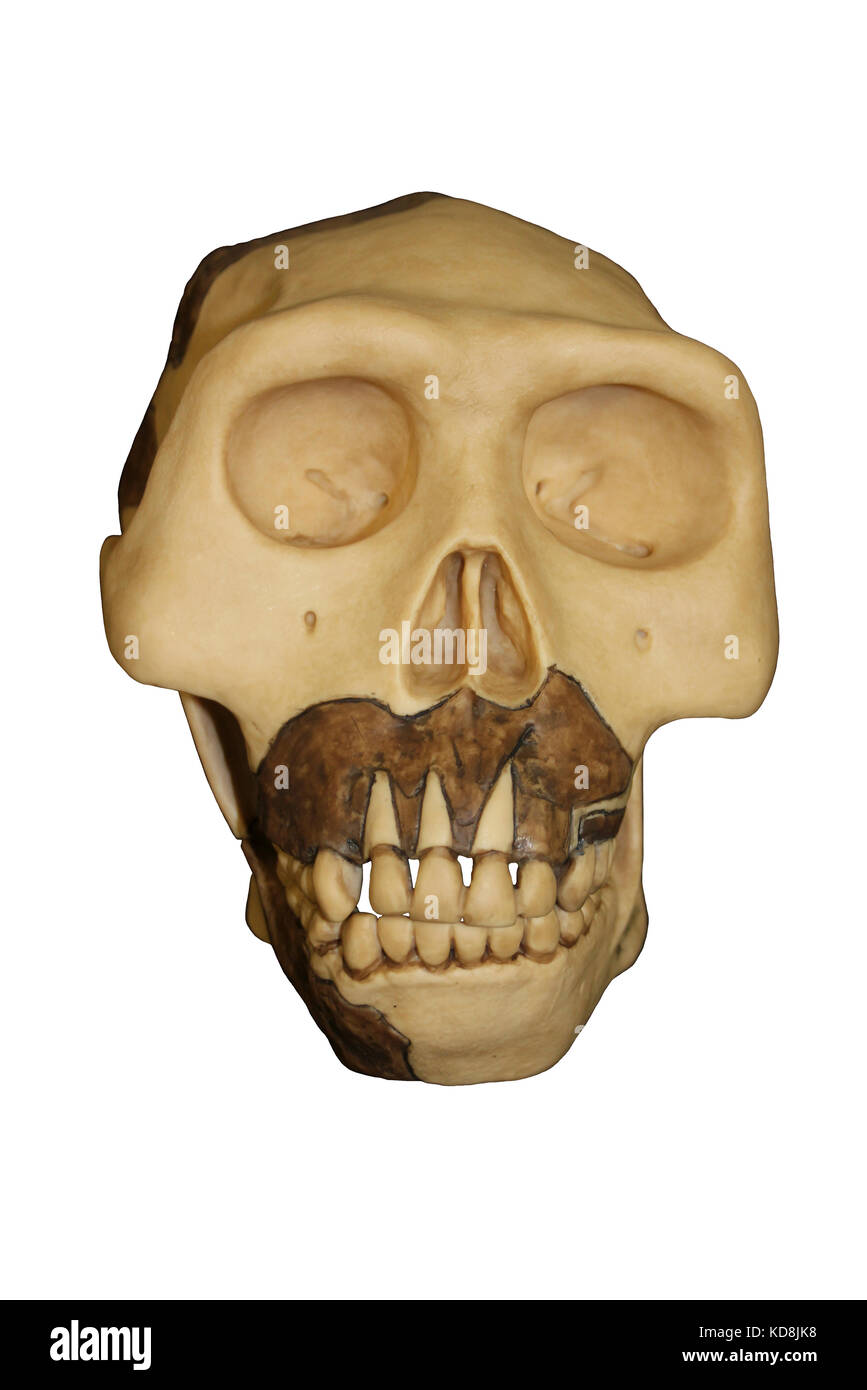 Java Man Homo erectus Skull Stock Photohttps://www.alamy.com/image-license-details/?v=1https://www.alamy.com/stock-image-java-man-homo-erectus-skull-163074108.html
Java Man Homo erectus Skull Stock Photohttps://www.alamy.com/image-license-details/?v=1https://www.alamy.com/stock-image-java-man-homo-erectus-skull-163074108.htmlRMKD8JK8–Java Man Homo erectus Skull
 Nariokotome (Turkana) Boy Skull Stock Photohttps://www.alamy.com/image-license-details/?v=1https://www.alamy.com/stock-image-nariokotome-turkana-boy-skull-162493281.html
Nariokotome (Turkana) Boy Skull Stock Photohttps://www.alamy.com/image-license-details/?v=1https://www.alamy.com/stock-image-nariokotome-turkana-boy-skull-162493281.htmlRMKCA5RD–Nariokotome (Turkana) Boy Skull
 Lucy Australopithecus afarensis Skull Stock Photohttps://www.alamy.com/image-license-details/?v=1https://www.alamy.com/stock-image-lucy-australopithecus-afarensis-skull-162493286.html
Lucy Australopithecus afarensis Skull Stock Photohttps://www.alamy.com/image-license-details/?v=1https://www.alamy.com/stock-image-lucy-australopithecus-afarensis-skull-162493286.htmlRMKCA5RJ–Lucy Australopithecus afarensis Skull
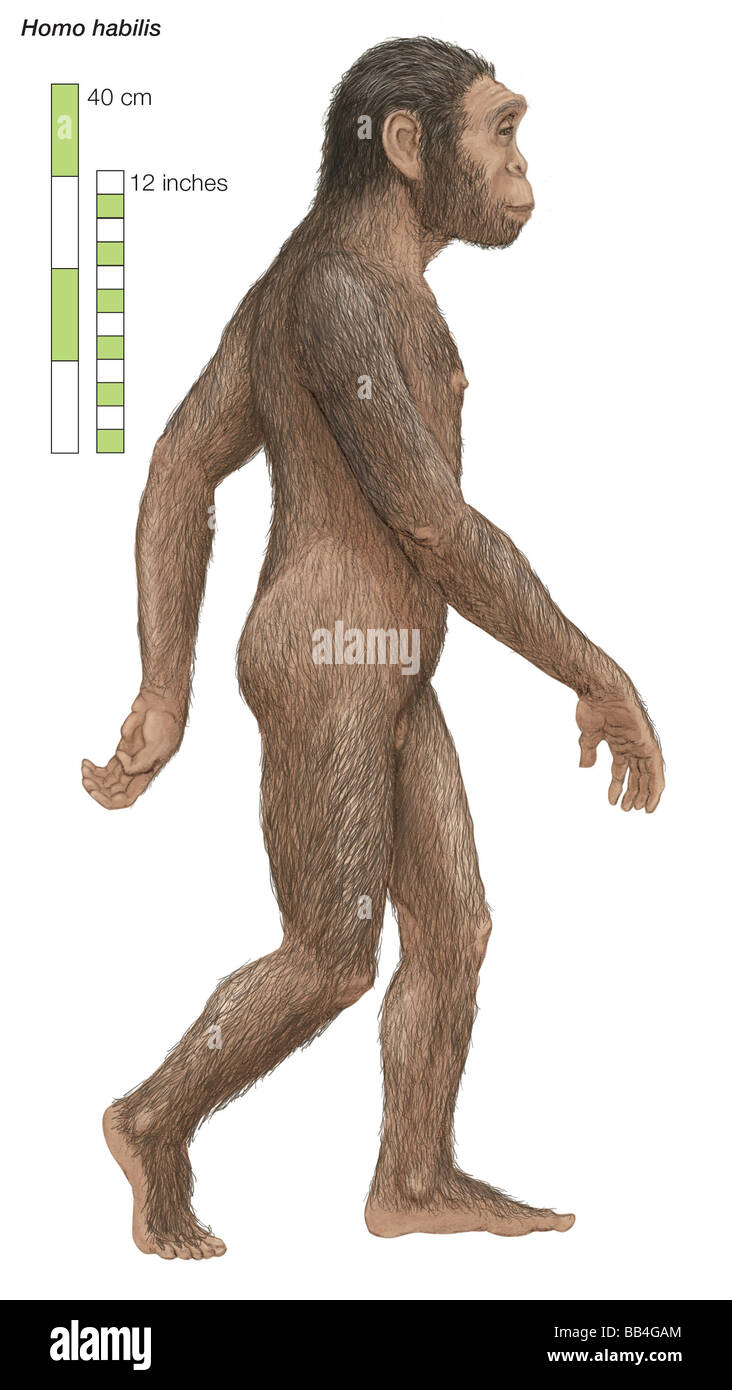 Homo habilis, 'able man' or 'handy man,' which lived from 2 to 1.5 million years ago. Stock Photohttps://www.alamy.com/image-license-details/?v=1https://www.alamy.com/stock-photo-homo-habilis-able-man-or-handy-man-which-lived-from-2-to-15-million-24072236.html
Homo habilis, 'able man' or 'handy man,' which lived from 2 to 1.5 million years ago. Stock Photohttps://www.alamy.com/image-license-details/?v=1https://www.alamy.com/stock-photo-homo-habilis-able-man-or-handy-man-which-lived-from-2-to-15-million-24072236.htmlRMBB4GAM–Homo habilis, 'able man' or 'handy man,' which lived from 2 to 1.5 million years ago.
 Close-up of monolith made of red sediments from Bed III , Olduvai Gorge Tanzania Stock Photohttps://www.alamy.com/image-license-details/?v=1https://www.alamy.com/close-up-of-monolith-made-of-red-sediments-from-bed-iii-olduvai-gorge-tanzania-image368808069.html
Close-up of monolith made of red sediments from Bed III , Olduvai Gorge Tanzania Stock Photohttps://www.alamy.com/image-license-details/?v=1https://www.alamy.com/close-up-of-monolith-made-of-red-sediments-from-bed-iii-olduvai-gorge-tanzania-image368808069.htmlRF2CC0JCN–Close-up of monolith made of red sediments from Bed III , Olduvai Gorge Tanzania
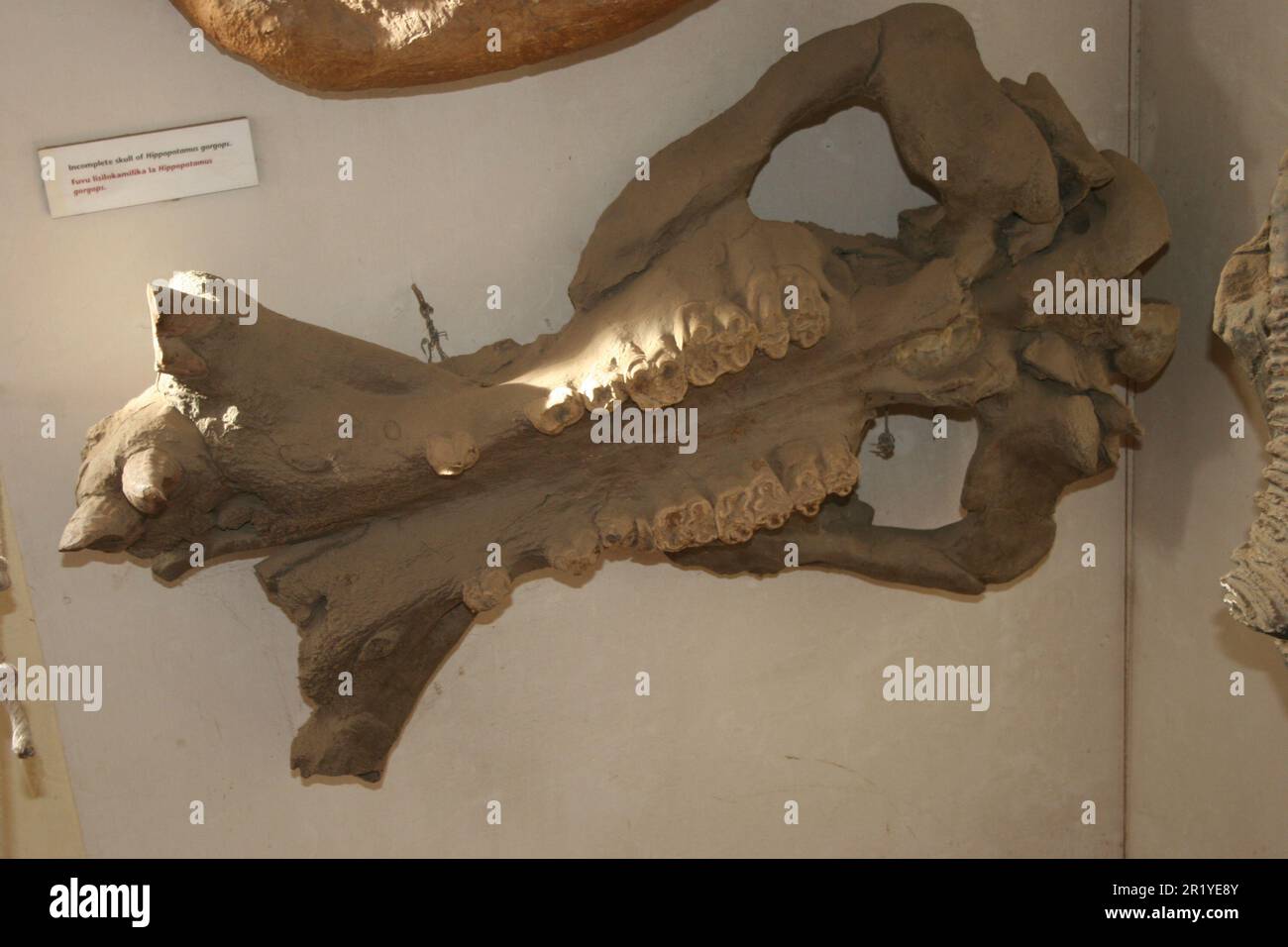 The Olduvai Gorge or Oldupai Gorge in Tanzania is one of the most important paleoanthropological localities in the world; the many sites exposed by th Stock Photohttps://www.alamy.com/image-license-details/?v=1https://www.alamy.com/the-olduvai-gorge-or-oldupai-gorge-in-tanzania-is-one-of-the-most-important-paleoanthropological-localities-in-the-world-the-many-sites-exposed-by-th-image551950363.html
The Olduvai Gorge or Oldupai Gorge in Tanzania is one of the most important paleoanthropological localities in the world; the many sites exposed by th Stock Photohttps://www.alamy.com/image-license-details/?v=1https://www.alamy.com/the-olduvai-gorge-or-oldupai-gorge-in-tanzania-is-one-of-the-most-important-paleoanthropological-localities-in-the-world-the-many-sites-exposed-by-th-image551950363.htmlRM2R1YE8Y–The Olduvai Gorge or Oldupai Gorge in Tanzania is one of the most important paleoanthropological localities in the world; the many sites exposed by th
 (151124) -- XI'AN, Nov. 24, 2015 (Xinhua) -- Archaeologists work at the ruins of the Longgang Temple paleoanthropological site in Hanzhong City, north China's Shaanxi Province, Nov. 24, 2015. Archeologists from Institute of Vertebrate Paleontology and Paleoanthropology of China Academy of Sciences and Shaanxi Archaeological Institute have found traces of human activities dating back to over one million years ago at the Longgang Temple Ruins. The discovery proves that the Hanshui Valley is also one of the origins of ancient Chinese civilization. The Longgang Temple Ruins was discovered in 1980s Stock Photohttps://www.alamy.com/image-license-details/?v=1https://www.alamy.com/stock-photo-151124-xian-nov-24-2015-xinhua-archaeologists-work-at-the-ruins-of-90419618.html
(151124) -- XI'AN, Nov. 24, 2015 (Xinhua) -- Archaeologists work at the ruins of the Longgang Temple paleoanthropological site in Hanzhong City, north China's Shaanxi Province, Nov. 24, 2015. Archeologists from Institute of Vertebrate Paleontology and Paleoanthropology of China Academy of Sciences and Shaanxi Archaeological Institute have found traces of human activities dating back to over one million years ago at the Longgang Temple Ruins. The discovery proves that the Hanshui Valley is also one of the origins of ancient Chinese civilization. The Longgang Temple Ruins was discovered in 1980s Stock Photohttps://www.alamy.com/image-license-details/?v=1https://www.alamy.com/stock-photo-151124-xian-nov-24-2015-xinhua-archaeologists-work-at-the-ruins-of-90419618.htmlRMF72Y42–(151124) -- XI'AN, Nov. 24, 2015 (Xinhua) -- Archaeologists work at the ruins of the Longgang Temple paleoanthropological site in Hanzhong City, north China's Shaanxi Province, Nov. 24, 2015. Archeologists from Institute of Vertebrate Paleontology and Paleoanthropology of China Academy of Sciences and Shaanxi Archaeological Institute have found traces of human activities dating back to over one million years ago at the Longgang Temple Ruins. The discovery proves that the Hanshui Valley is also one of the origins of ancient Chinese civilization. The Longgang Temple Ruins was discovered in 1980s
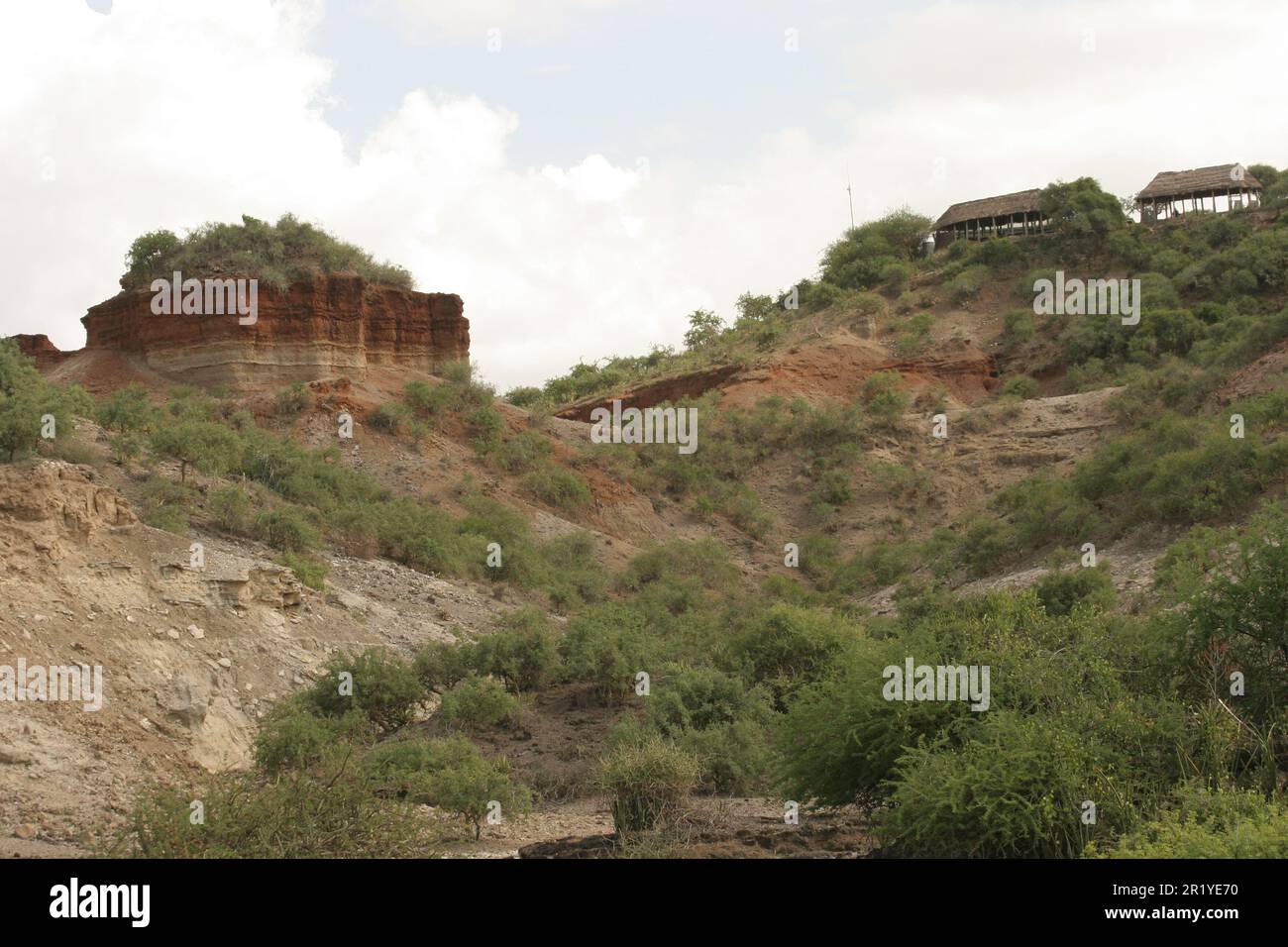 The Olduvai Gorge or Oldupai Gorge in Tanzania is one of the most important paleoanthropological localities in the world; the many sites exposed by th Stock Photohttps://www.alamy.com/image-license-details/?v=1https://www.alamy.com/the-olduvai-gorge-or-oldupai-gorge-in-tanzania-is-one-of-the-most-important-paleoanthropological-localities-in-the-world-the-many-sites-exposed-by-th-image551950308.html
The Olduvai Gorge or Oldupai Gorge in Tanzania is one of the most important paleoanthropological localities in the world; the many sites exposed by th Stock Photohttps://www.alamy.com/image-license-details/?v=1https://www.alamy.com/the-olduvai-gorge-or-oldupai-gorge-in-tanzania-is-one-of-the-most-important-paleoanthropological-localities-in-the-world-the-many-sites-exposed-by-th-image551950308.htmlRM2R1YE70–The Olduvai Gorge or Oldupai Gorge in Tanzania is one of the most important paleoanthropological localities in the world; the many sites exposed by th
 (151124) -- XI AN, Nov. 24, 2015 -- Photo taken on Nov. 24, 2015 shows stone balls collected near the the ruins of the Longgang Temple paleoanthropological site in Hanzhong City, north China s Shaanxi Province. Archeologists from Institute of Vertebrate Paleontology and Paleoanthropology of China Academy of Sciences and Shaanxi Archaeological Institute have found traces of human activities dating back to over one million years ago at the Longgang Temple Ruins. The discovery proves that the Hanshui Valley is also one of the origins of ancient Chinese civilization. The Longgang Temple Ruins was Stock Photohttps://www.alamy.com/image-license-details/?v=1https://www.alamy.com/151124-xi-an-nov-24-2015-photo-taken-on-nov-24-2015-shows-stone-balls-collected-near-the-the-ruins-of-the-longgang-temple-paleoanthropological-site-in-hanzhong-city-north-china-s-shaanxi-province-archeologists-from-institute-of-vertebrate-paleontology-and-paleoanthropology-of-china-academy-of-sciences-and-shaanxi-archaeological-institute-have-found-traces-of-human-activities-dating-back-to-over-one-million-years-ago-at-the-longgang-temple-ruins-the-discovery-proves-that-the-hanshui-valley-is-also-one-of-the-origins-of-ancient-chinese-civilization-the-longgang-temple-ruins-was-image563844234.html
(151124) -- XI AN, Nov. 24, 2015 -- Photo taken on Nov. 24, 2015 shows stone balls collected near the the ruins of the Longgang Temple paleoanthropological site in Hanzhong City, north China s Shaanxi Province. Archeologists from Institute of Vertebrate Paleontology and Paleoanthropology of China Academy of Sciences and Shaanxi Archaeological Institute have found traces of human activities dating back to over one million years ago at the Longgang Temple Ruins. The discovery proves that the Hanshui Valley is also one of the origins of ancient Chinese civilization. The Longgang Temple Ruins was Stock Photohttps://www.alamy.com/image-license-details/?v=1https://www.alamy.com/151124-xi-an-nov-24-2015-photo-taken-on-nov-24-2015-shows-stone-balls-collected-near-the-the-ruins-of-the-longgang-temple-paleoanthropological-site-in-hanzhong-city-north-china-s-shaanxi-province-archeologists-from-institute-of-vertebrate-paleontology-and-paleoanthropology-of-china-academy-of-sciences-and-shaanxi-archaeological-institute-have-found-traces-of-human-activities-dating-back-to-over-one-million-years-ago-at-the-longgang-temple-ruins-the-discovery-proves-that-the-hanshui-valley-is-also-one-of-the-origins-of-ancient-chinese-civilization-the-longgang-temple-ruins-was-image563844234.htmlRM2RN9922–(151124) -- XI AN, Nov. 24, 2015 -- Photo taken on Nov. 24, 2015 shows stone balls collected near the the ruins of the Longgang Temple paleoanthropological site in Hanzhong City, north China s Shaanxi Province. Archeologists from Institute of Vertebrate Paleontology and Paleoanthropology of China Academy of Sciences and Shaanxi Archaeological Institute have found traces of human activities dating back to over one million years ago at the Longgang Temple Ruins. The discovery proves that the Hanshui Valley is also one of the origins of ancient Chinese civilization. The Longgang Temple Ruins was
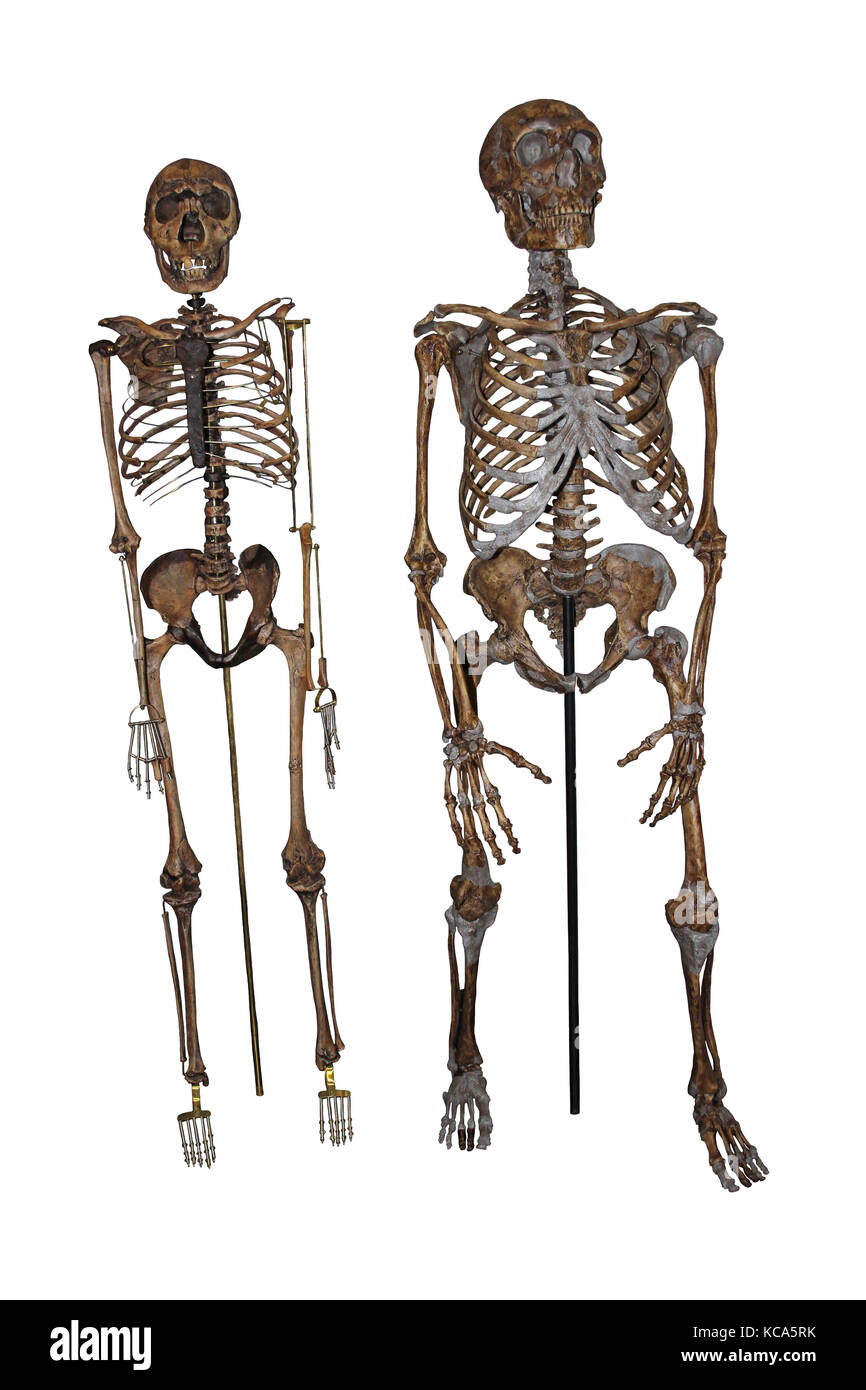 Nariokotome Boy vs Neanderthal Skeleton Stock Photohttps://www.alamy.com/image-license-details/?v=1https://www.alamy.com/stock-image-nariokotome-boy-vs-neanderthal-skeleton-162493287.html
Nariokotome Boy vs Neanderthal Skeleton Stock Photohttps://www.alamy.com/image-license-details/?v=1https://www.alamy.com/stock-image-nariokotome-boy-vs-neanderthal-skeleton-162493287.htmlRMKCA5RK–Nariokotome Boy vs Neanderthal Skeleton
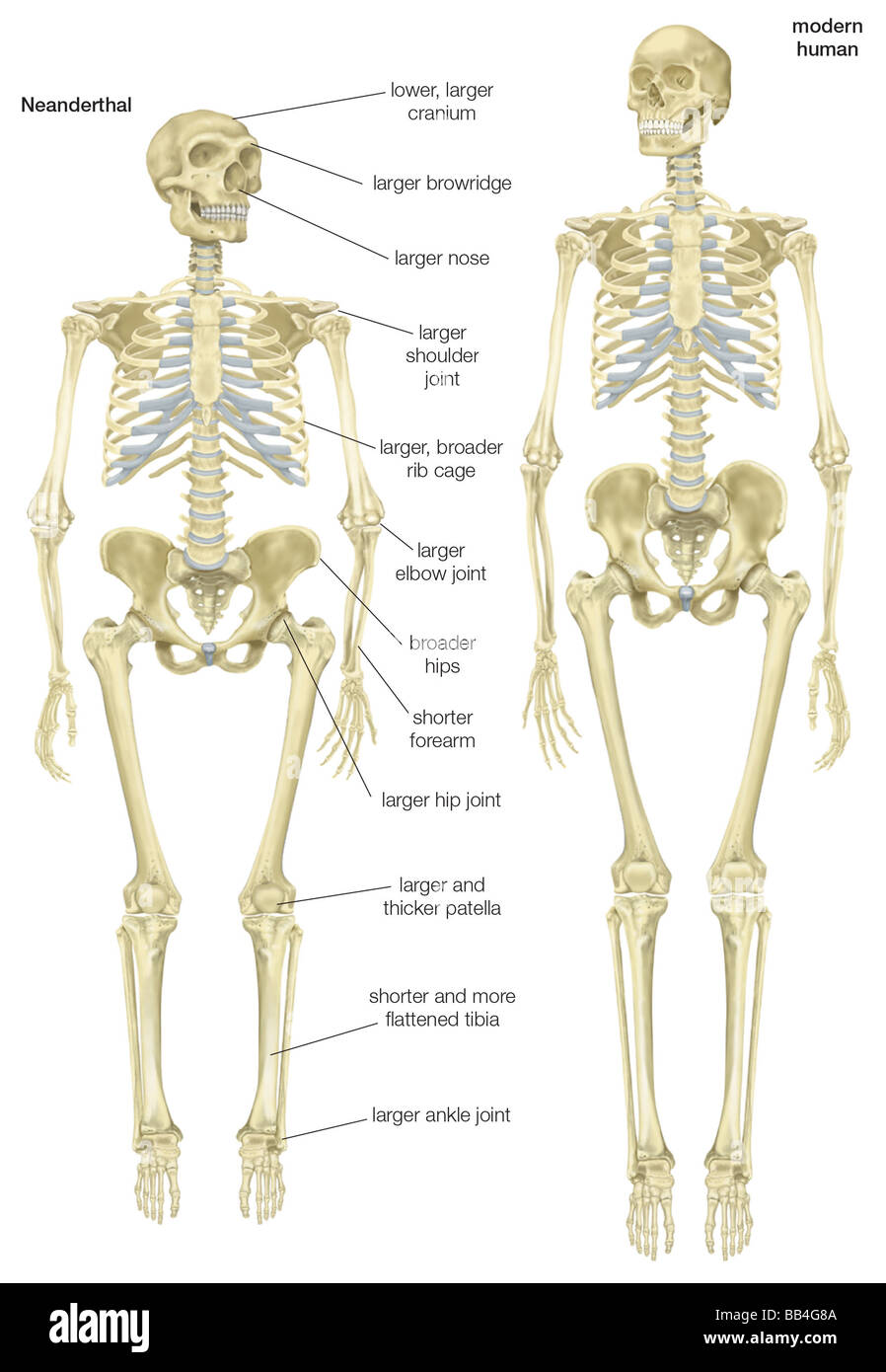 Skeleton of a Neanderthal (Homo neanderthalensis) compared with a skeleton of a modern human (Homo sapiens). Stock Photohttps://www.alamy.com/image-license-details/?v=1https://www.alamy.com/stock-photo-skeleton-of-a-neanderthal-homo-neanderthalensis-compared-with-a-skeleton-24072170.html
Skeleton of a Neanderthal (Homo neanderthalensis) compared with a skeleton of a modern human (Homo sapiens). Stock Photohttps://www.alamy.com/image-license-details/?v=1https://www.alamy.com/stock-photo-skeleton-of-a-neanderthal-homo-neanderthalensis-compared-with-a-skeleton-24072170.htmlRMBB4G8A–Skeleton of a Neanderthal (Homo neanderthalensis) compared with a skeleton of a modern human (Homo sapiens).
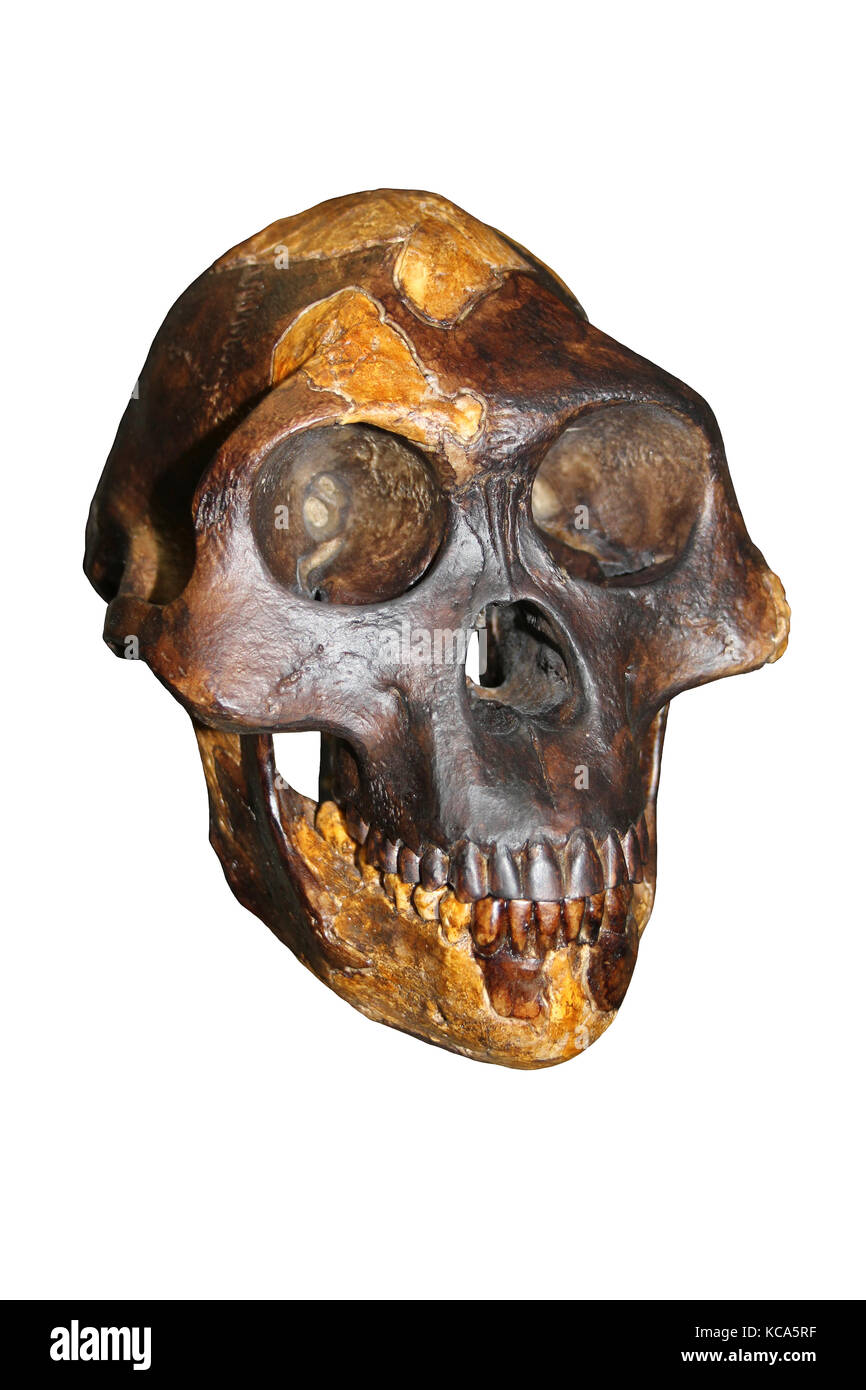 Lucy Australopithecus afarensis Skull Stock Photohttps://www.alamy.com/image-license-details/?v=1https://www.alamy.com/stock-image-lucy-australopithecus-afarensis-skull-162493283.html
Lucy Australopithecus afarensis Skull Stock Photohttps://www.alamy.com/image-license-details/?v=1https://www.alamy.com/stock-image-lucy-australopithecus-afarensis-skull-162493283.htmlRMKCA5RF–Lucy Australopithecus afarensis Skull
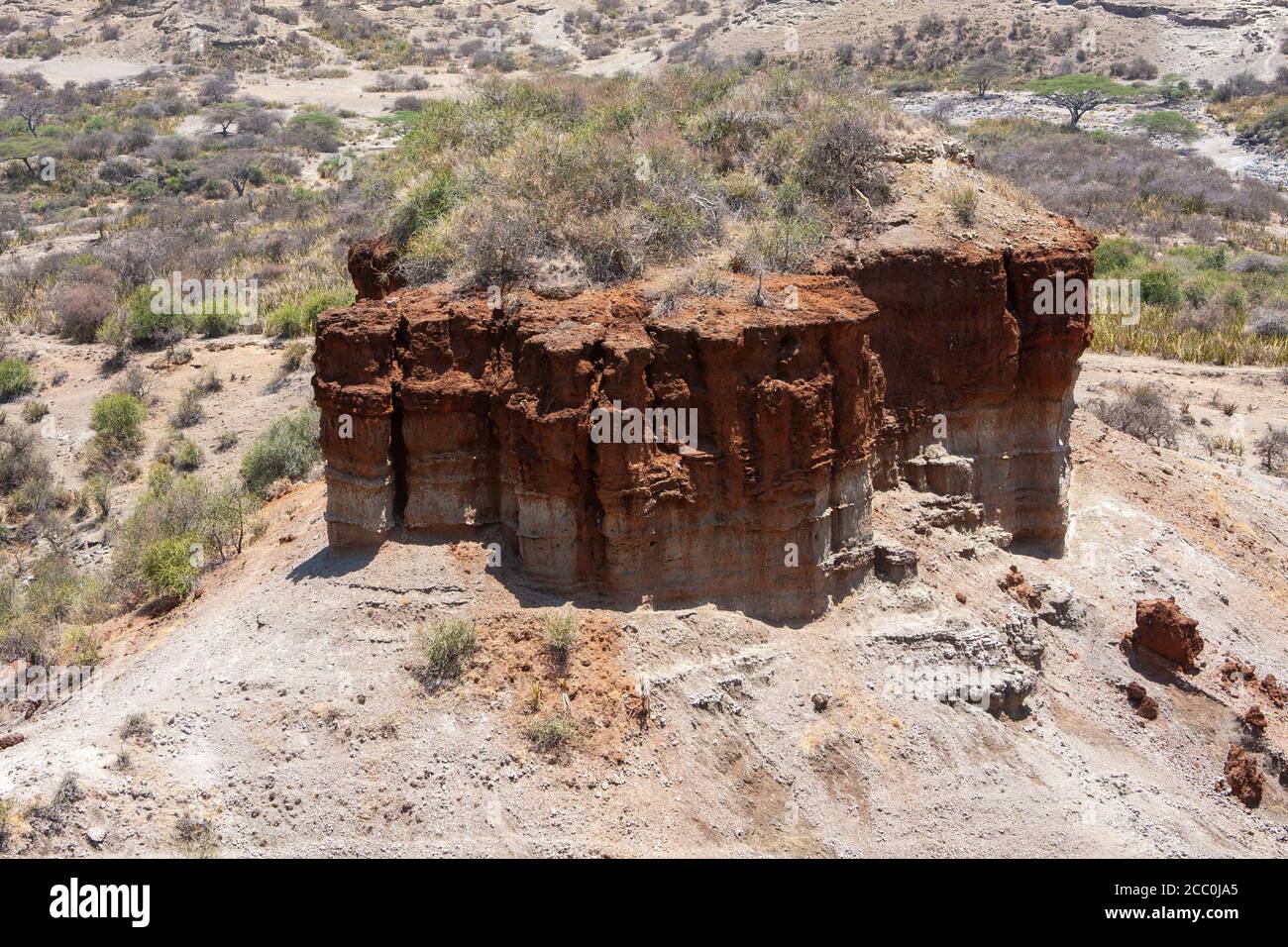 Olduvai Gorge Tanzania Stock Photohttps://www.alamy.com/image-license-details/?v=1https://www.alamy.com/olduvai-gorge-tanzania-image368807997.html
Olduvai Gorge Tanzania Stock Photohttps://www.alamy.com/image-license-details/?v=1https://www.alamy.com/olduvai-gorge-tanzania-image368807997.htmlRF2CC0JA5–Olduvai Gorge Tanzania
 Replica Homo habilis Skull KNM ER 1813 Stock Photohttps://www.alamy.com/image-license-details/?v=1https://www.alamy.com/replica-homo-habilis-skull-knm-er-1813-image158508966.html
Replica Homo habilis Skull KNM ER 1813 Stock Photohttps://www.alamy.com/image-license-details/?v=1https://www.alamy.com/replica-homo-habilis-skull-knm-er-1813-image158508966.htmlRMK5TKPE–Replica Homo habilis Skull KNM ER 1813
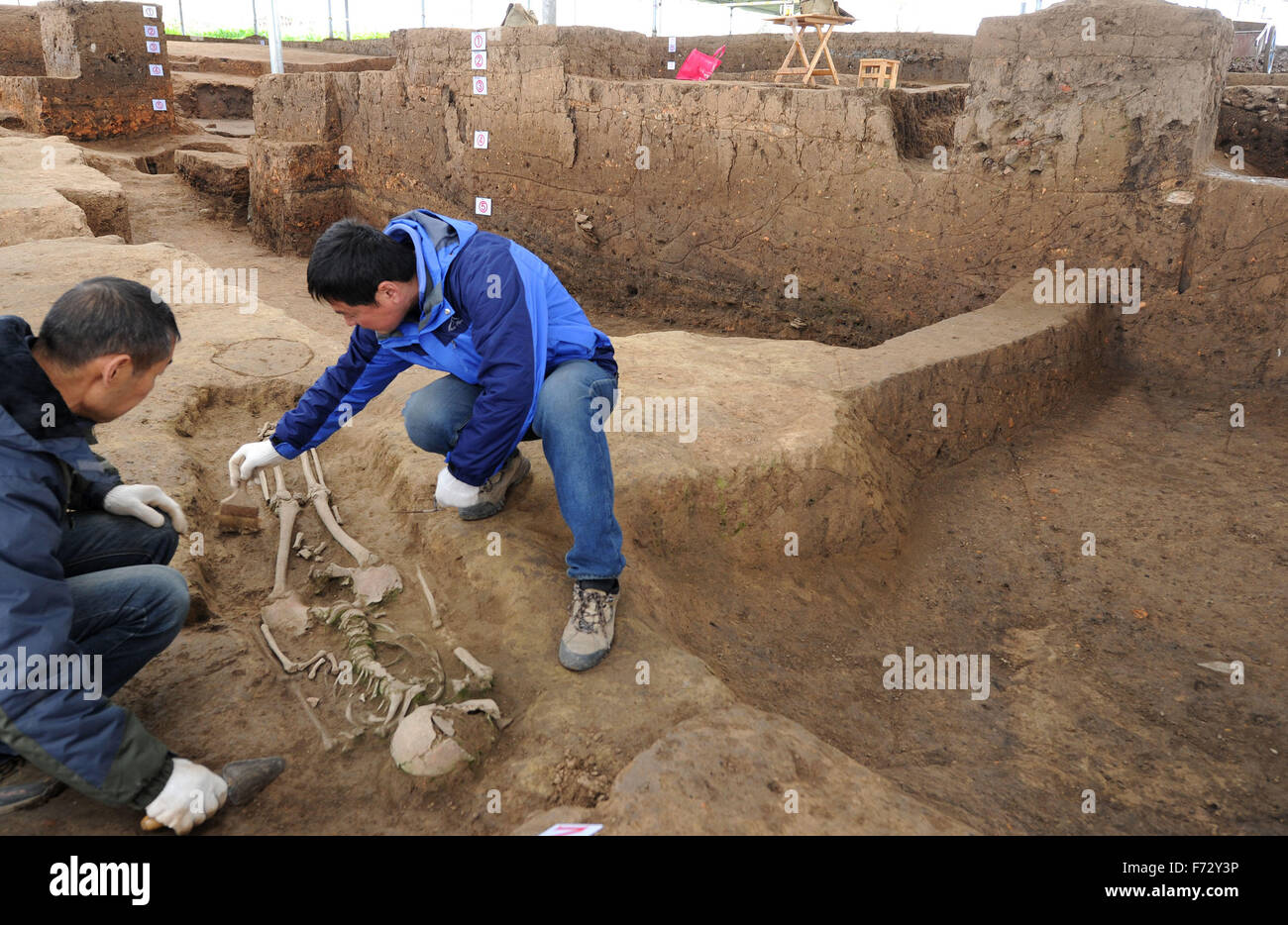 (151124) -- XI'AN, Nov. 24, 2015 (Xinhua) -- Archaeologists clear a tomb at the excavation site of the Neolithic site at the ruins of the Longgang Temple paleoanthropological site in Hanzhong City, north China's Shaanxi Province, Nov. 24, 2015. Archeologists from Institute of Vertebrate Paleontology and Paleoanthropology of China Academy of Sciences and Shaanxi Archaeological Institute have found traces of human activities dating back to over one million years ago at the Longgang Temple Ruins. The discovery proves that the Hanshui Valley is also one of the origins of ancient Chinese civilizati Stock Photohttps://www.alamy.com/image-license-details/?v=1https://www.alamy.com/stock-photo-151124-xian-nov-24-2015-xinhua-archaeologists-clear-a-tomb-at-the-90419610.html
(151124) -- XI'AN, Nov. 24, 2015 (Xinhua) -- Archaeologists clear a tomb at the excavation site of the Neolithic site at the ruins of the Longgang Temple paleoanthropological site in Hanzhong City, north China's Shaanxi Province, Nov. 24, 2015. Archeologists from Institute of Vertebrate Paleontology and Paleoanthropology of China Academy of Sciences and Shaanxi Archaeological Institute have found traces of human activities dating back to over one million years ago at the Longgang Temple Ruins. The discovery proves that the Hanshui Valley is also one of the origins of ancient Chinese civilizati Stock Photohttps://www.alamy.com/image-license-details/?v=1https://www.alamy.com/stock-photo-151124-xian-nov-24-2015-xinhua-archaeologists-clear-a-tomb-at-the-90419610.htmlRMF72Y3P–(151124) -- XI'AN, Nov. 24, 2015 (Xinhua) -- Archaeologists clear a tomb at the excavation site of the Neolithic site at the ruins of the Longgang Temple paleoanthropological site in Hanzhong City, north China's Shaanxi Province, Nov. 24, 2015. Archeologists from Institute of Vertebrate Paleontology and Paleoanthropology of China Academy of Sciences and Shaanxi Archaeological Institute have found traces of human activities dating back to over one million years ago at the Longgang Temple Ruins. The discovery proves that the Hanshui Valley is also one of the origins of ancient Chinese civilizati
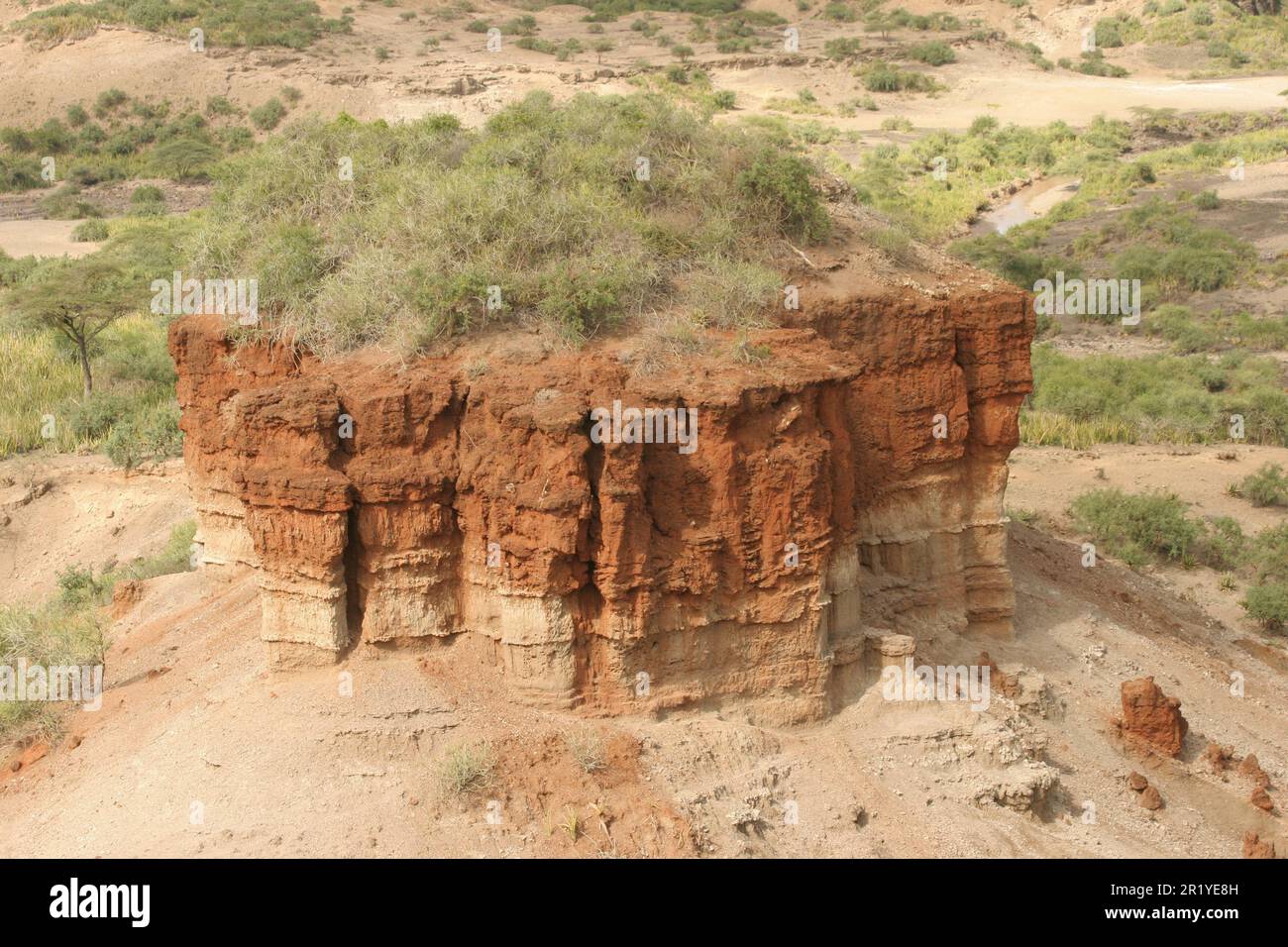 The Olduvai Gorge or Oldupai Gorge in Tanzania is one of the most important paleoanthropological localities in the world; the many sites exposed by th Stock Photohttps://www.alamy.com/image-license-details/?v=1https://www.alamy.com/the-olduvai-gorge-or-oldupai-gorge-in-tanzania-is-one-of-the-most-important-paleoanthropological-localities-in-the-world-the-many-sites-exposed-by-th-image551950353.html
The Olduvai Gorge or Oldupai Gorge in Tanzania is one of the most important paleoanthropological localities in the world; the many sites exposed by th Stock Photohttps://www.alamy.com/image-license-details/?v=1https://www.alamy.com/the-olduvai-gorge-or-oldupai-gorge-in-tanzania-is-one-of-the-most-important-paleoanthropological-localities-in-the-world-the-many-sites-exposed-by-th-image551950353.htmlRM2R1YE8H–The Olduvai Gorge or Oldupai Gorge in Tanzania is one of the most important paleoanthropological localities in the world; the many sites exposed by th
 (151124) -- XI AN, Nov. 24, 2015 -- Archaeologists clear a tomb at the excavation site of the Neolithic site at the ruins of the Longgang Temple paleoanthropological site in Hanzhong City, north China s Shaanxi Province, Nov. 24, 2015. Archeologists from Institute of Vertebrate Paleontology and Paleoanthropology of China Academy of Sciences and Shaanxi Archaeological Institute have found traces of human activities dating back to over one million years ago at the Longgang Temple Ruins. The discovery proves that the Hanshui Valley is also one of the origins of ancient Chinese civilization. The L Stock Photohttps://www.alamy.com/image-license-details/?v=1https://www.alamy.com/151124-xi-an-nov-24-2015-archaeologists-clear-a-tomb-at-the-excavation-site-of-the-neolithic-site-at-the-ruins-of-the-longgang-temple-paleoanthropological-site-in-hanzhong-city-north-china-s-shaanxi-province-nov-24-2015-archeologists-from-institute-of-vertebrate-paleontology-and-paleoanthropology-of-china-academy-of-sciences-and-shaanxi-archaeological-institute-have-found-traces-of-human-activities-dating-back-to-over-one-million-years-ago-at-the-longgang-temple-ruins-the-discovery-proves-that-the-hanshui-valley-is-also-one-of-the-origins-of-ancient-chinese-civilization-the-l-image563844239.html
(151124) -- XI AN, Nov. 24, 2015 -- Archaeologists clear a tomb at the excavation site of the Neolithic site at the ruins of the Longgang Temple paleoanthropological site in Hanzhong City, north China s Shaanxi Province, Nov. 24, 2015. Archeologists from Institute of Vertebrate Paleontology and Paleoanthropology of China Academy of Sciences and Shaanxi Archaeological Institute have found traces of human activities dating back to over one million years ago at the Longgang Temple Ruins. The discovery proves that the Hanshui Valley is also one of the origins of ancient Chinese civilization. The L Stock Photohttps://www.alamy.com/image-license-details/?v=1https://www.alamy.com/151124-xi-an-nov-24-2015-archaeologists-clear-a-tomb-at-the-excavation-site-of-the-neolithic-site-at-the-ruins-of-the-longgang-temple-paleoanthropological-site-in-hanzhong-city-north-china-s-shaanxi-province-nov-24-2015-archeologists-from-institute-of-vertebrate-paleontology-and-paleoanthropology-of-china-academy-of-sciences-and-shaanxi-archaeological-institute-have-found-traces-of-human-activities-dating-back-to-over-one-million-years-ago-at-the-longgang-temple-ruins-the-discovery-proves-that-the-hanshui-valley-is-also-one-of-the-origins-of-ancient-chinese-civilization-the-l-image563844239.htmlRM2RN9927–(151124) -- XI AN, Nov. 24, 2015 -- Archaeologists clear a tomb at the excavation site of the Neolithic site at the ruins of the Longgang Temple paleoanthropological site in Hanzhong City, north China s Shaanxi Province, Nov. 24, 2015. Archeologists from Institute of Vertebrate Paleontology and Paleoanthropology of China Academy of Sciences and Shaanxi Archaeological Institute have found traces of human activities dating back to over one million years ago at the Longgang Temple Ruins. The discovery proves that the Hanshui Valley is also one of the origins of ancient Chinese civilization. The L
 Hominin Skeletal reconstruction of Australopithecus afarensis (Lucy) A. afarensis was a bipedal human-like primate (hominid) that lived in Africa 3.9- Stock Photohttps://www.alamy.com/image-license-details/?v=1https://www.alamy.com/hominin-skeletal-reconstruction-of-australopithecus-afarensis-lucy-a-afarensis-was-a-bipedal-human-like-primate-hominid-that-lived-in-africa-39-image332763232.html
Hominin Skeletal reconstruction of Australopithecus afarensis (Lucy) A. afarensis was a bipedal human-like primate (hominid) that lived in Africa 3.9- Stock Photohttps://www.alamy.com/image-license-details/?v=1https://www.alamy.com/hominin-skeletal-reconstruction-of-australopithecus-afarensis-lucy-a-afarensis-was-a-bipedal-human-like-primate-hominid-that-lived-in-africa-39-image332763232.htmlRM2A9AJW4–Hominin Skeletal reconstruction of Australopithecus afarensis (Lucy) A. afarensis was a bipedal human-like primate (hominid) that lived in Africa 3.9-
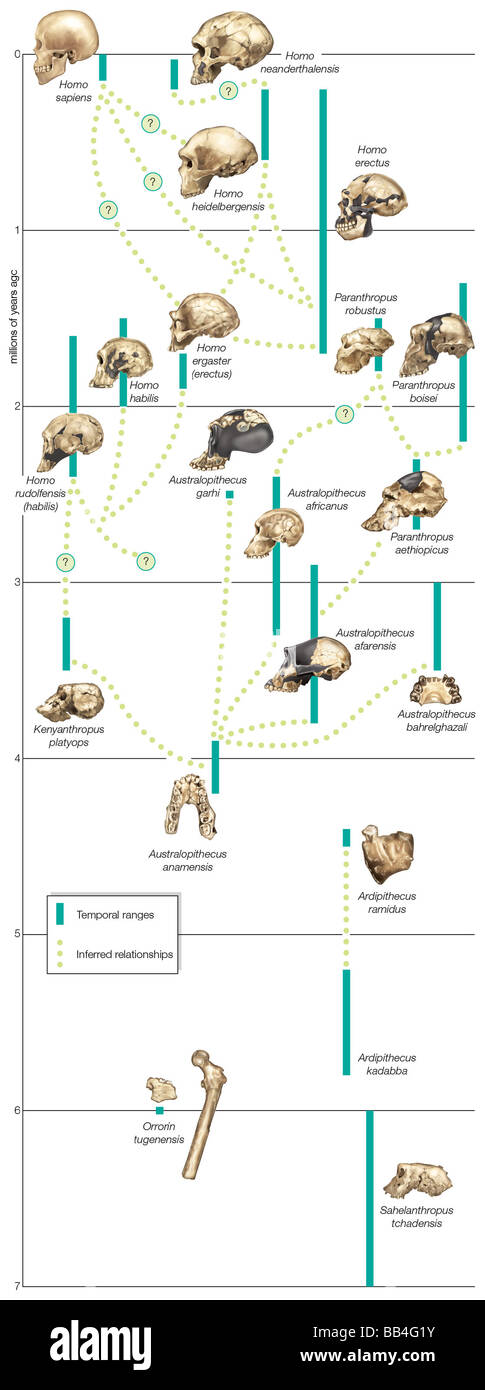 Possible pathways in the evolution of hominins. Solid lines show temporal ranges and dotted lines show inferred relationships. Stock Photohttps://www.alamy.com/image-license-details/?v=1https://www.alamy.com/stock-photo-possible-pathways-in-the-evolution-of-hominins-solid-lines-show-temporal-24071991.html
Possible pathways in the evolution of hominins. Solid lines show temporal ranges and dotted lines show inferred relationships. Stock Photohttps://www.alamy.com/image-license-details/?v=1https://www.alamy.com/stock-photo-possible-pathways-in-the-evolution-of-hominins-solid-lines-show-temporal-24071991.htmlRMBB4G1Y–Possible pathways in the evolution of hominins. Solid lines show temporal ranges and dotted lines show inferred relationships.
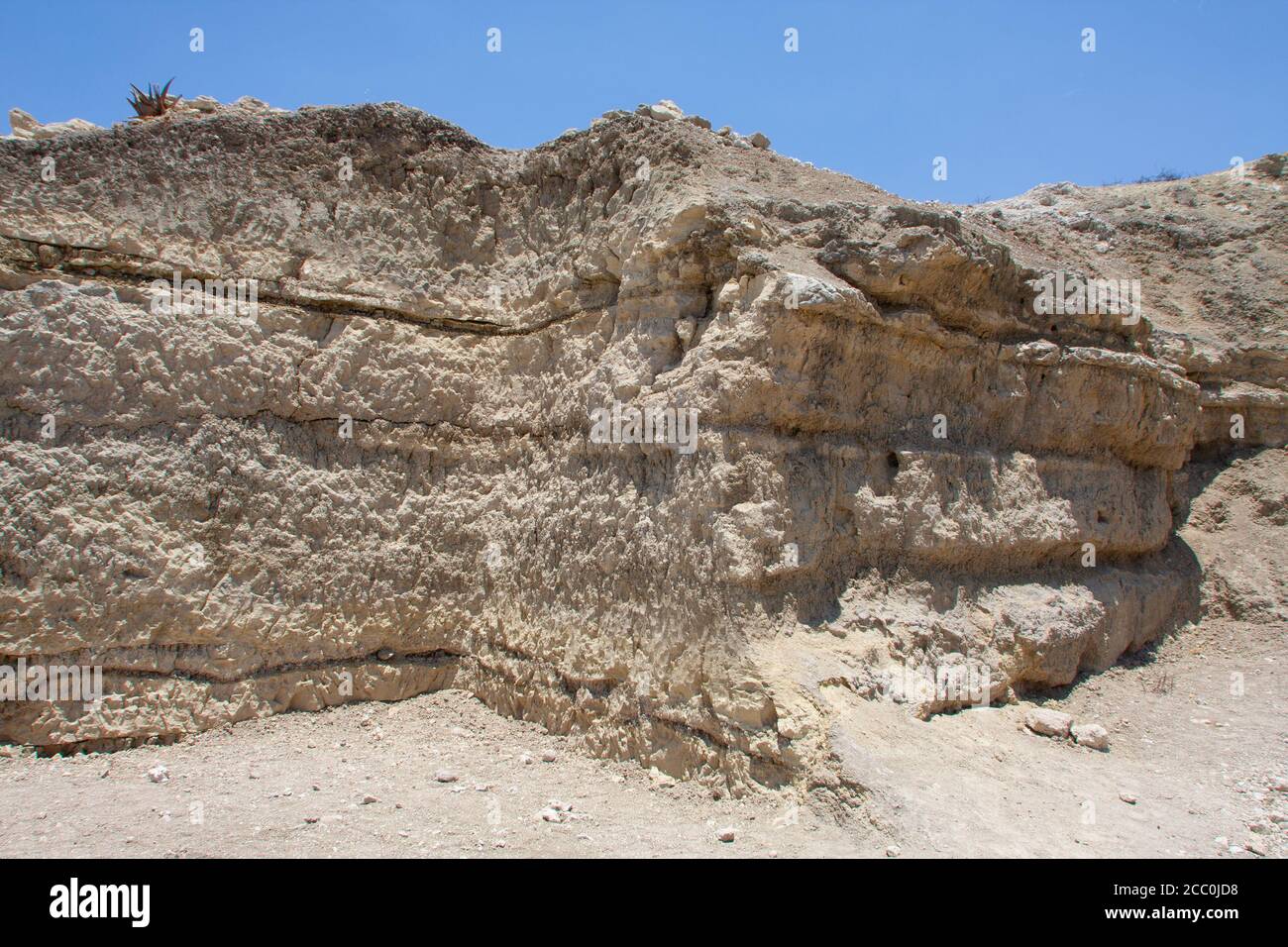 Olduvai Gorge Tanzania Stock Photohttps://www.alamy.com/image-license-details/?v=1https://www.alamy.com/olduvai-gorge-tanzania-image368808084.html
Olduvai Gorge Tanzania Stock Photohttps://www.alamy.com/image-license-details/?v=1https://www.alamy.com/olduvai-gorge-tanzania-image368808084.htmlRF2CC0JD8–Olduvai Gorge Tanzania
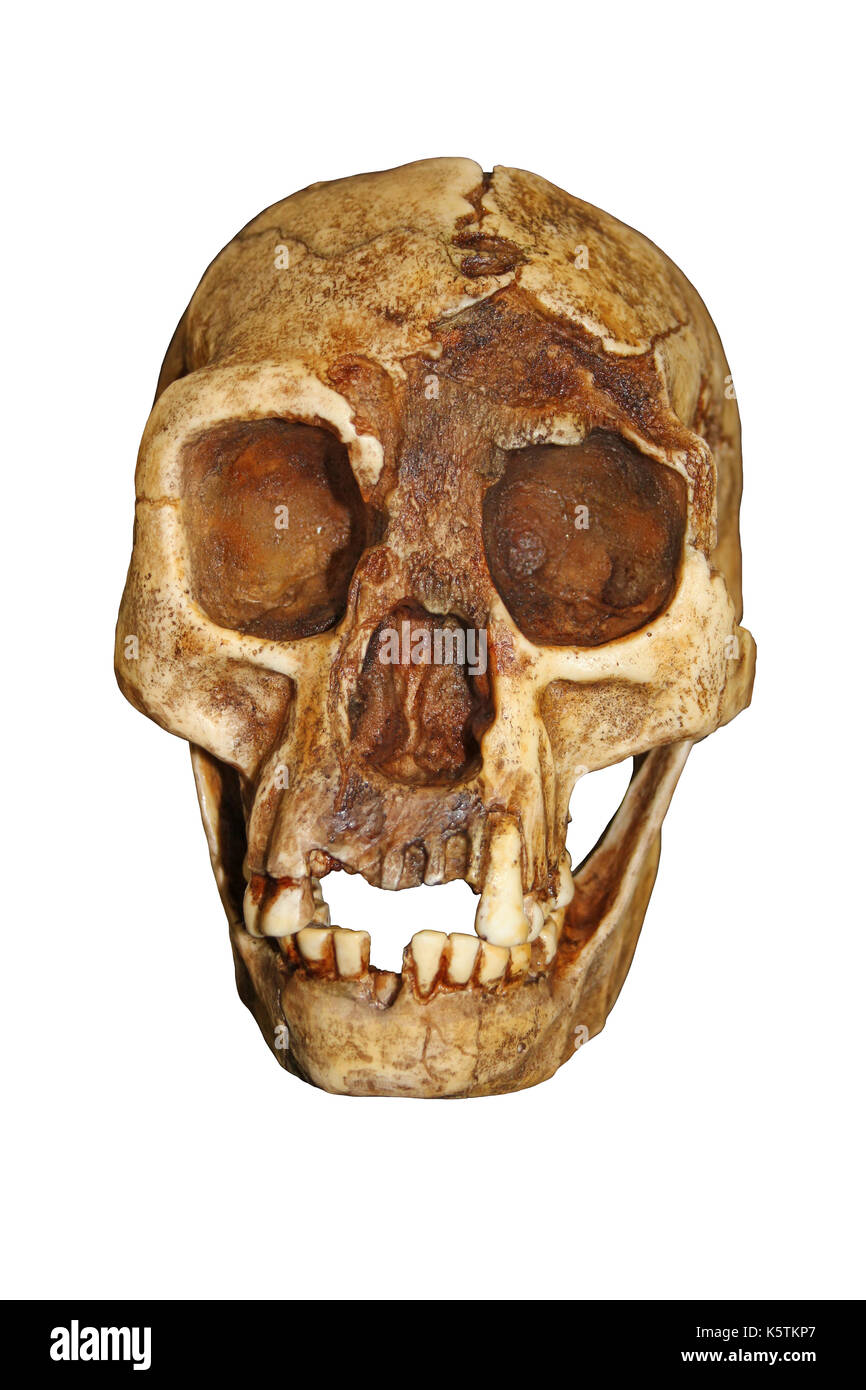 'The Hobbit' Homo floresiensis Stock Photohttps://www.alamy.com/image-license-details/?v=1https://www.alamy.com/the-hobbit-homo-floresiensis-image158508959.html
'The Hobbit' Homo floresiensis Stock Photohttps://www.alamy.com/image-license-details/?v=1https://www.alamy.com/the-hobbit-homo-floresiensis-image158508959.htmlRMK5TKP7–'The Hobbit' Homo floresiensis
 (151124) -- XI'AN, Nov. 24, 2015 (Xinhua) -- Researcher Wang Shejiang from Institute of Vertebrate Paleontology and Paleoanthropology of China Academy of Sciences introduces newly-unearthed stone samples at the excavation site of the Paleolithic site at the ruins of the Longgang Temple paleoanthropological site in Hanzhong City, north China's Shaanxi Province, Nov. 24, 2015. Archeologists from Institute of Vertebrate Paleontology and Paleoanthropology of China Academy of Sciences and Shaanxi Archaeological Institute have found traces of human activities dating back to over one million years ag Stock Photohttps://www.alamy.com/image-license-details/?v=1https://www.alamy.com/stock-photo-151124-xian-nov-24-2015-xinhua-researcher-wang-shejiang-from-institute-90419604.html
(151124) -- XI'AN, Nov. 24, 2015 (Xinhua) -- Researcher Wang Shejiang from Institute of Vertebrate Paleontology and Paleoanthropology of China Academy of Sciences introduces newly-unearthed stone samples at the excavation site of the Paleolithic site at the ruins of the Longgang Temple paleoanthropological site in Hanzhong City, north China's Shaanxi Province, Nov. 24, 2015. Archeologists from Institute of Vertebrate Paleontology and Paleoanthropology of China Academy of Sciences and Shaanxi Archaeological Institute have found traces of human activities dating back to over one million years ag Stock Photohttps://www.alamy.com/image-license-details/?v=1https://www.alamy.com/stock-photo-151124-xian-nov-24-2015-xinhua-researcher-wang-shejiang-from-institute-90419604.htmlRMF72Y3G–(151124) -- XI'AN, Nov. 24, 2015 (Xinhua) -- Researcher Wang Shejiang from Institute of Vertebrate Paleontology and Paleoanthropology of China Academy of Sciences introduces newly-unearthed stone samples at the excavation site of the Paleolithic site at the ruins of the Longgang Temple paleoanthropological site in Hanzhong City, north China's Shaanxi Province, Nov. 24, 2015. Archeologists from Institute of Vertebrate Paleontology and Paleoanthropology of China Academy of Sciences and Shaanxi Archaeological Institute have found traces of human activities dating back to over one million years ag
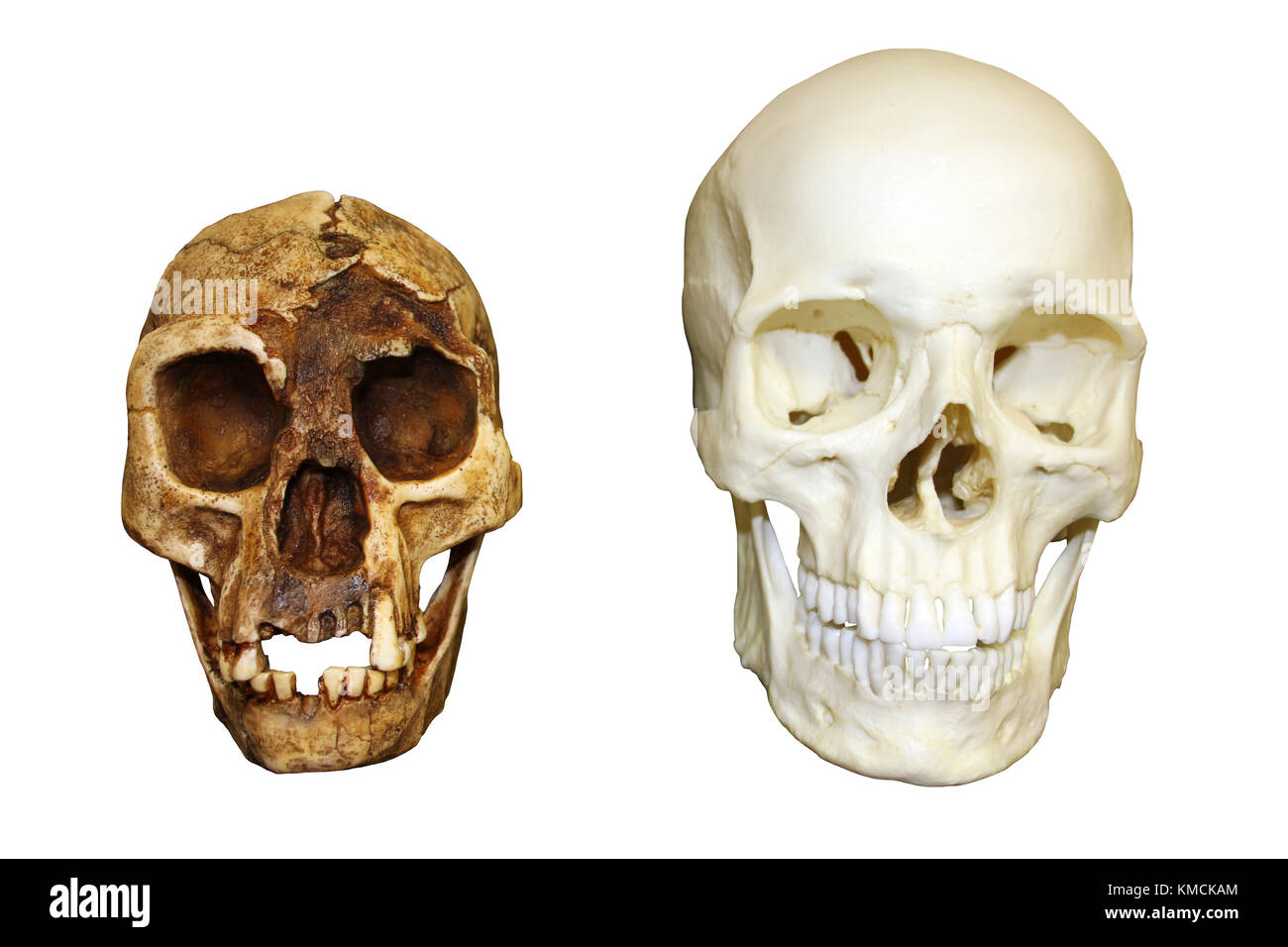 'The Hobbit' Homo floresiensis vs Homo sapiens Skull Stock Photohttps://www.alamy.com/image-license-details/?v=1https://www.alamy.com/stock-image-the-hobbit-homo-floresiensis-vs-homo-sapiens-skull-167465052.html
'The Hobbit' Homo floresiensis vs Homo sapiens Skull Stock Photohttps://www.alamy.com/image-license-details/?v=1https://www.alamy.com/stock-image-the-hobbit-homo-floresiensis-vs-homo-sapiens-skull-167465052.htmlRMKMCKAM–'The Hobbit' Homo floresiensis vs Homo sapiens Skull
 (151124) -- XI AN, Nov. 24, 2015 -- Photo taken on Nov. 24, 2015 shows the excavation site of the Neolithic site at the ruins of the Longgang Temple paleoanthropological site in Hanzhong City, north China s Shaanxi Province. Archeologists from Institute of Vertebrate Paleontology and Paleoanthropology of China Academy of Sciences and Shaanxi Archaeological Institute have found traces of human activities dating back to over one million years ago at the Longgang Temple Ruins. The discovery proves that the Hanshui Valley is also one of the origins of ancient Chinese civilization. The Longgang Tem Stock Photohttps://www.alamy.com/image-license-details/?v=1https://www.alamy.com/151124-xi-an-nov-24-2015-photo-taken-on-nov-24-2015-shows-the-excavation-site-of-the-neolithic-site-at-the-ruins-of-the-longgang-temple-paleoanthropological-site-in-hanzhong-city-north-china-s-shaanxi-province-archeologists-from-institute-of-vertebrate-paleontology-and-paleoanthropology-of-china-academy-of-sciences-and-shaanxi-archaeological-institute-have-found-traces-of-human-activities-dating-back-to-over-one-million-years-ago-at-the-longgang-temple-ruins-the-discovery-proves-that-the-hanshui-valley-is-also-one-of-the-origins-of-ancient-chinese-civilization-the-longgang-tem-image563844316.html
(151124) -- XI AN, Nov. 24, 2015 -- Photo taken on Nov. 24, 2015 shows the excavation site of the Neolithic site at the ruins of the Longgang Temple paleoanthropological site in Hanzhong City, north China s Shaanxi Province. Archeologists from Institute of Vertebrate Paleontology and Paleoanthropology of China Academy of Sciences and Shaanxi Archaeological Institute have found traces of human activities dating back to over one million years ago at the Longgang Temple Ruins. The discovery proves that the Hanshui Valley is also one of the origins of ancient Chinese civilization. The Longgang Tem Stock Photohttps://www.alamy.com/image-license-details/?v=1https://www.alamy.com/151124-xi-an-nov-24-2015-photo-taken-on-nov-24-2015-shows-the-excavation-site-of-the-neolithic-site-at-the-ruins-of-the-longgang-temple-paleoanthropological-site-in-hanzhong-city-north-china-s-shaanxi-province-archeologists-from-institute-of-vertebrate-paleontology-and-paleoanthropology-of-china-academy-of-sciences-and-shaanxi-archaeological-institute-have-found-traces-of-human-activities-dating-back-to-over-one-million-years-ago-at-the-longgang-temple-ruins-the-discovery-proves-that-the-hanshui-valley-is-also-one-of-the-origins-of-ancient-chinese-civilization-the-longgang-tem-image563844316.htmlRM2RN9950–(151124) -- XI AN, Nov. 24, 2015 -- Photo taken on Nov. 24, 2015 shows the excavation site of the Neolithic site at the ruins of the Longgang Temple paleoanthropological site in Hanzhong City, north China s Shaanxi Province. Archeologists from Institute of Vertebrate Paleontology and Paleoanthropology of China Academy of Sciences and Shaanxi Archaeological Institute have found traces of human activities dating back to over one million years ago at the Longgang Temple Ruins. The discovery proves that the Hanshui Valley is also one of the origins of ancient Chinese civilization. The Longgang Tem
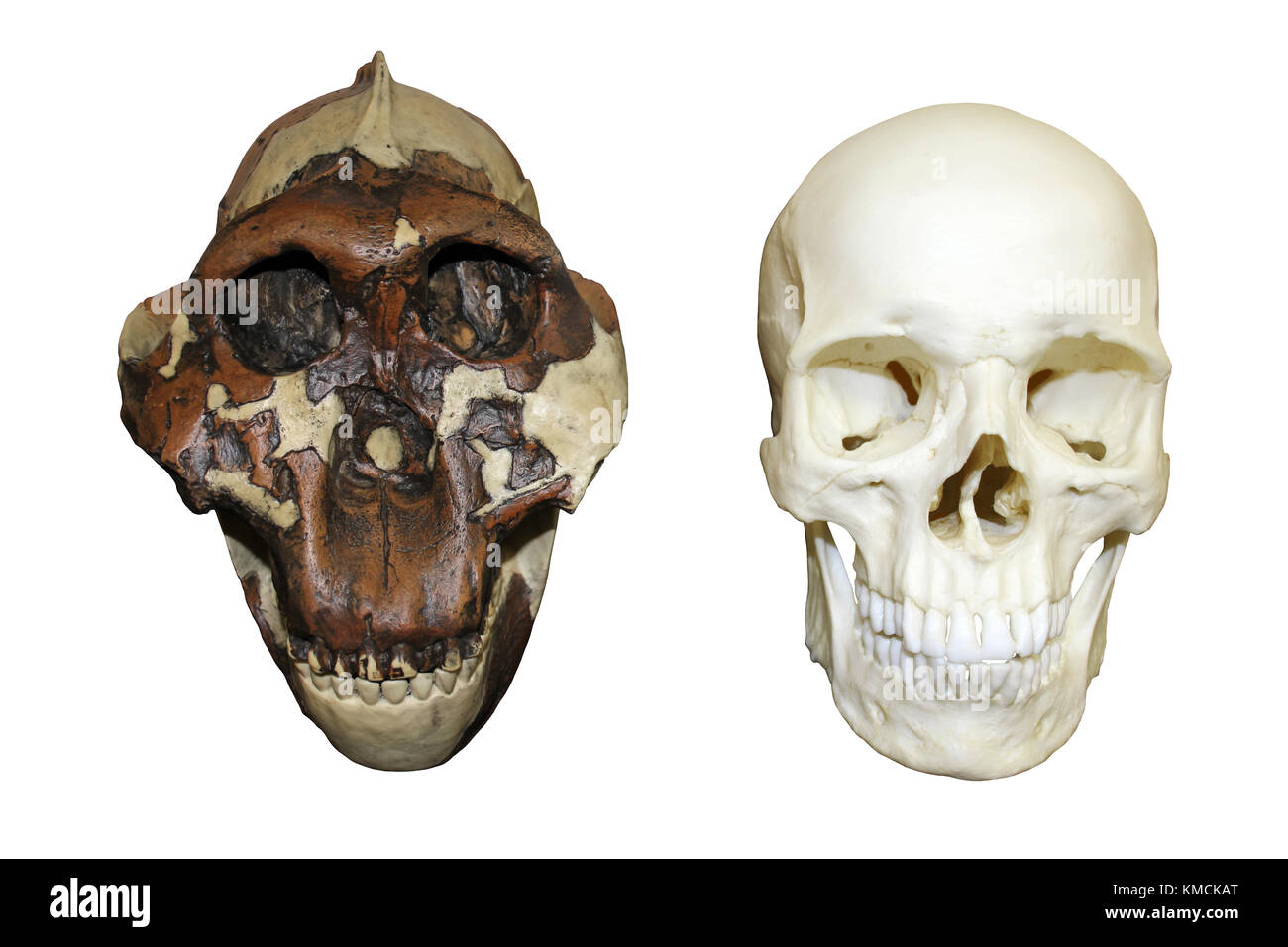 Nutcracker Man Australopithecus boisei vs Homo sapiens Skull Stock Photohttps://www.alamy.com/image-license-details/?v=1https://www.alamy.com/stock-image-nutcracker-man-australopithecus-boisei-vs-homo-sapiens-skull-167465056.html
Nutcracker Man Australopithecus boisei vs Homo sapiens Skull Stock Photohttps://www.alamy.com/image-license-details/?v=1https://www.alamy.com/stock-image-nutcracker-man-australopithecus-boisei-vs-homo-sapiens-skull-167465056.htmlRMKMCKAT–Nutcracker Man Australopithecus boisei vs Homo sapiens Skull
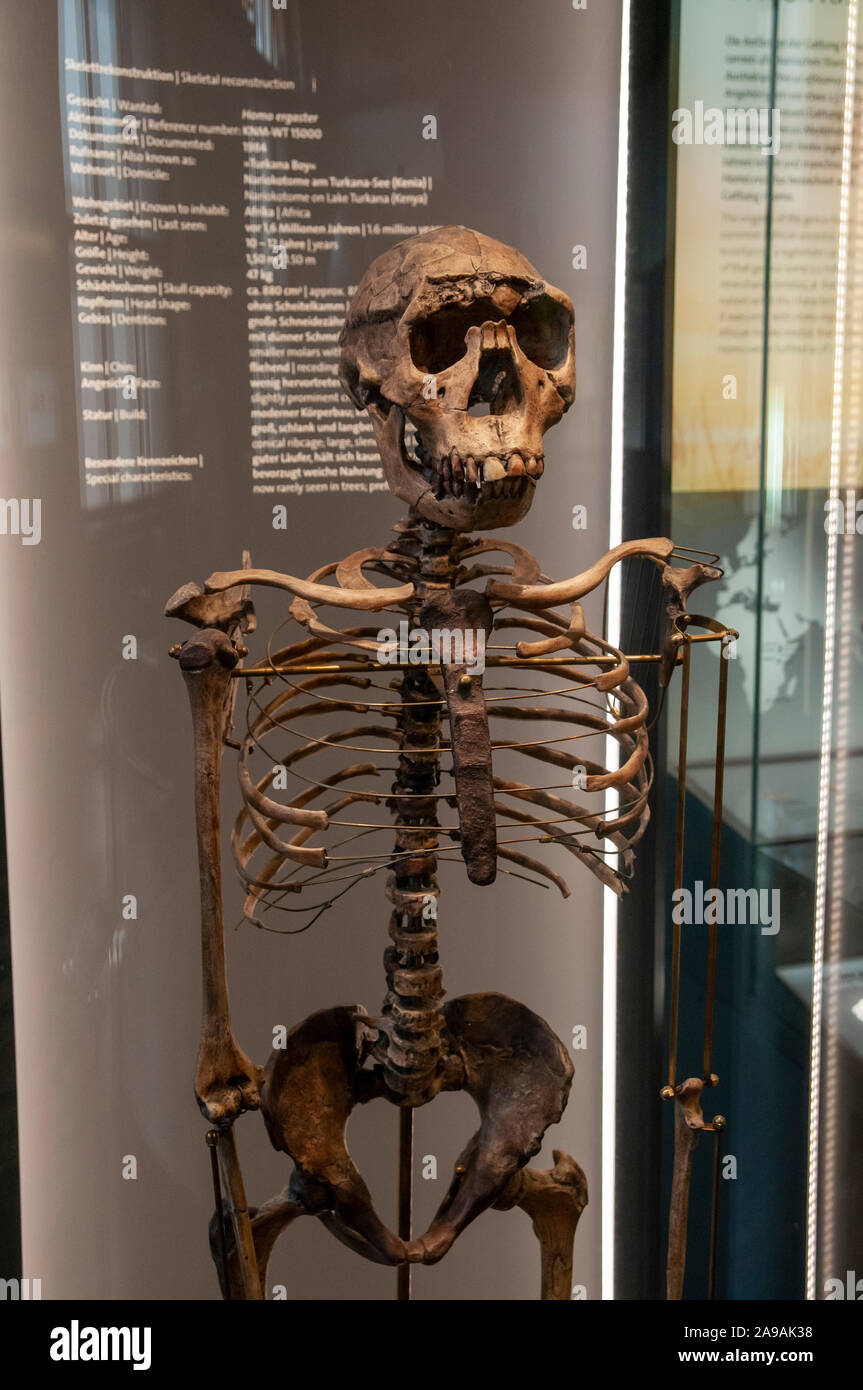 Humanoid Skeletal reconstruction of Homo ergaster, also Homo erectus ergaster or African Homo erectus is an extinct chronospecies of the genus Homo th Stock Photohttps://www.alamy.com/image-license-details/?v=1https://www.alamy.com/humanoid-skeletal-reconstruction-of-homo-ergaster-also-homo-erectus-ergaster-or-african-homo-erectus-is-an-extinct-chronospecies-of-the-genus-homo-th-image332763404.html
Humanoid Skeletal reconstruction of Homo ergaster, also Homo erectus ergaster or African Homo erectus is an extinct chronospecies of the genus Homo th Stock Photohttps://www.alamy.com/image-license-details/?v=1https://www.alamy.com/humanoid-skeletal-reconstruction-of-homo-ergaster-also-homo-erectus-ergaster-or-african-homo-erectus-is-an-extinct-chronospecies-of-the-genus-homo-th-image332763404.htmlRM2A9AK38–Humanoid Skeletal reconstruction of Homo ergaster, also Homo erectus ergaster or African Homo erectus is an extinct chronospecies of the genus Homo th
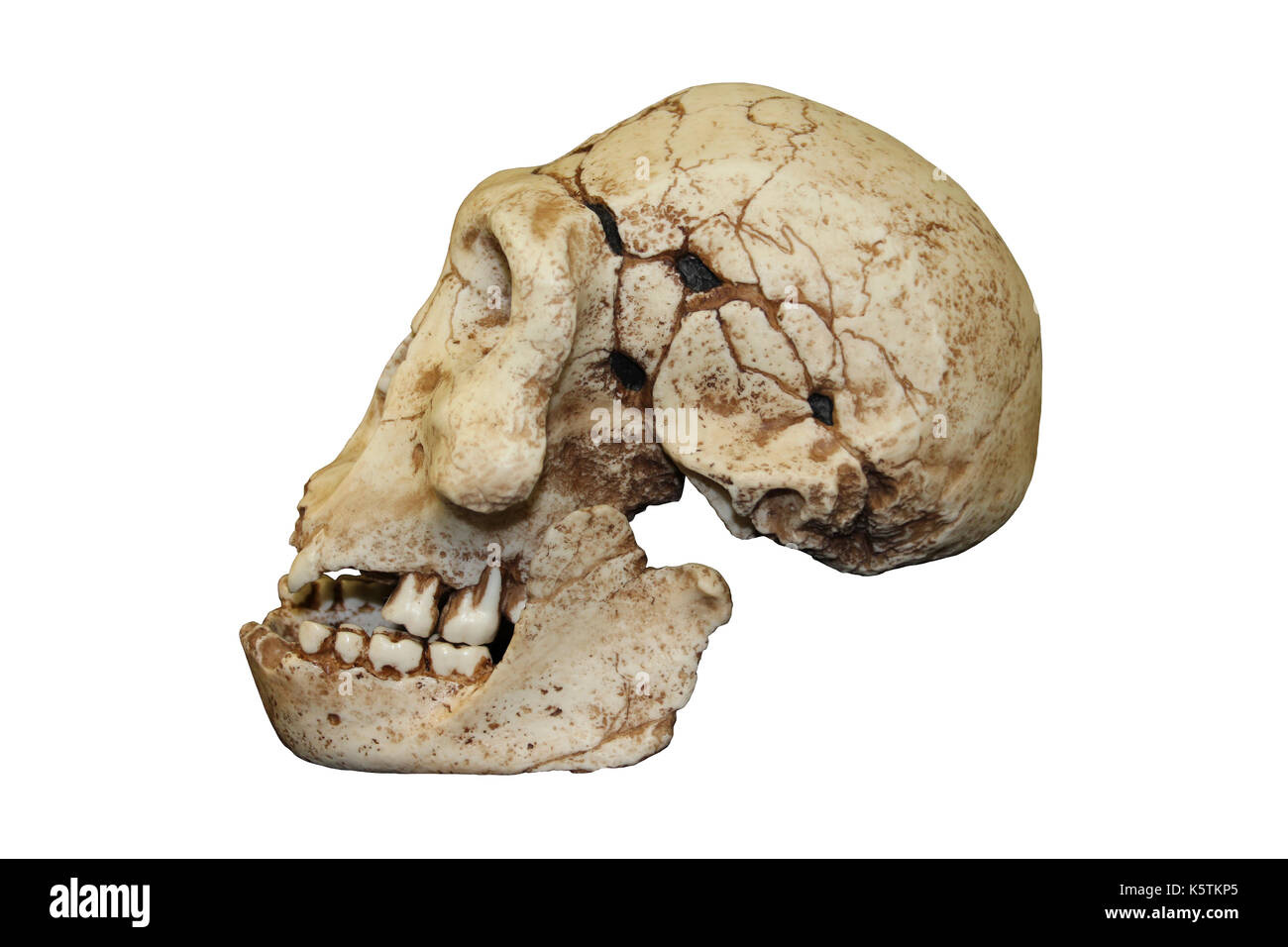 Dmanisi Homo erectus Skull Stock Photohttps://www.alamy.com/image-license-details/?v=1https://www.alamy.com/dmanisi-homo-erectus-skull-image158508957.html
Dmanisi Homo erectus Skull Stock Photohttps://www.alamy.com/image-license-details/?v=1https://www.alamy.com/dmanisi-homo-erectus-skull-image158508957.htmlRMK5TKP5–Dmanisi Homo erectus Skull
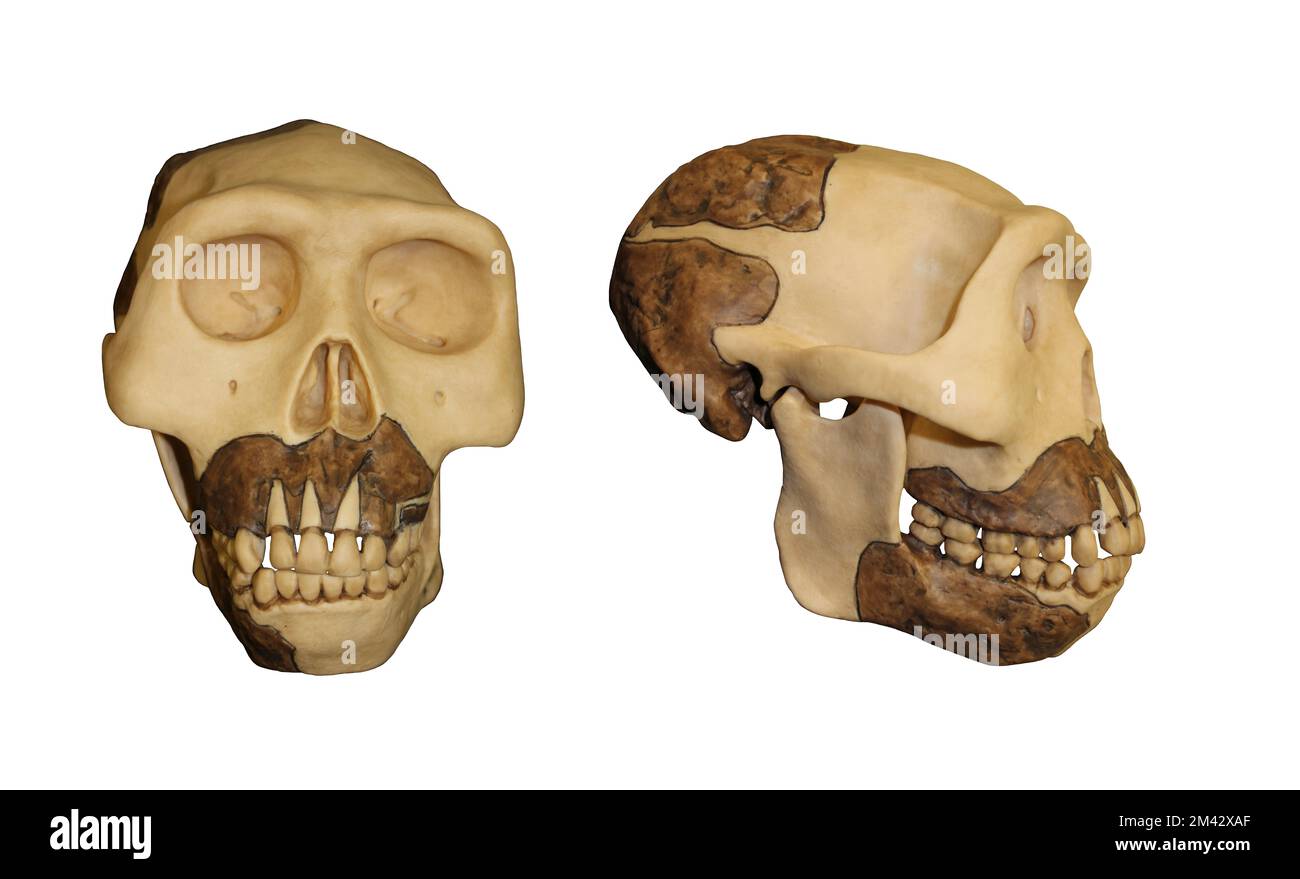 Java Man Homo erectus Front Side Comparison Stock Photohttps://www.alamy.com/image-license-details/?v=1https://www.alamy.com/java-man-homo-erectus-front-side-comparison-image501623879.html
Java Man Homo erectus Front Side Comparison Stock Photohttps://www.alamy.com/image-license-details/?v=1https://www.alamy.com/java-man-homo-erectus-front-side-comparison-image501623879.htmlRM2M42XAF–Java Man Homo erectus Front Side Comparison

